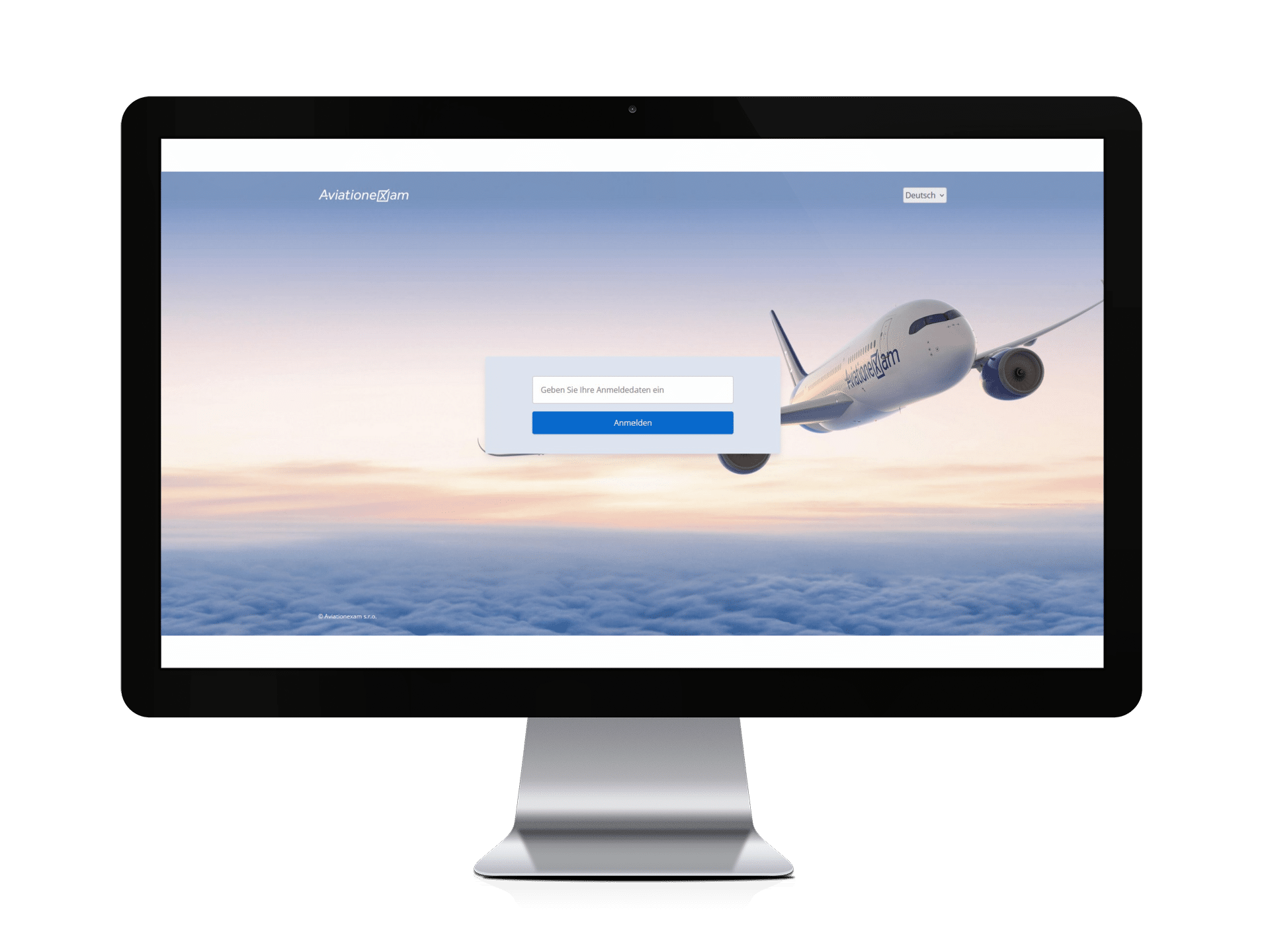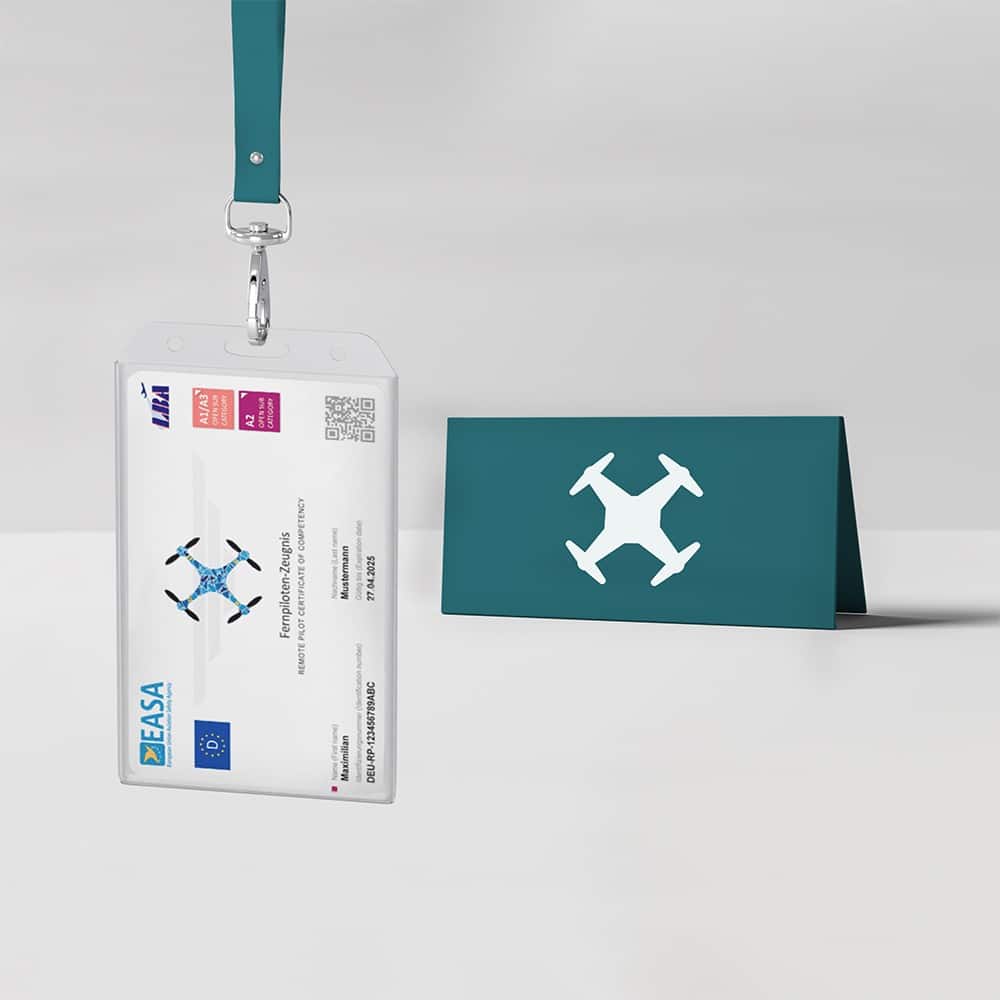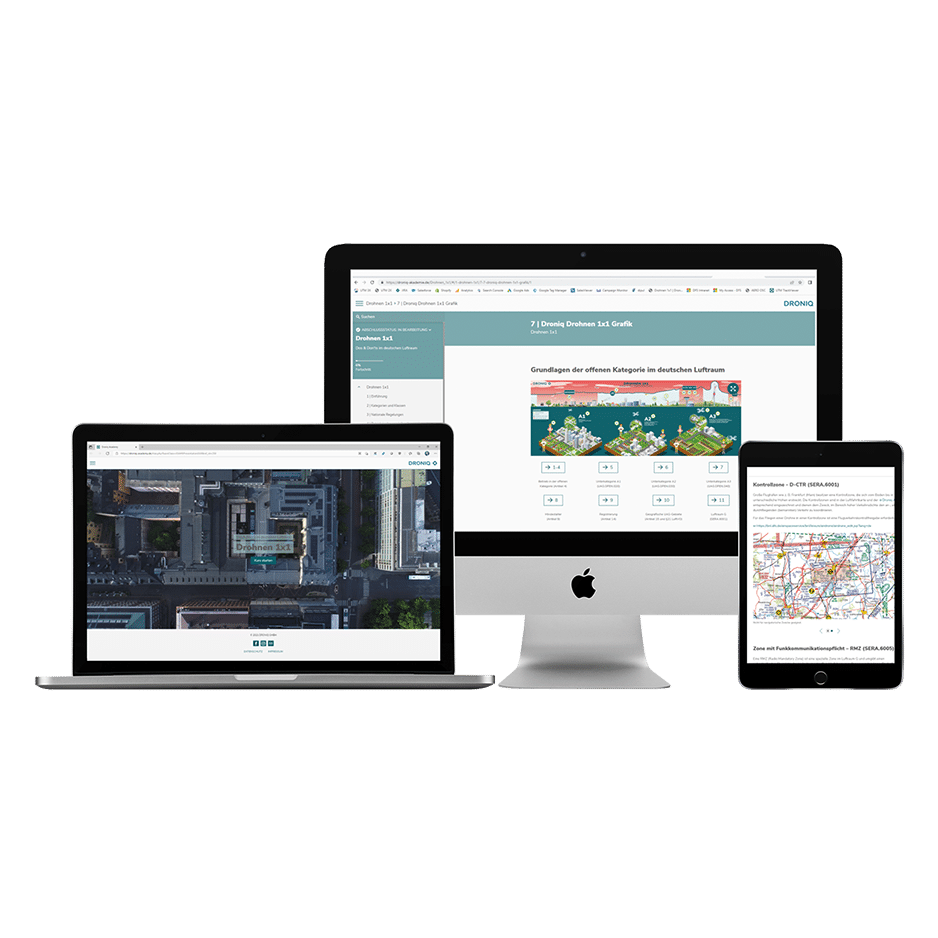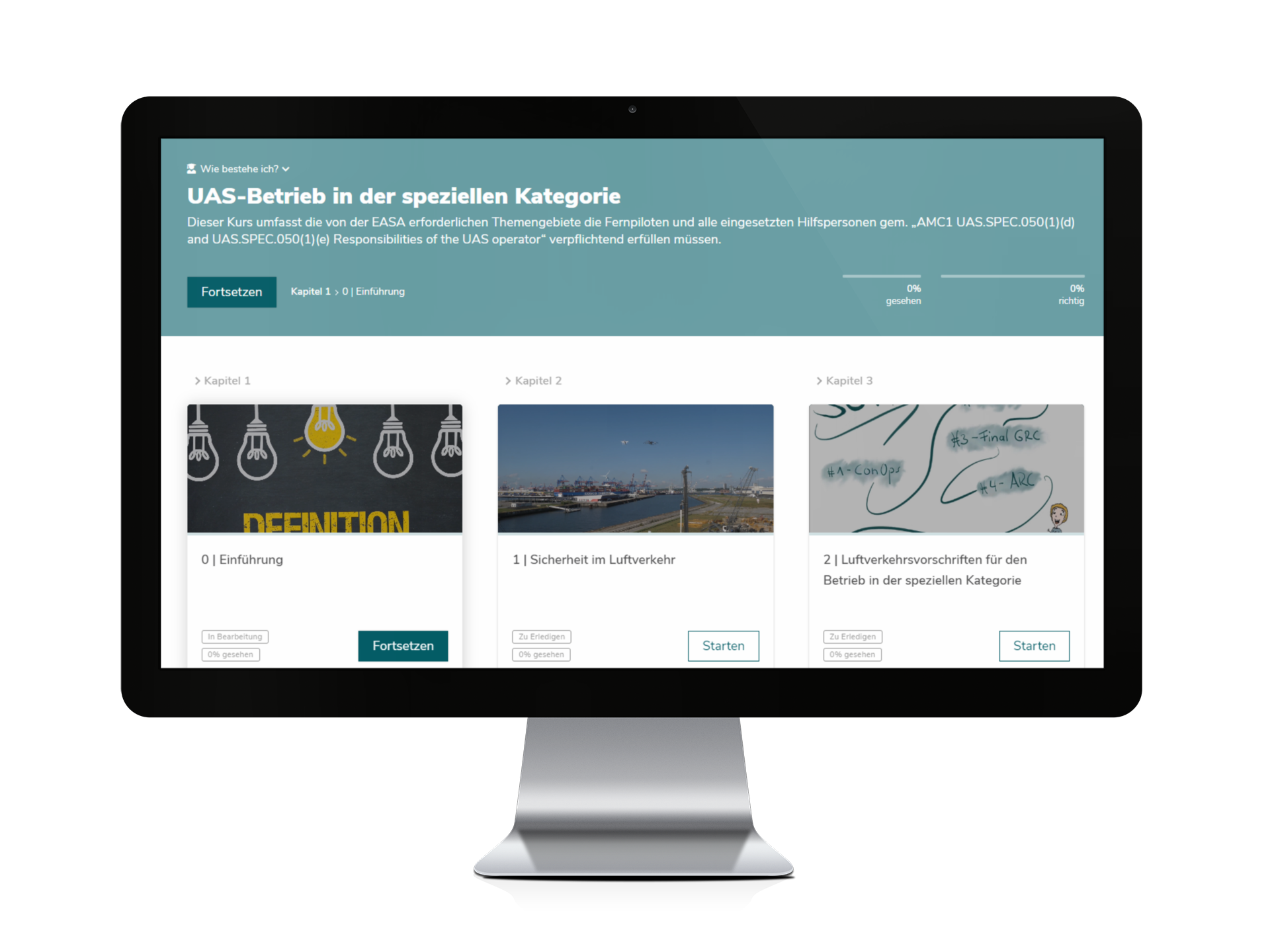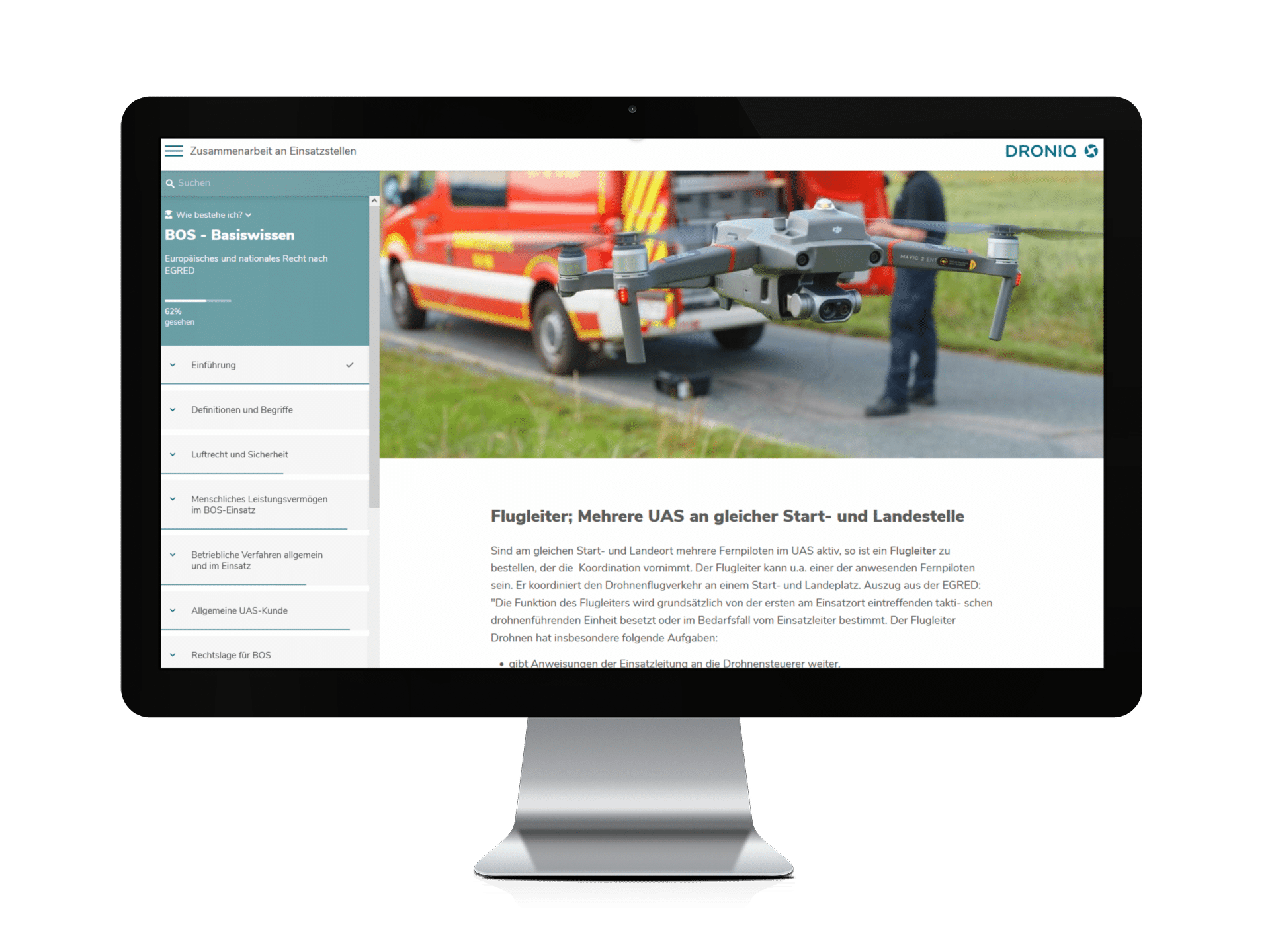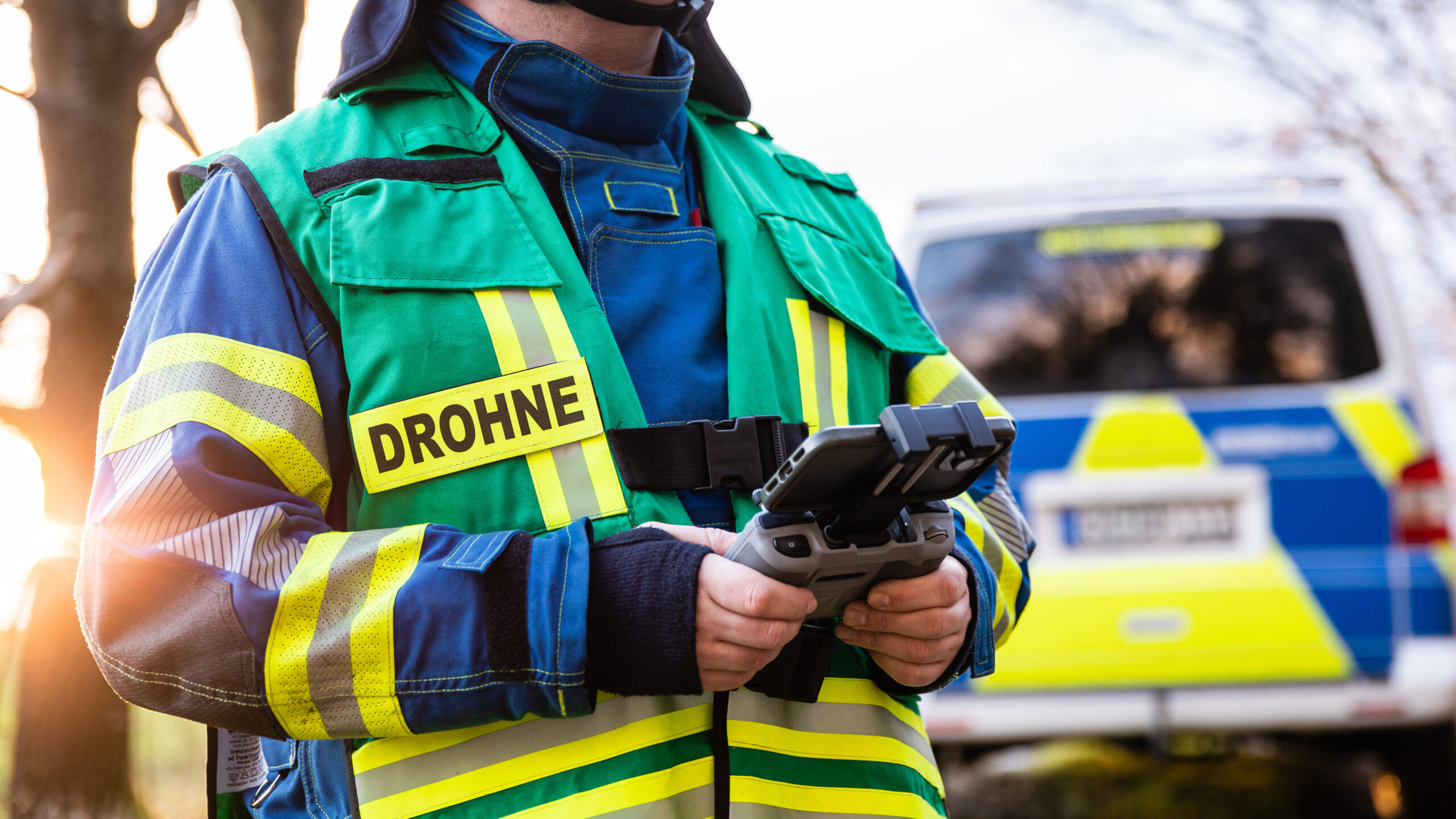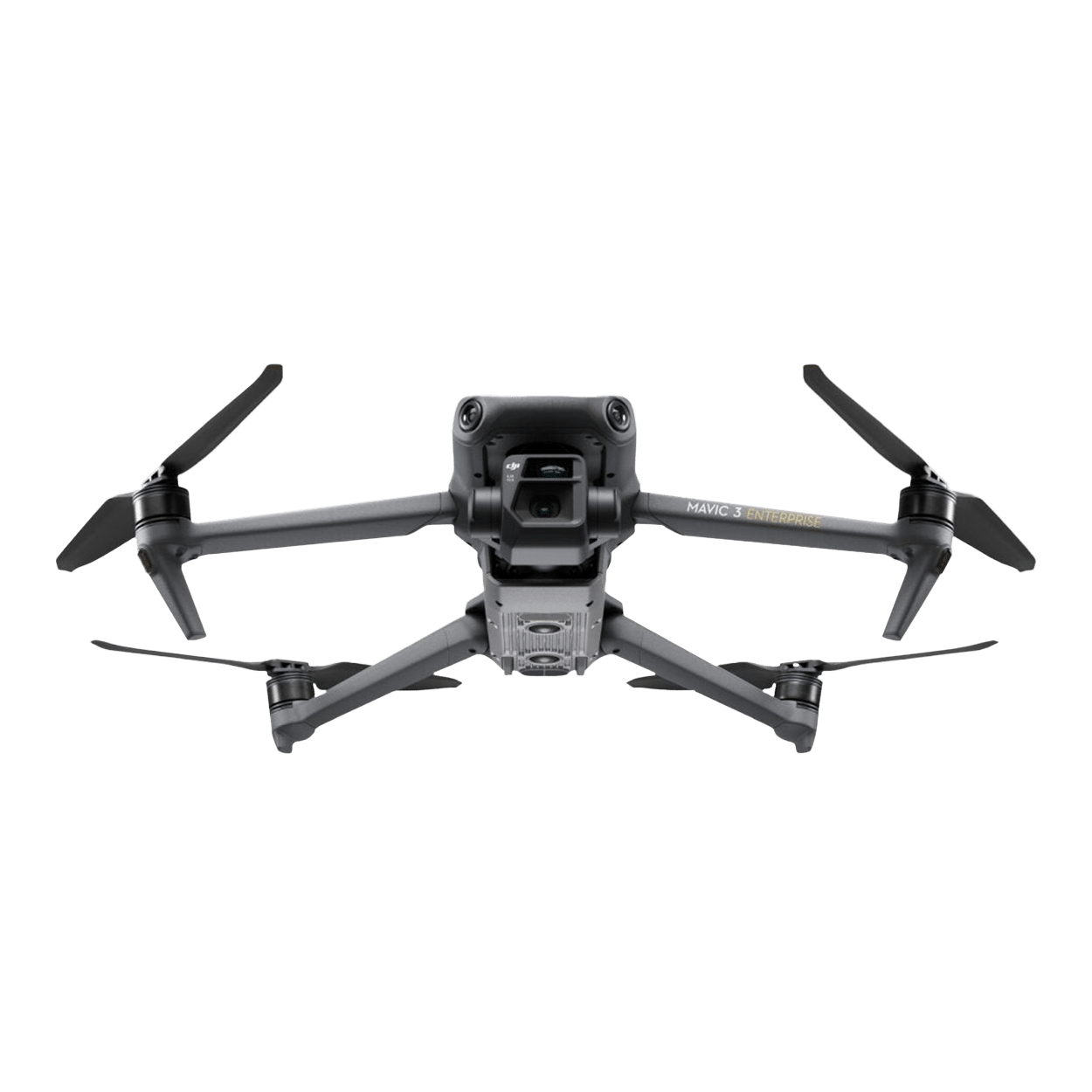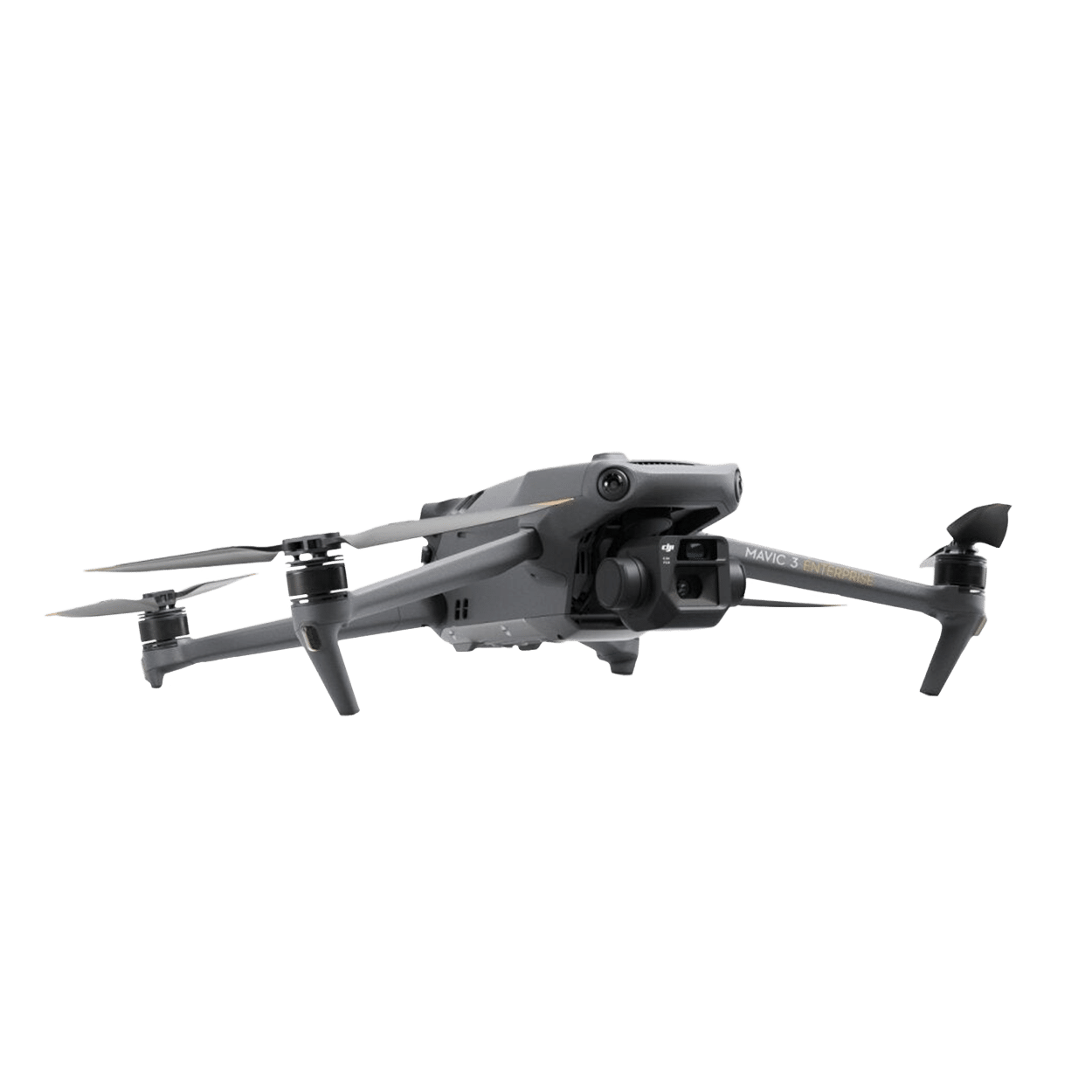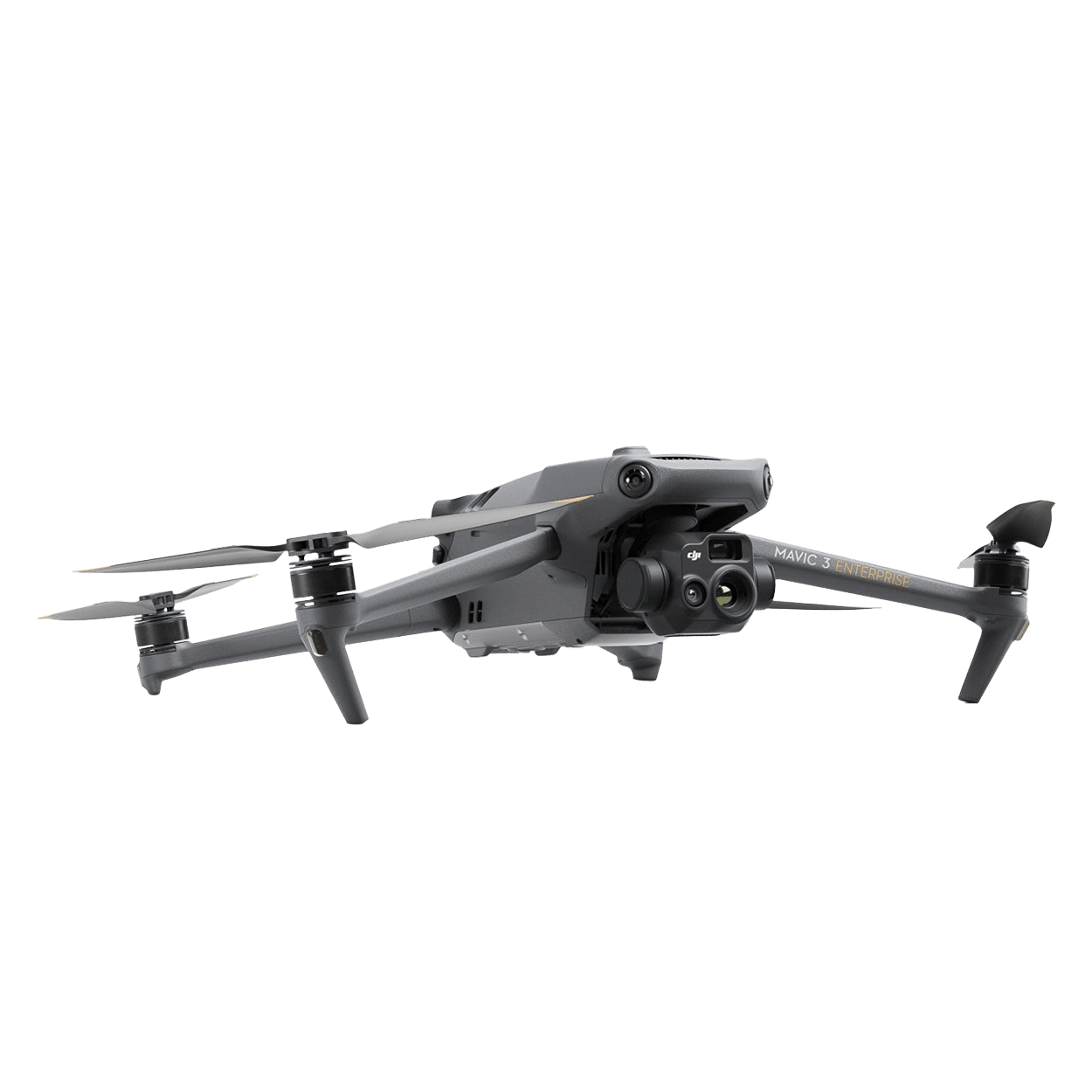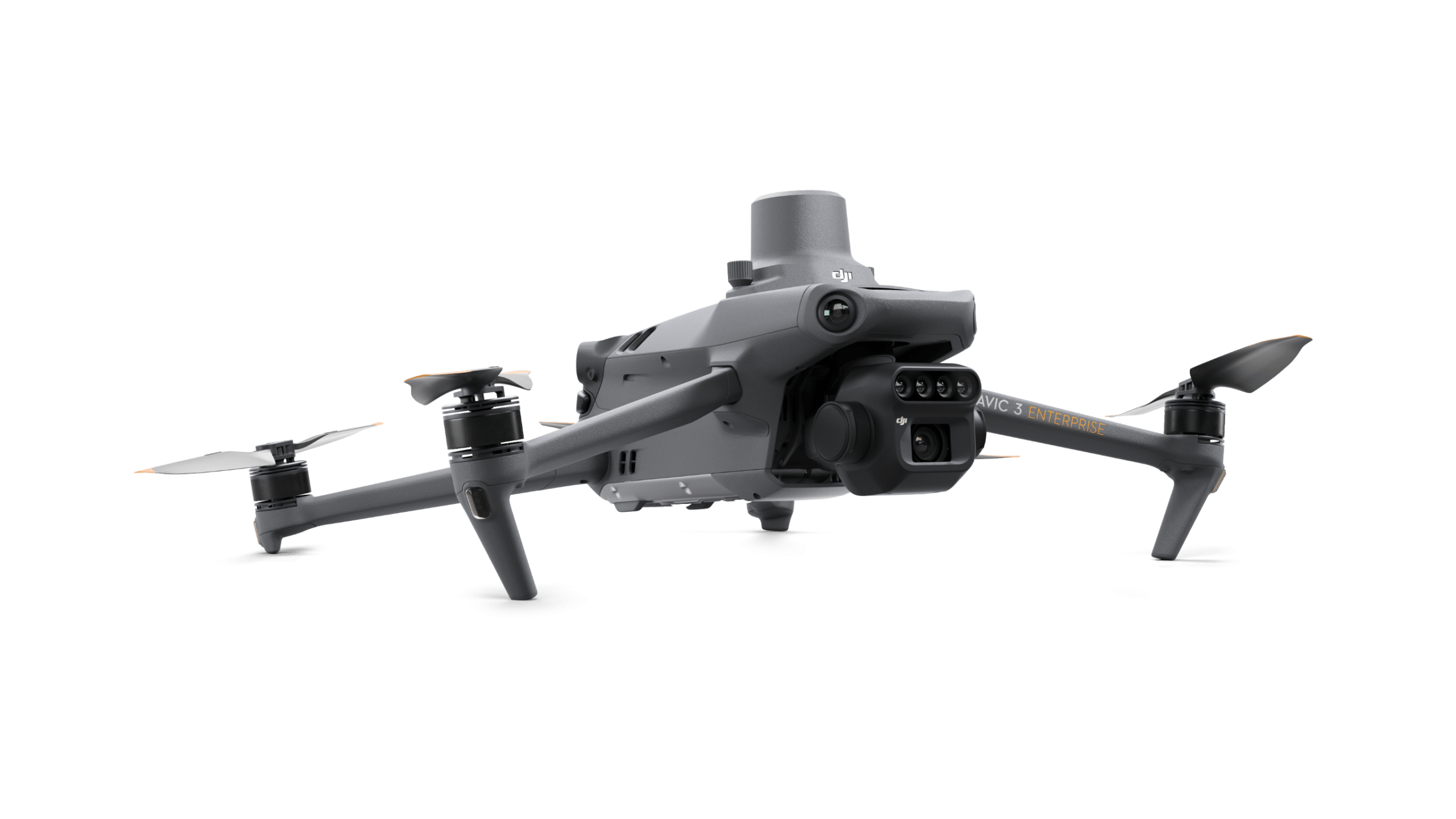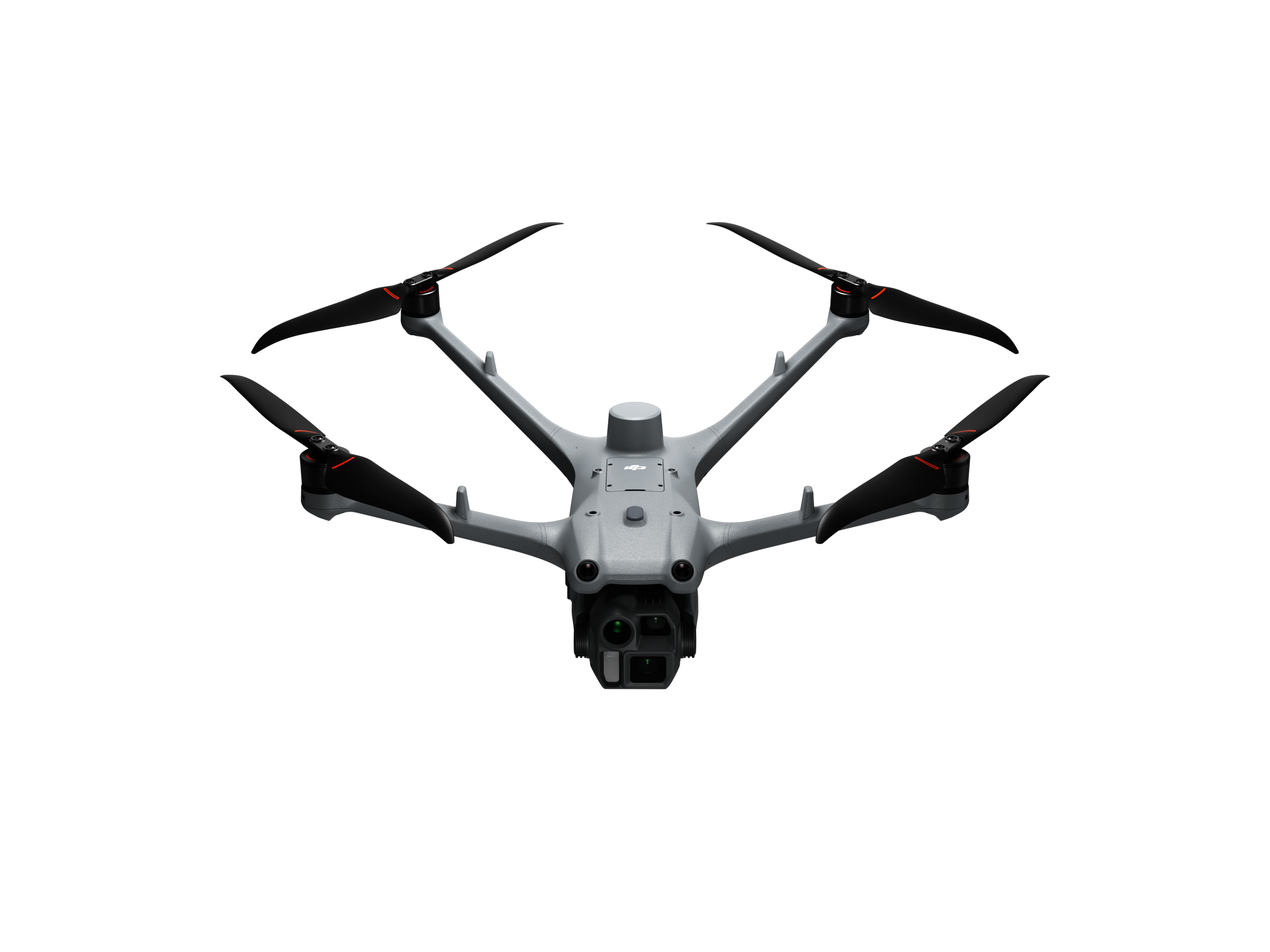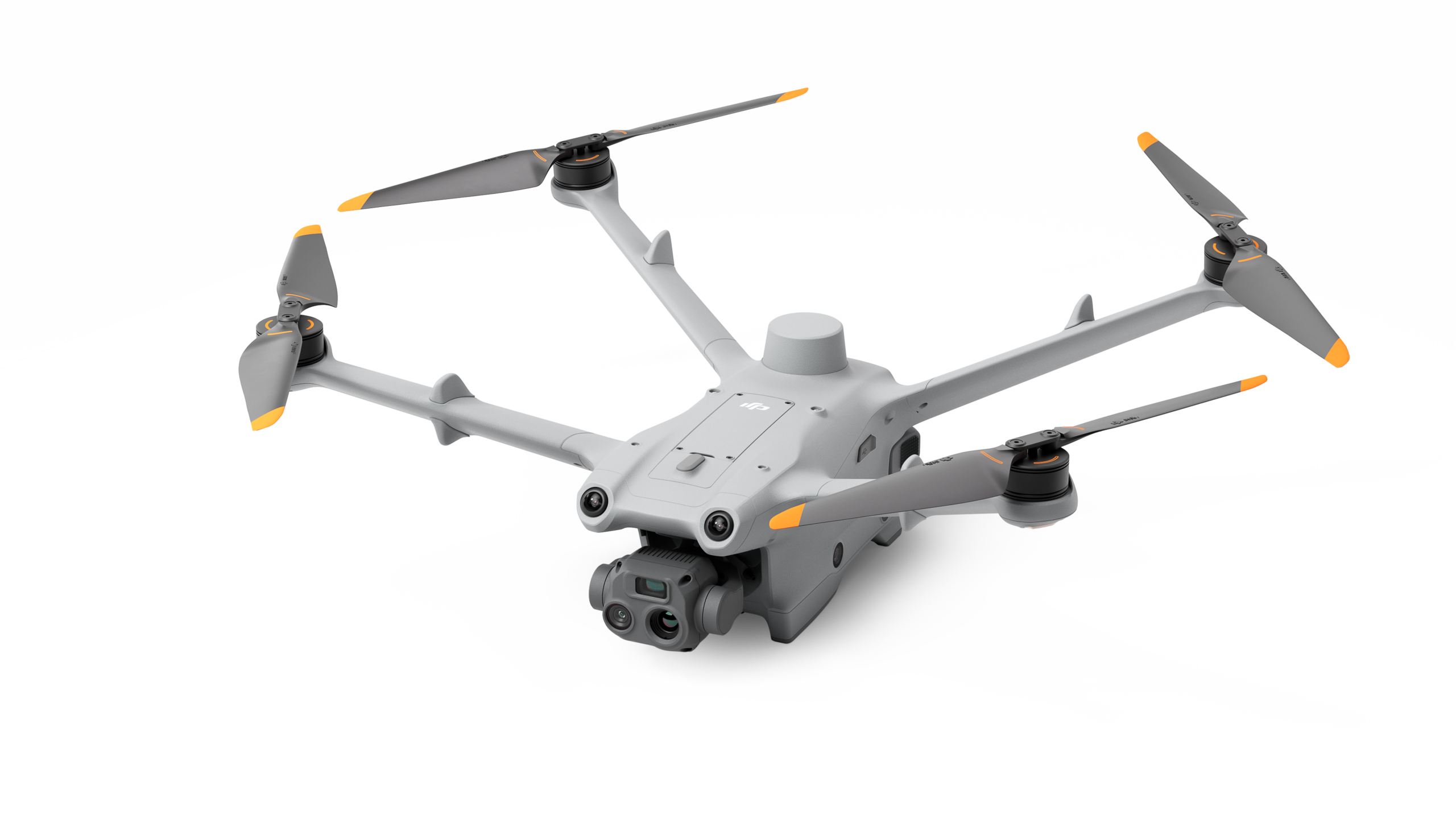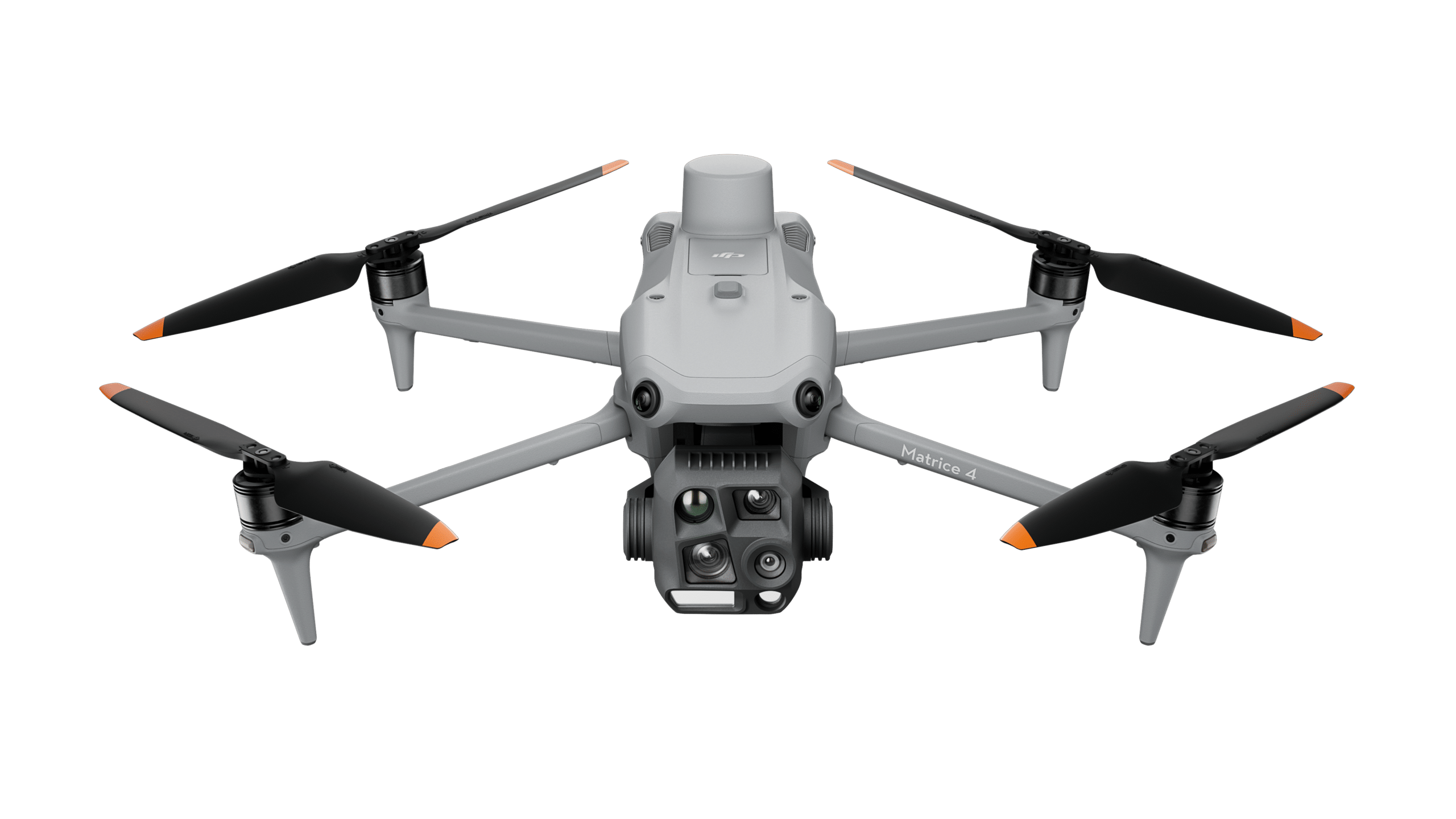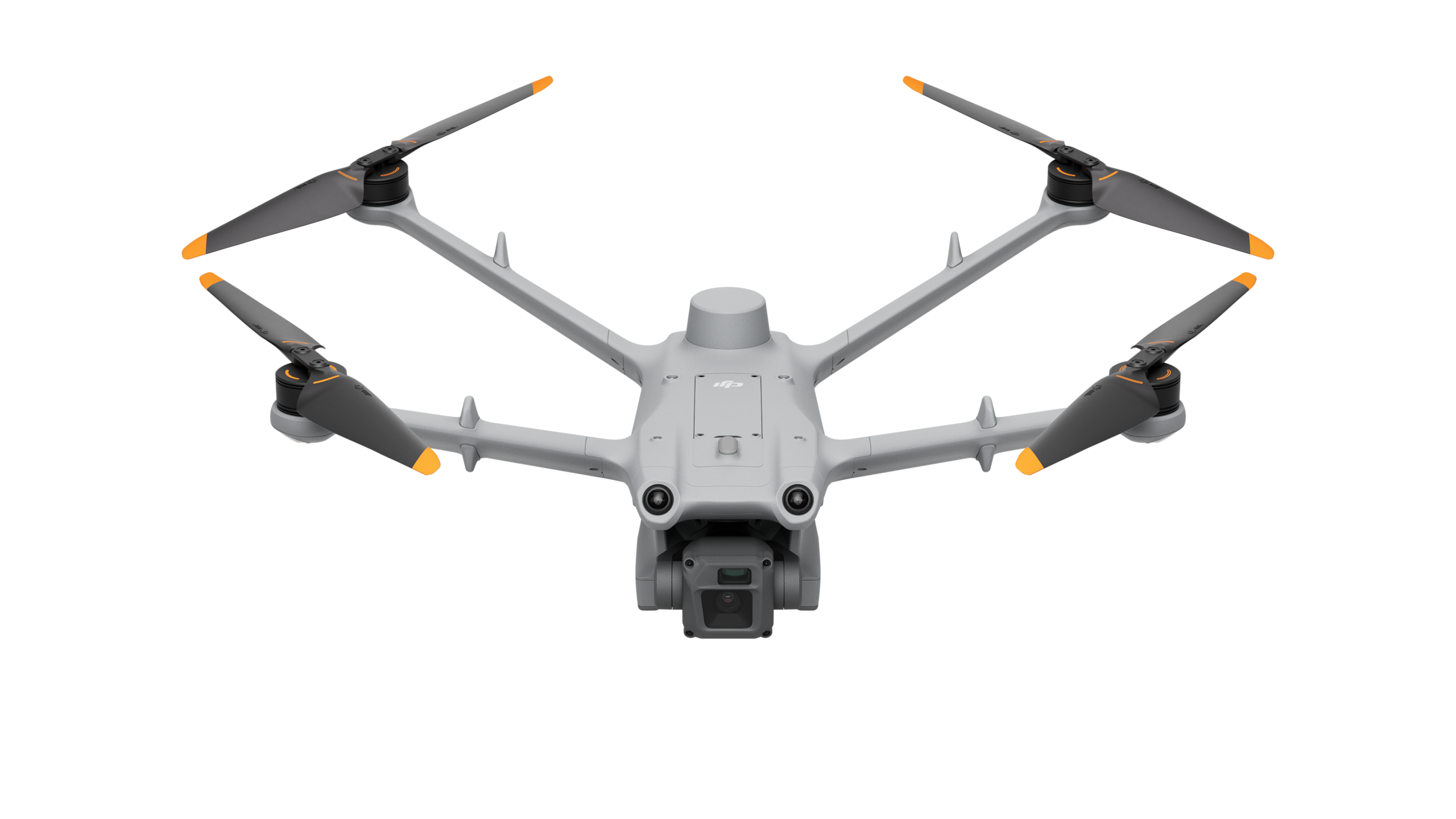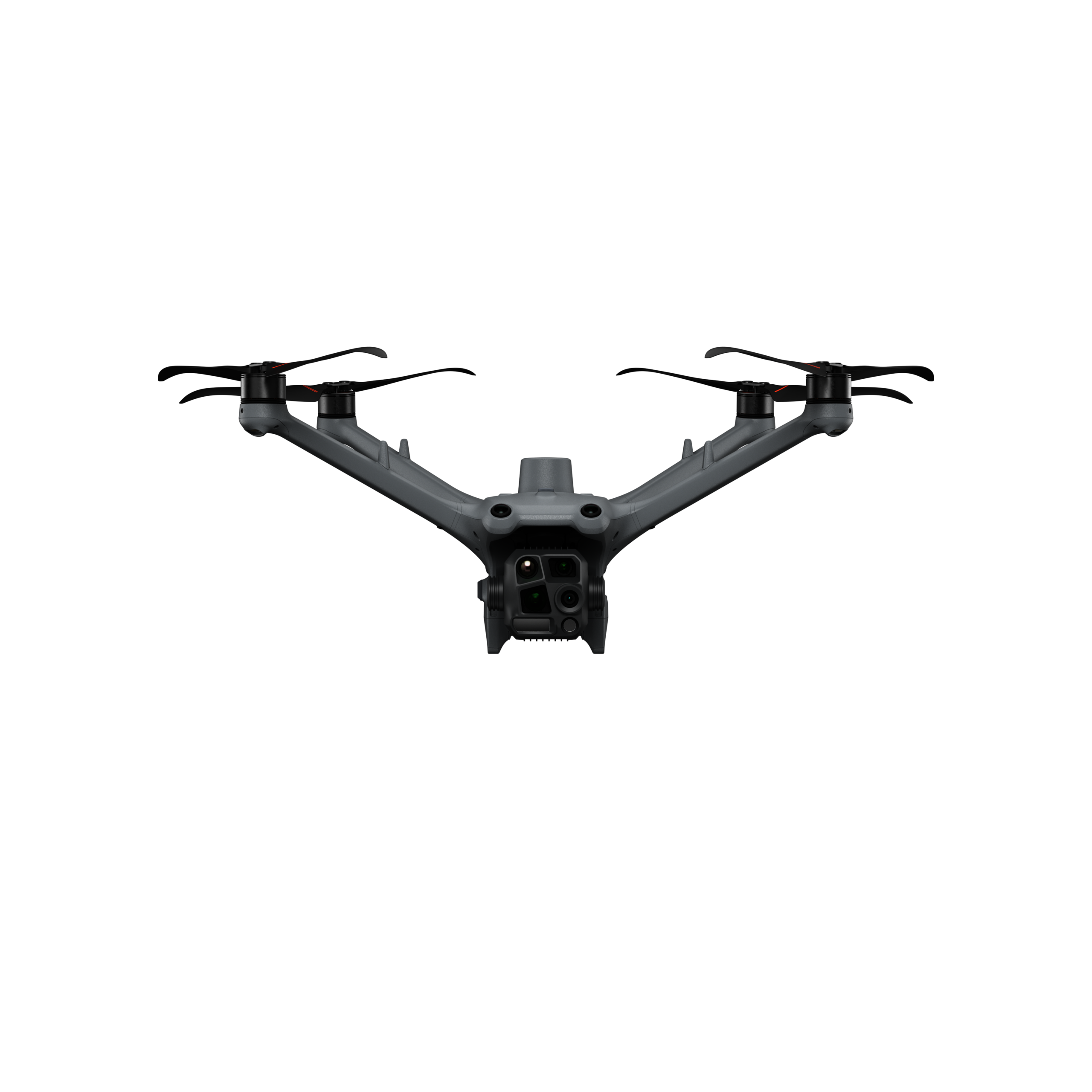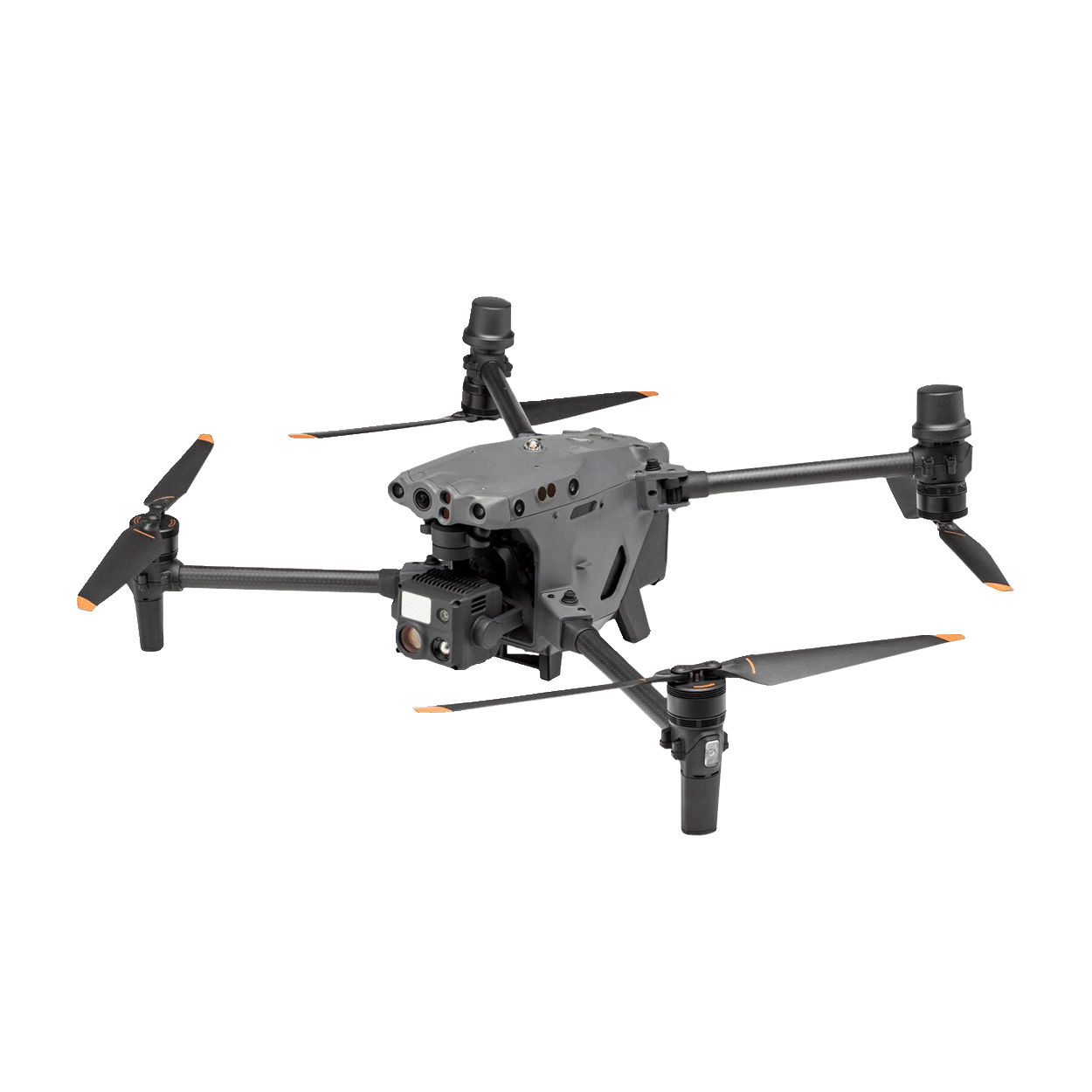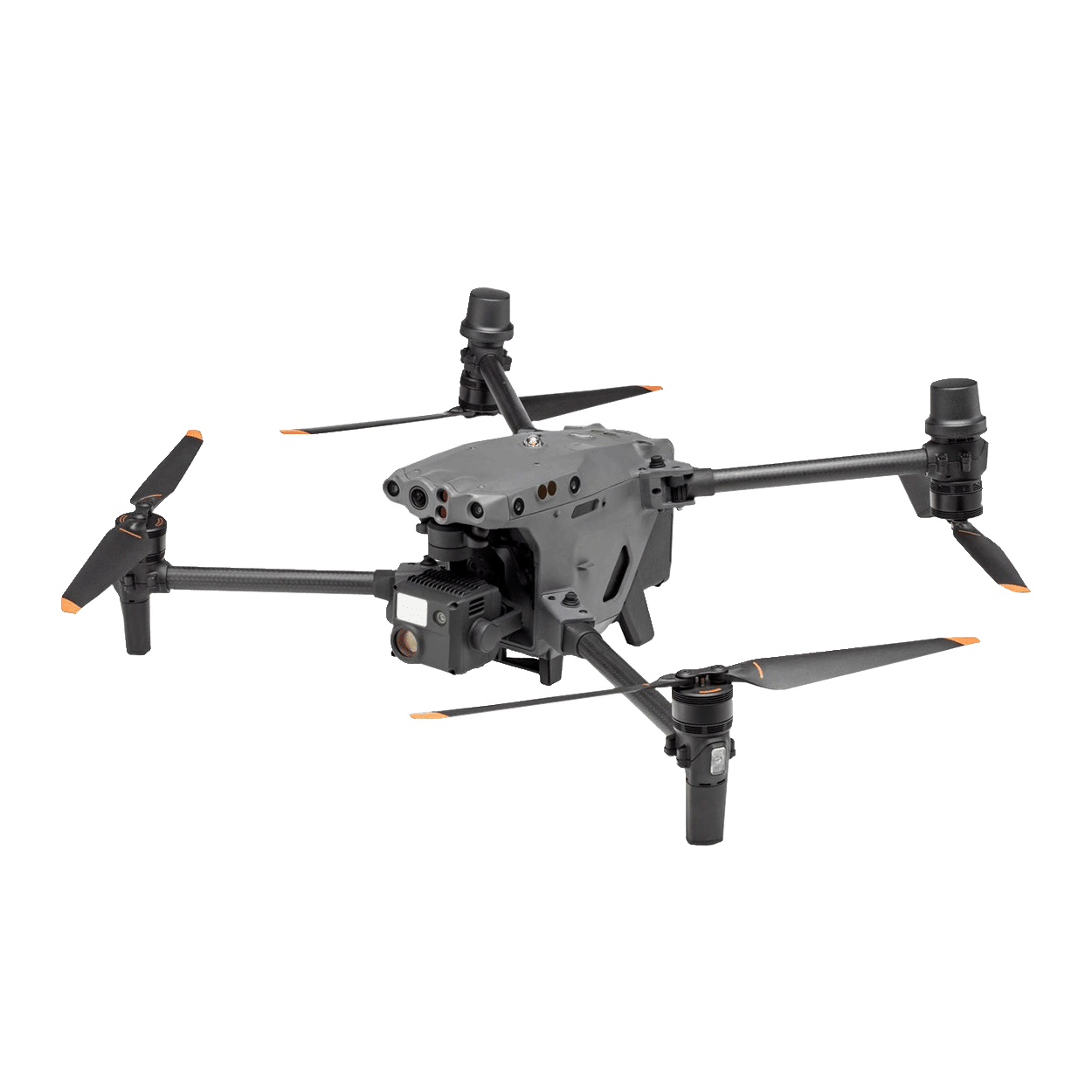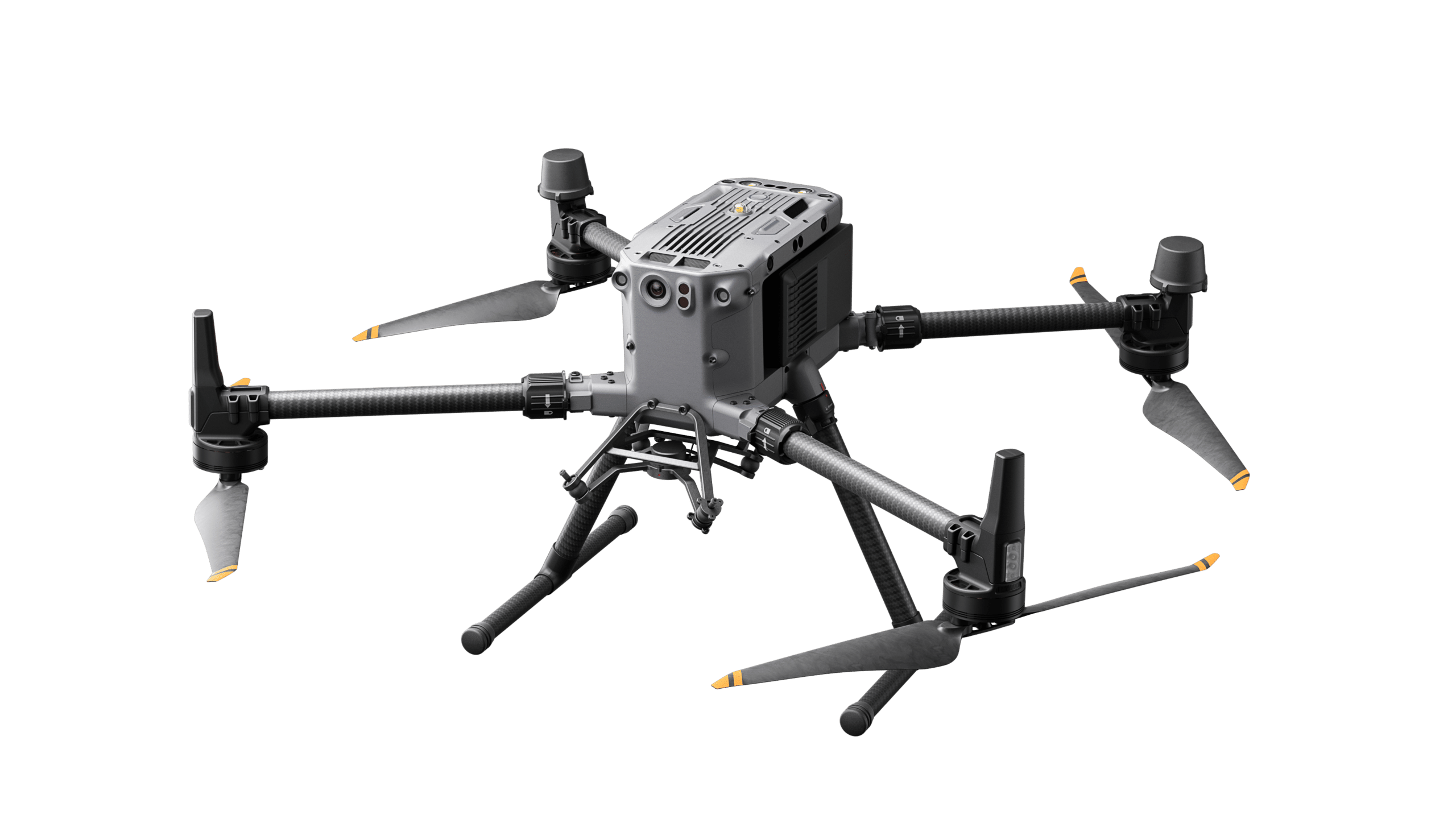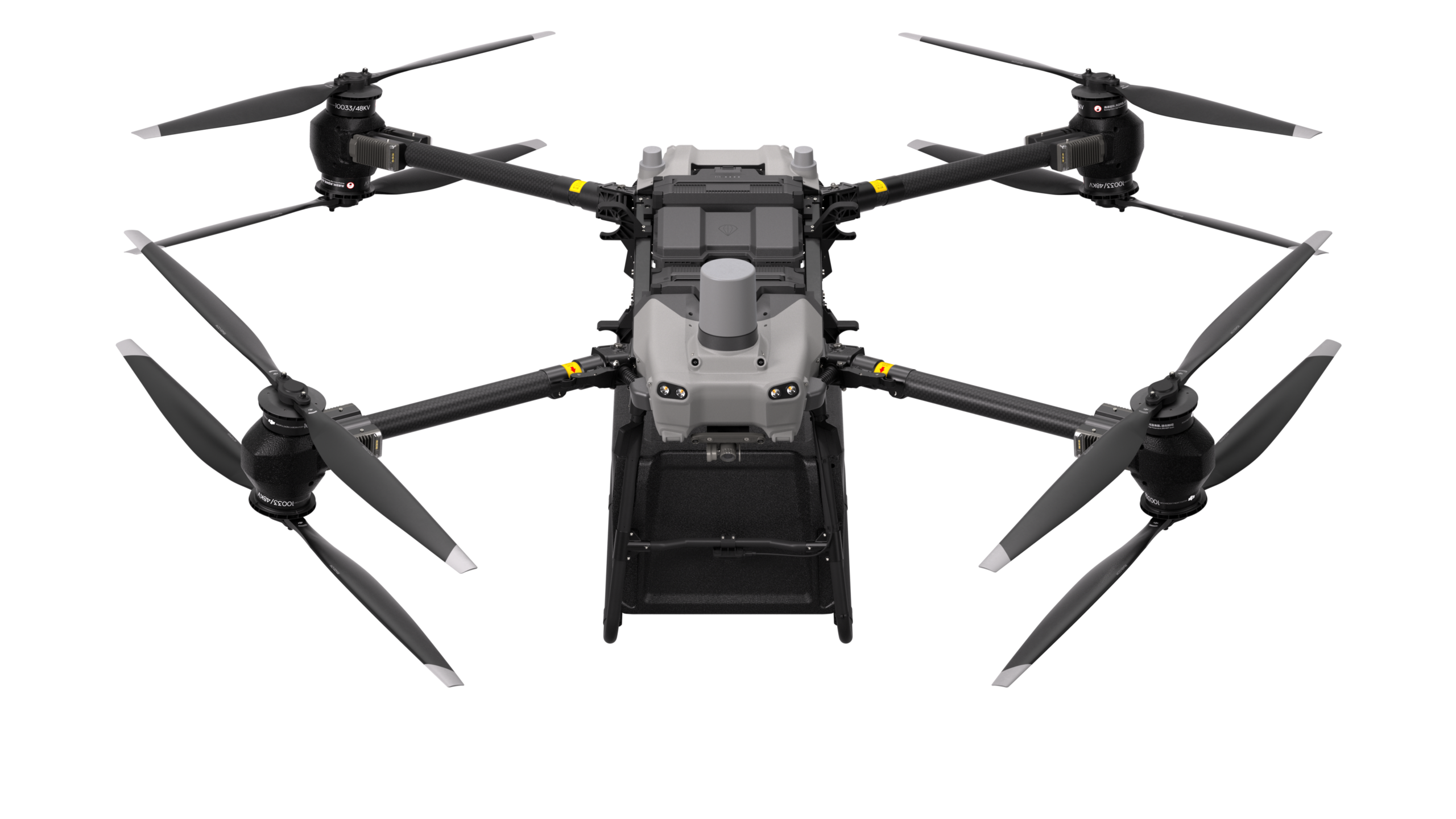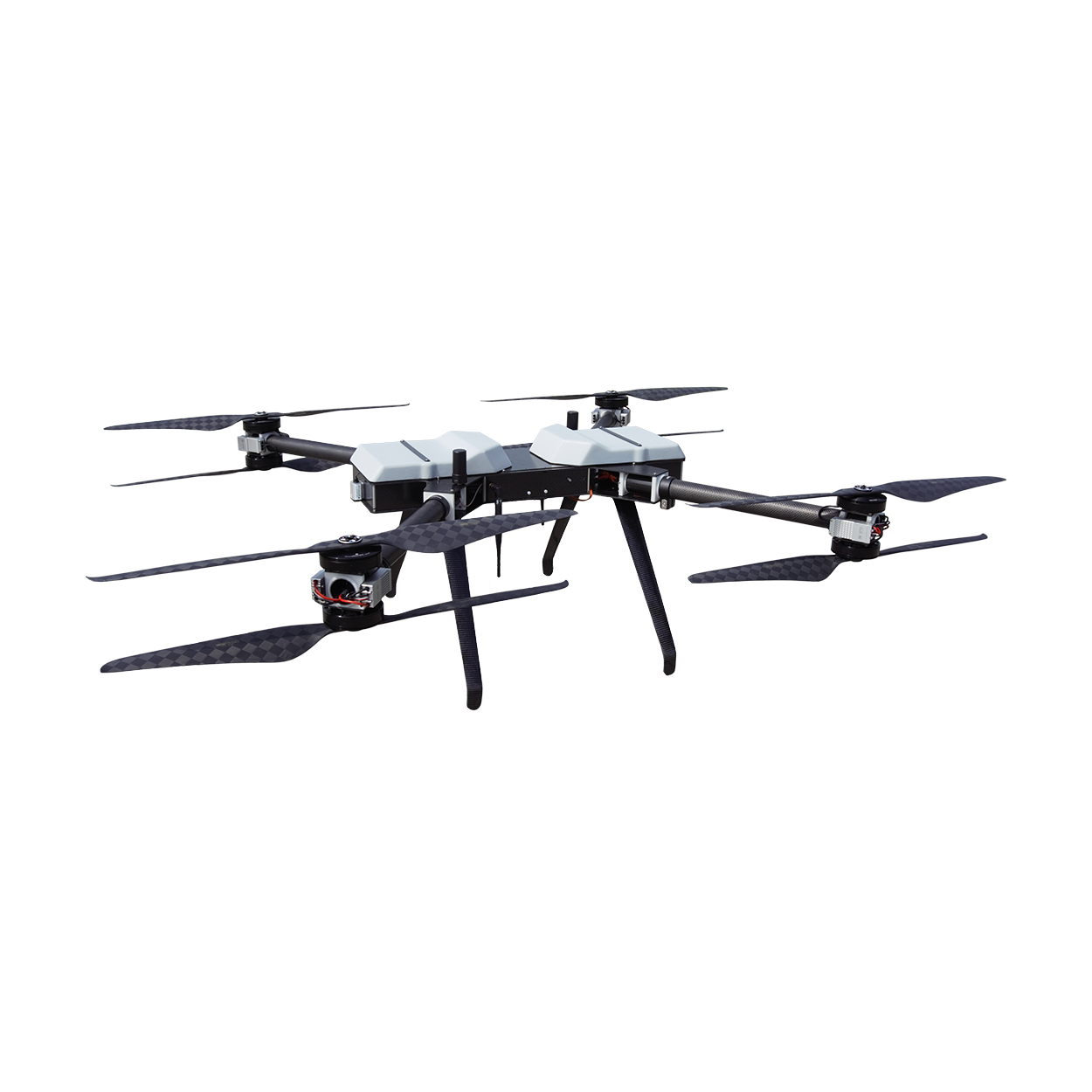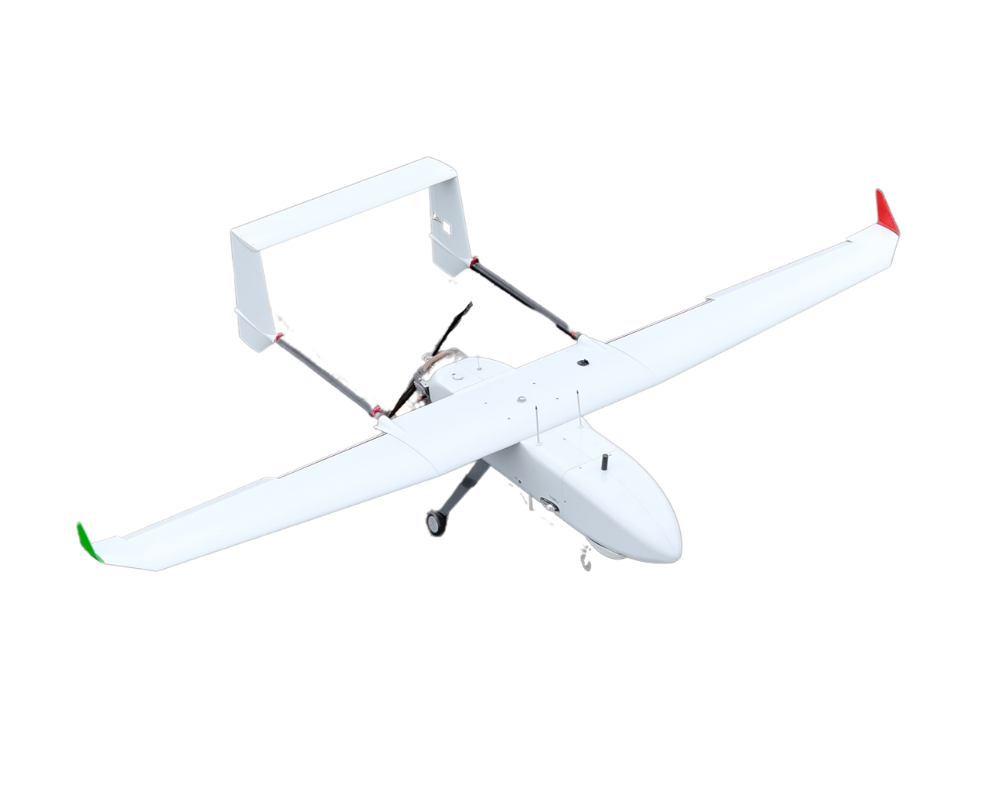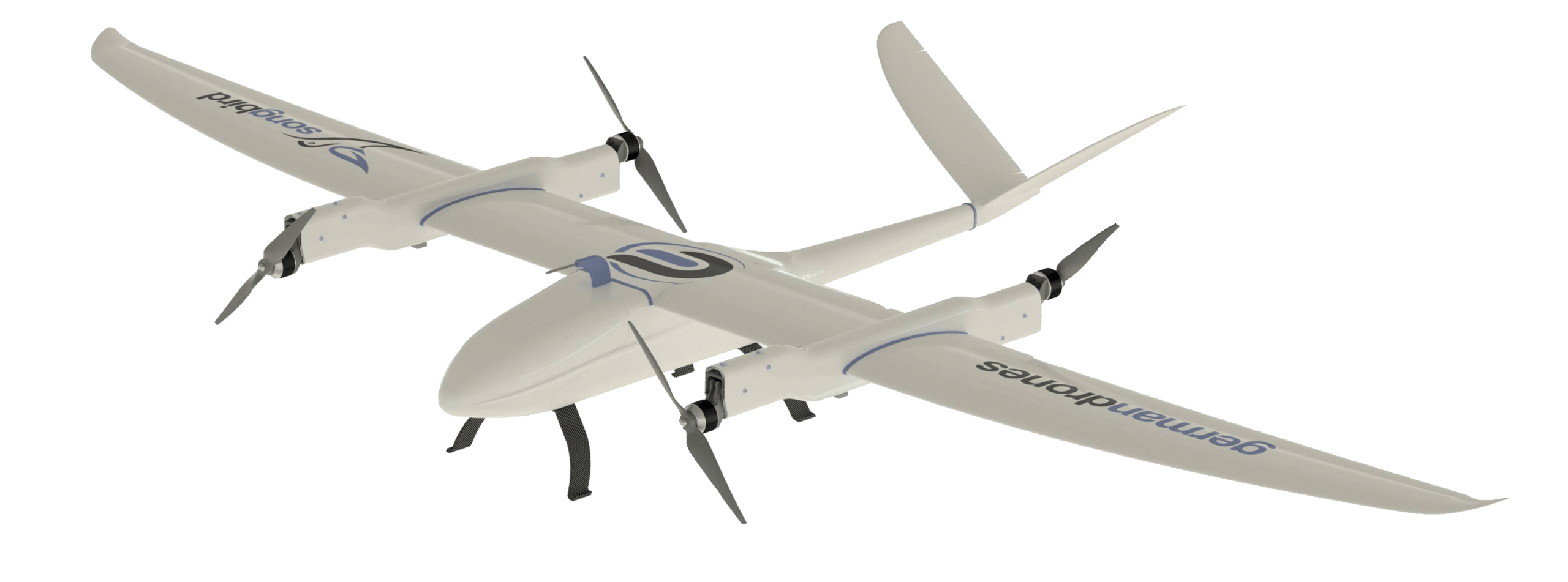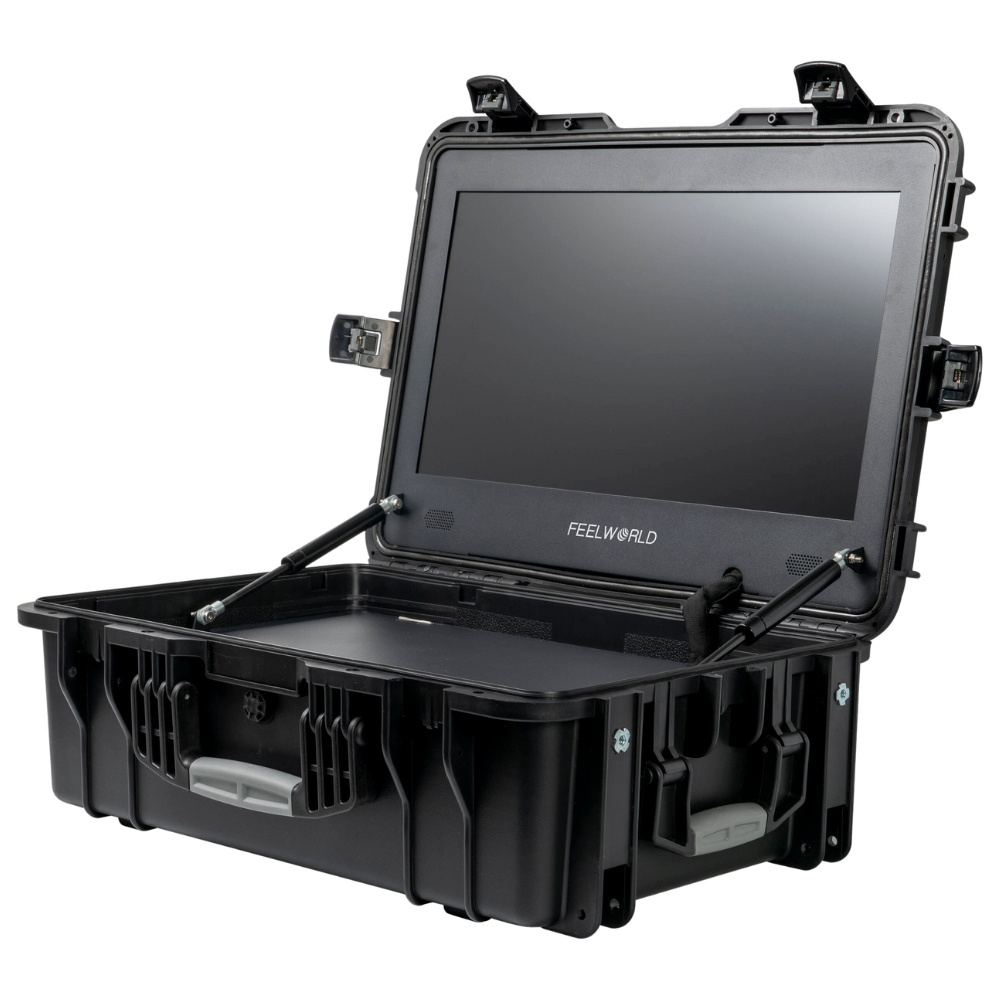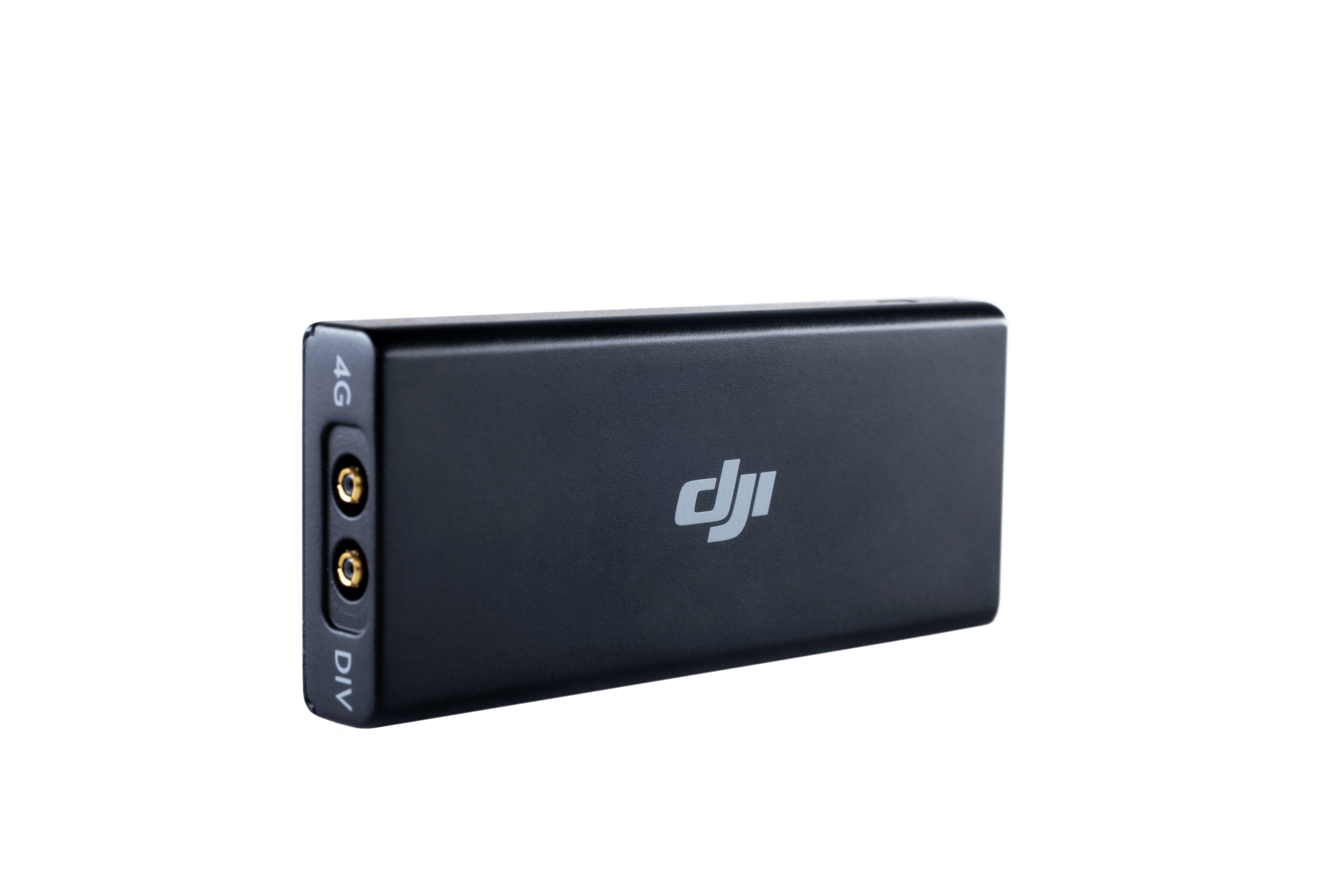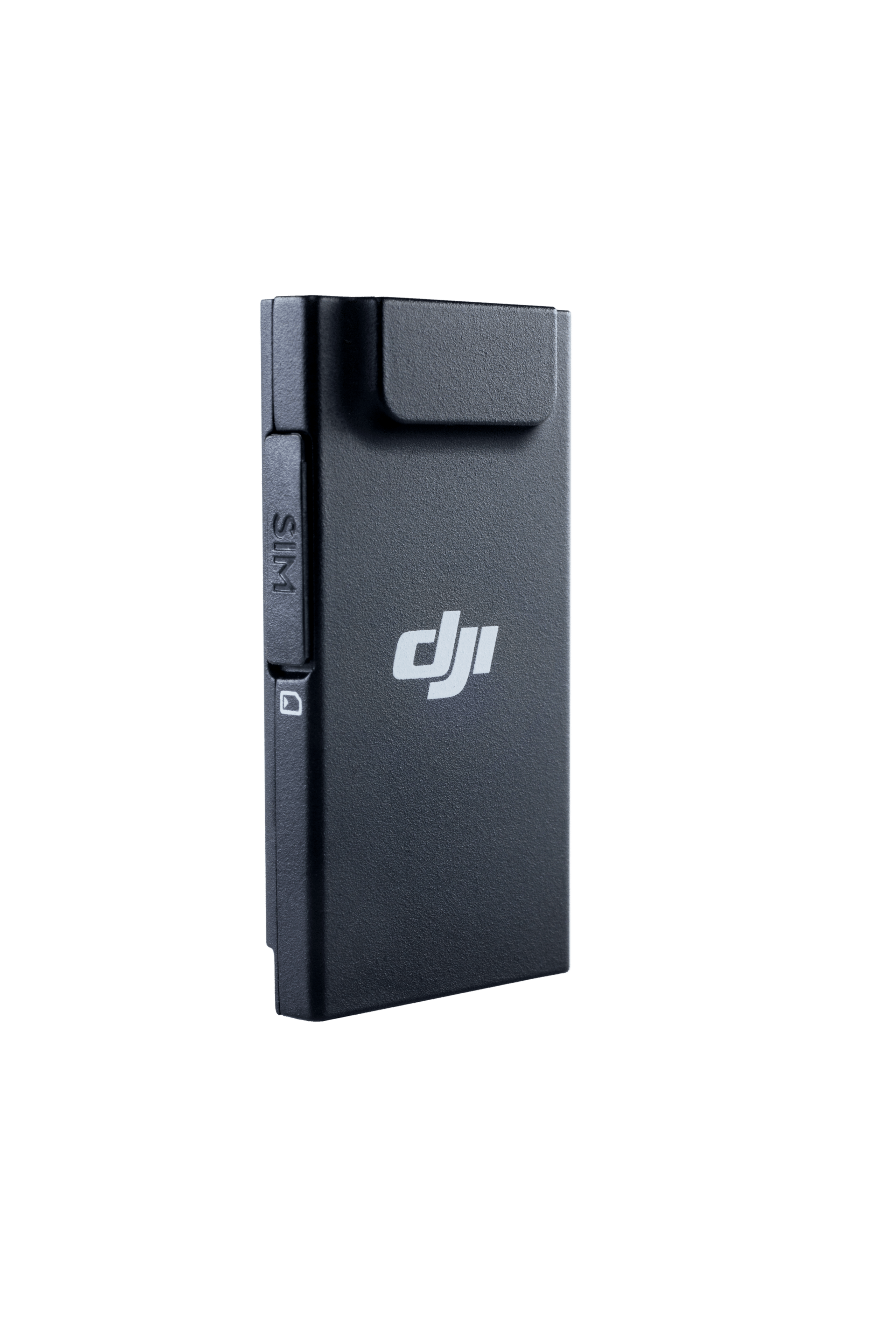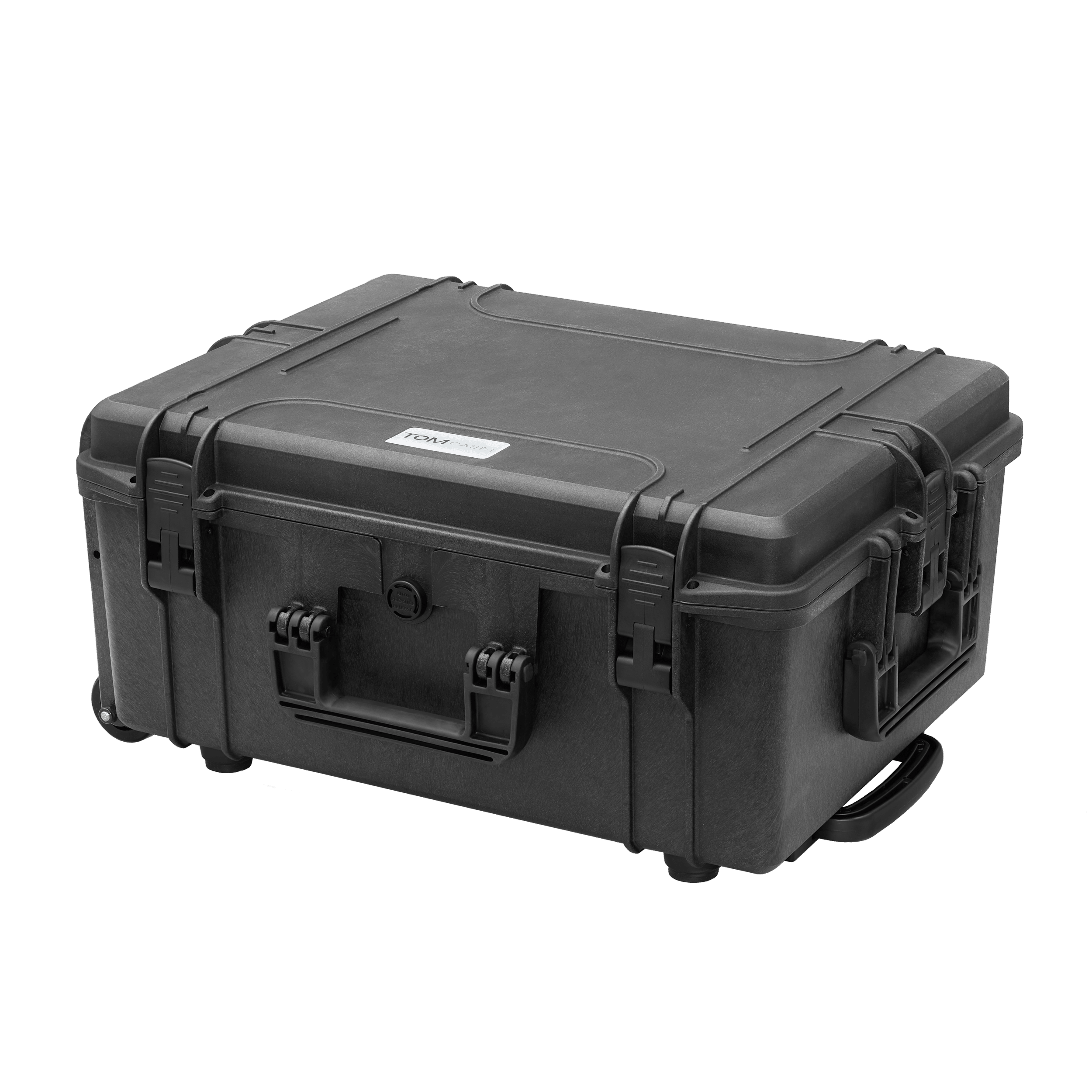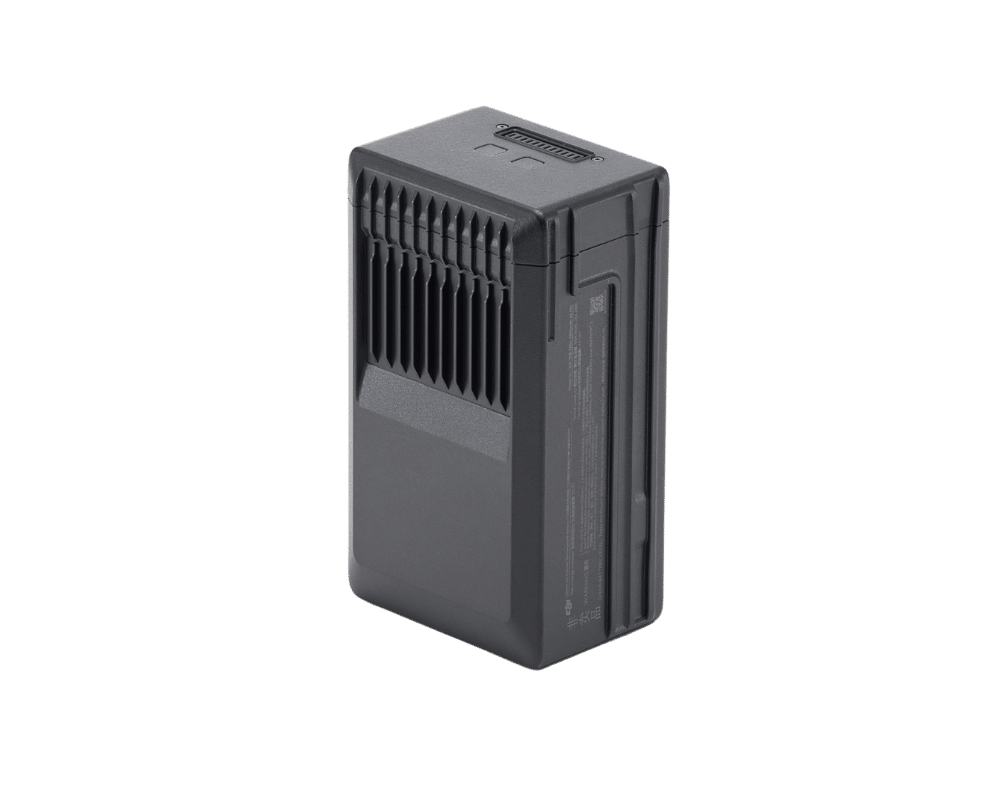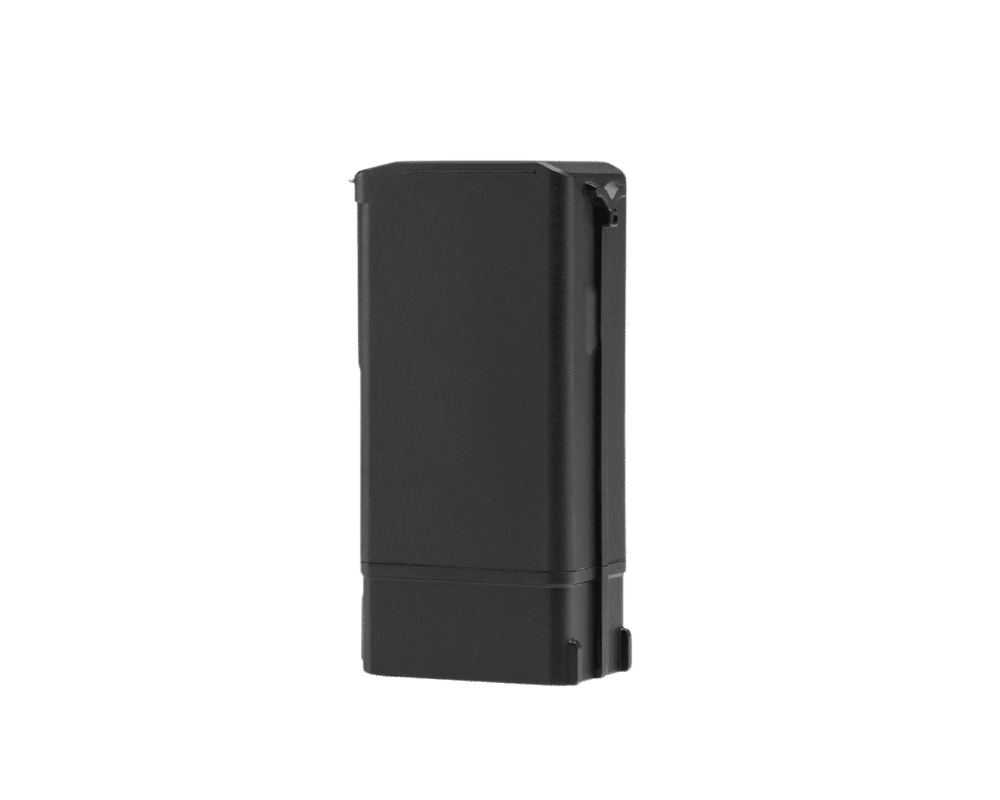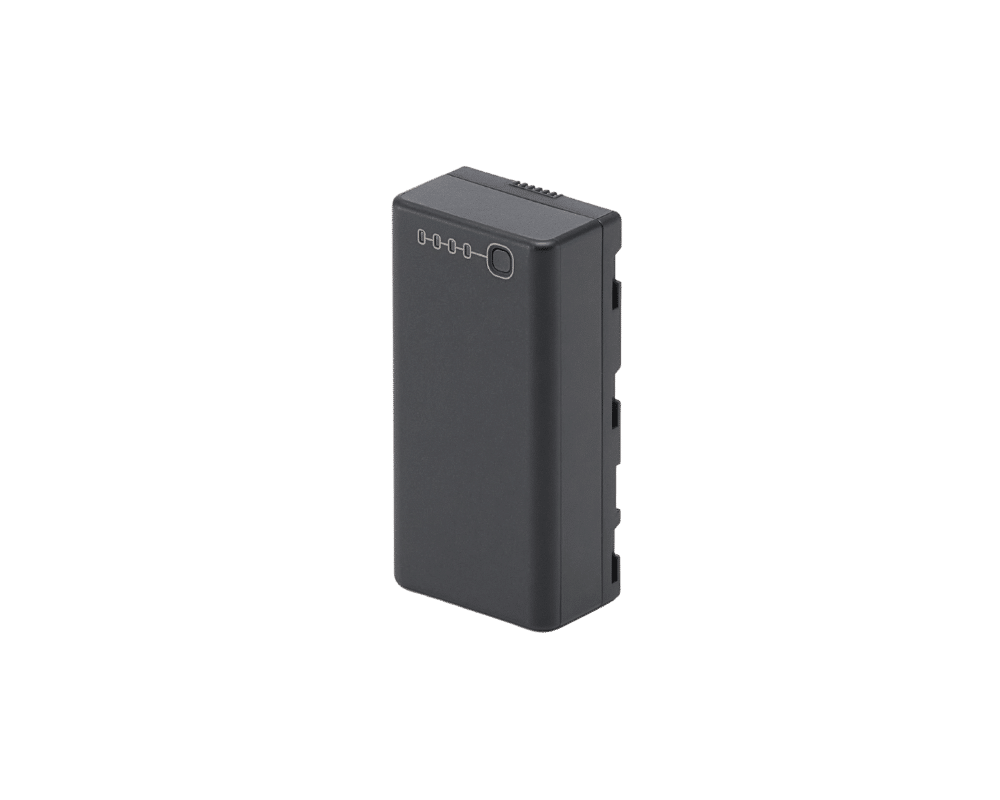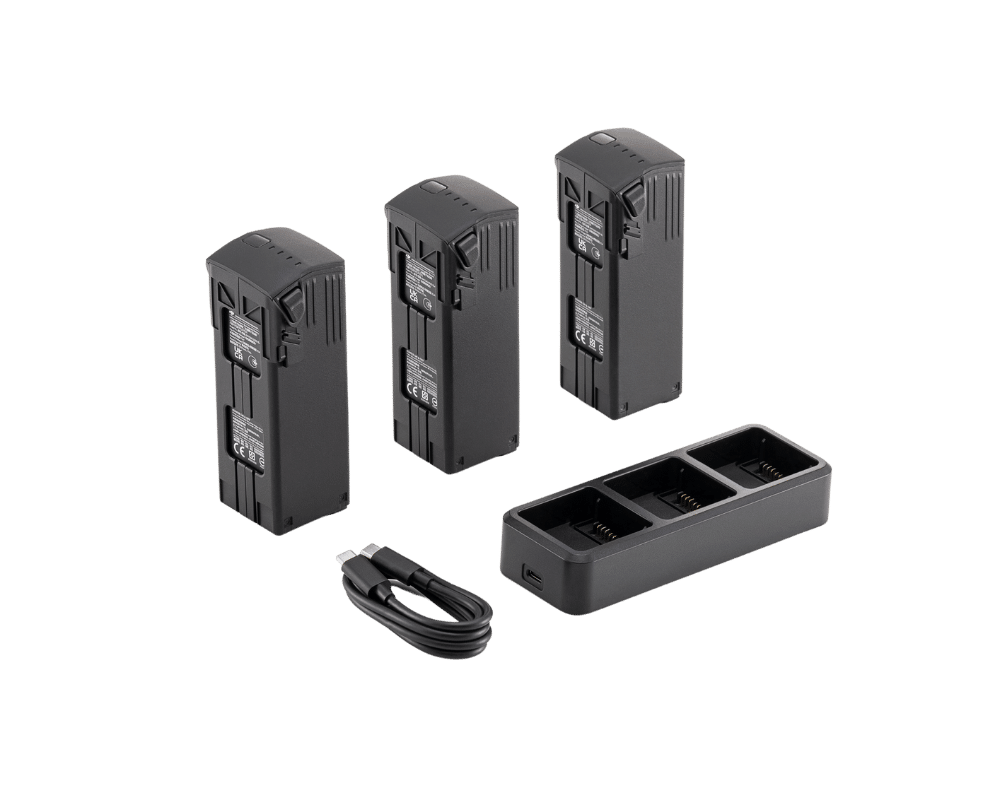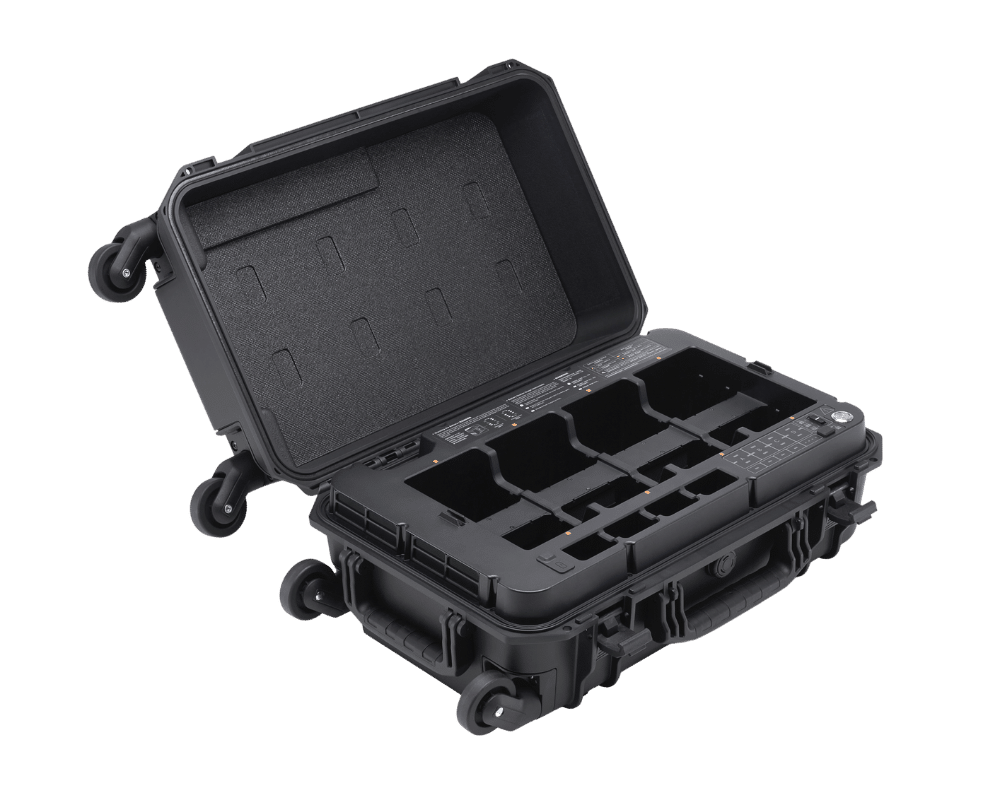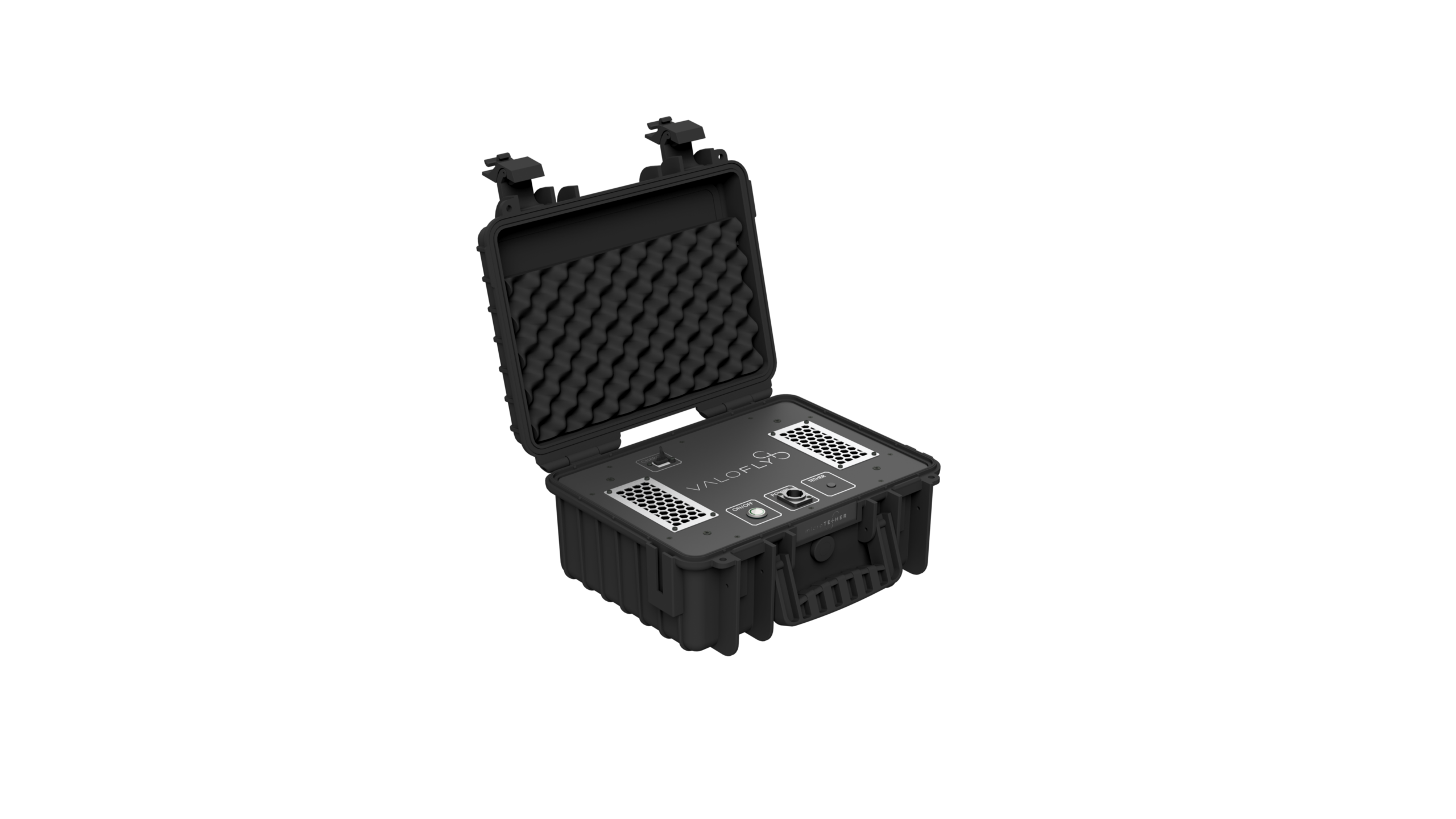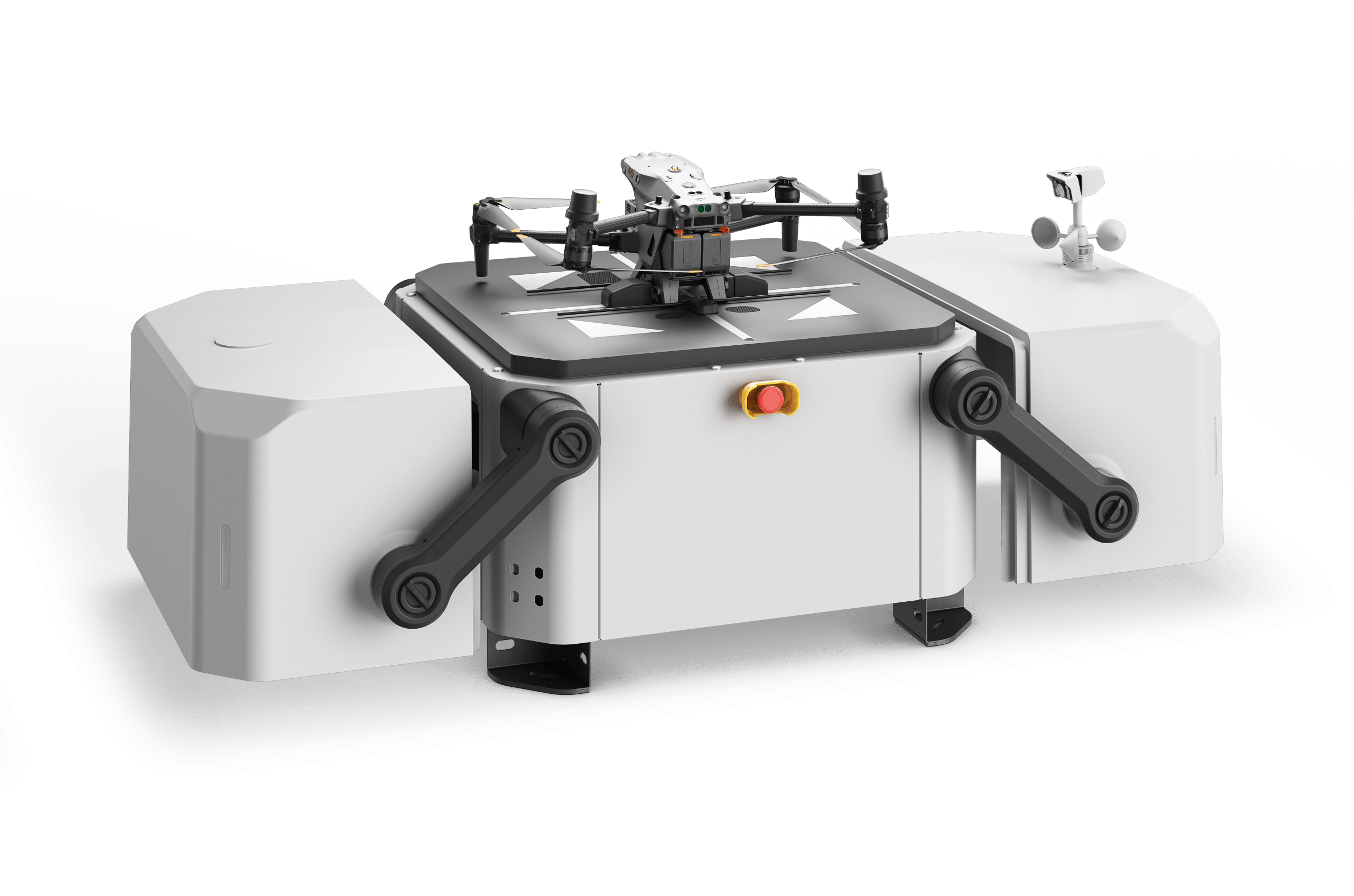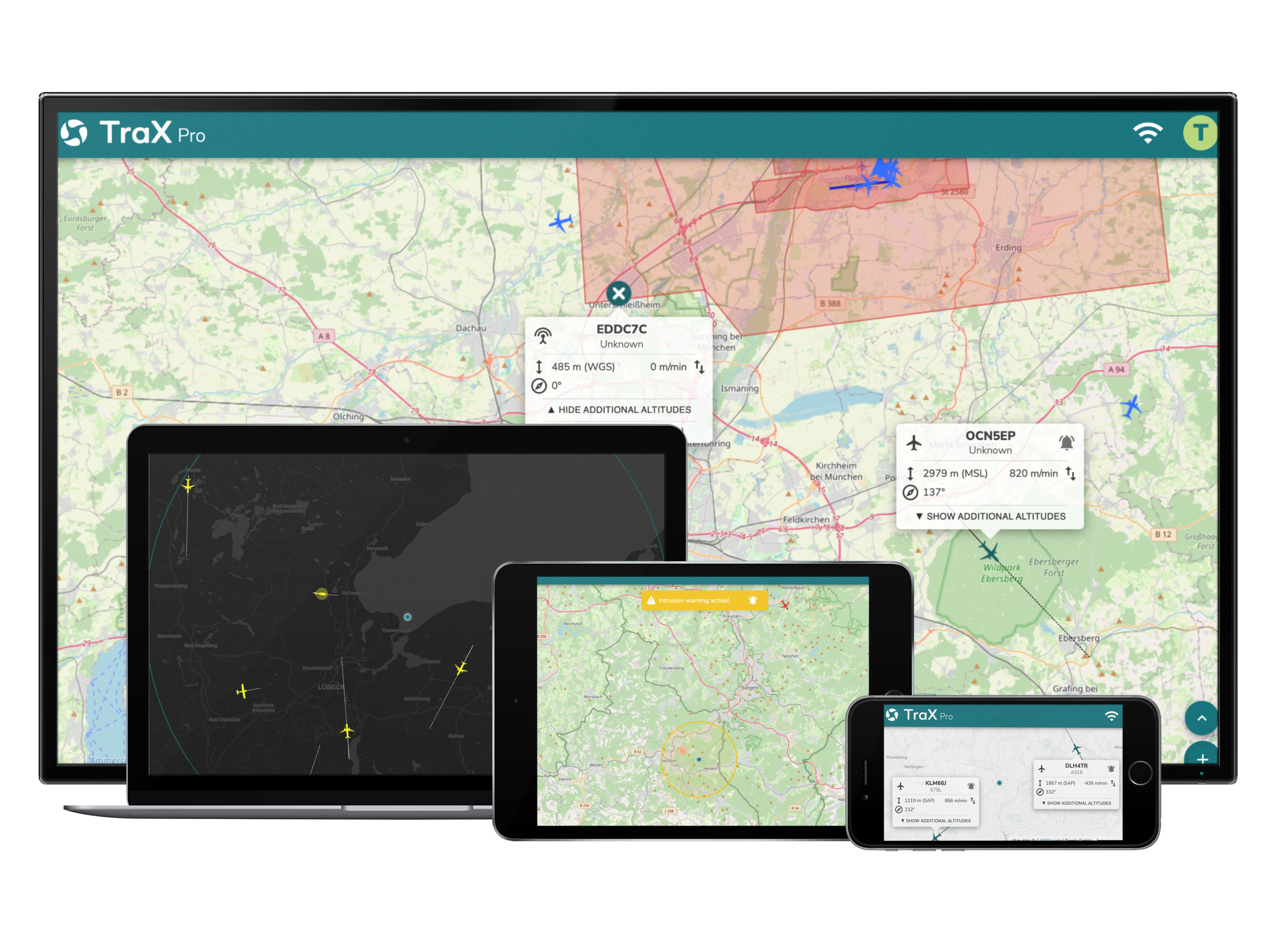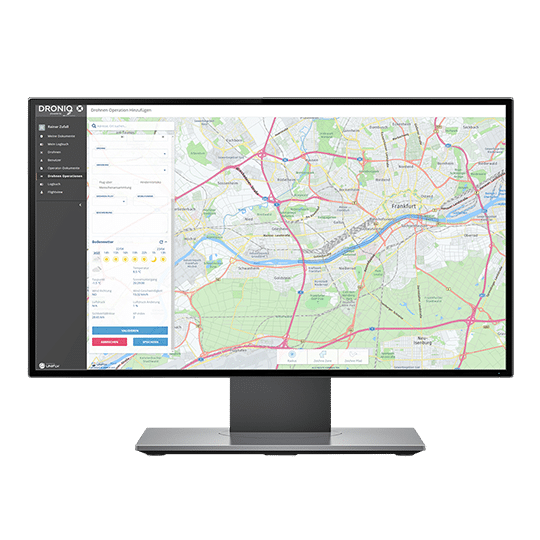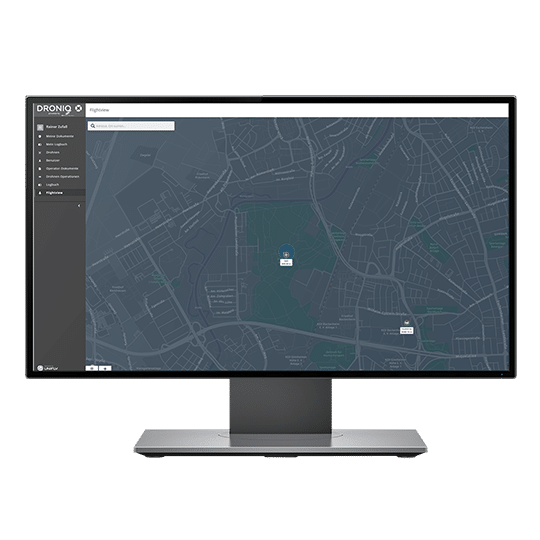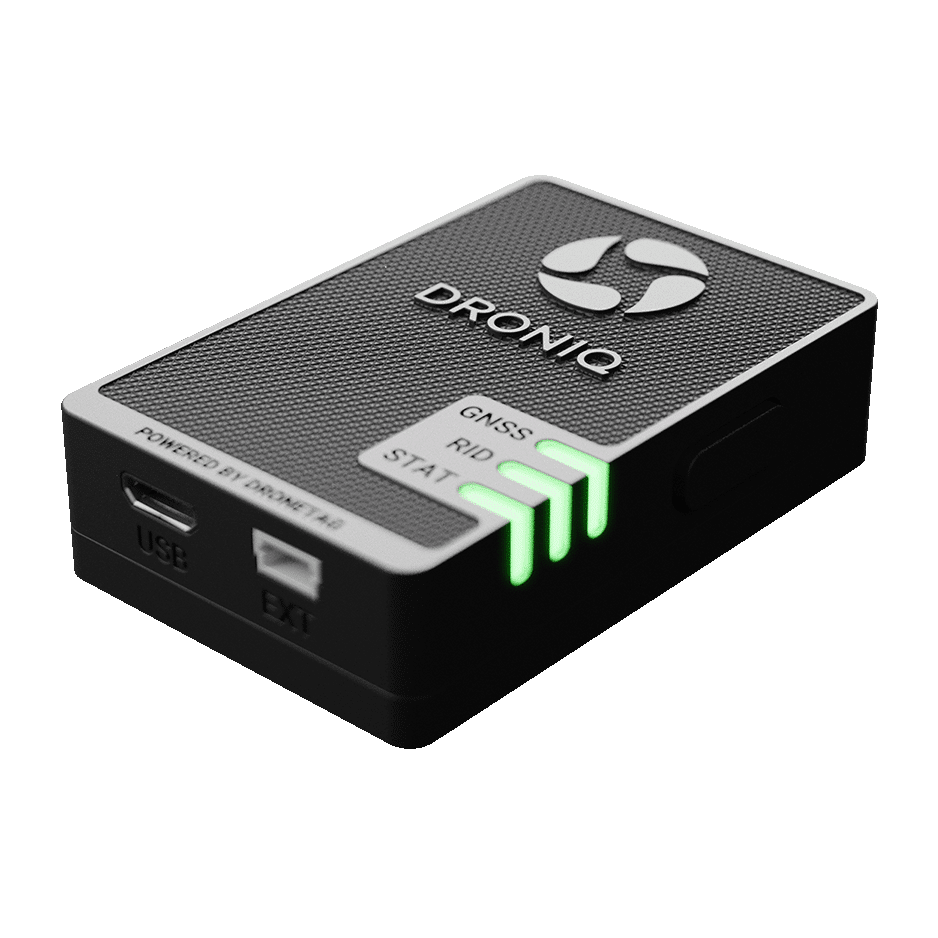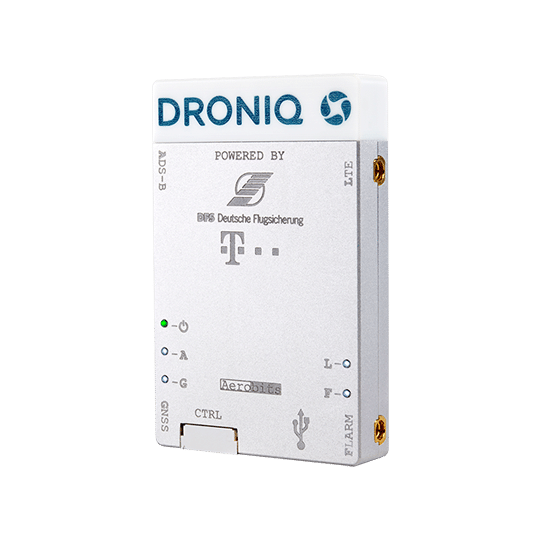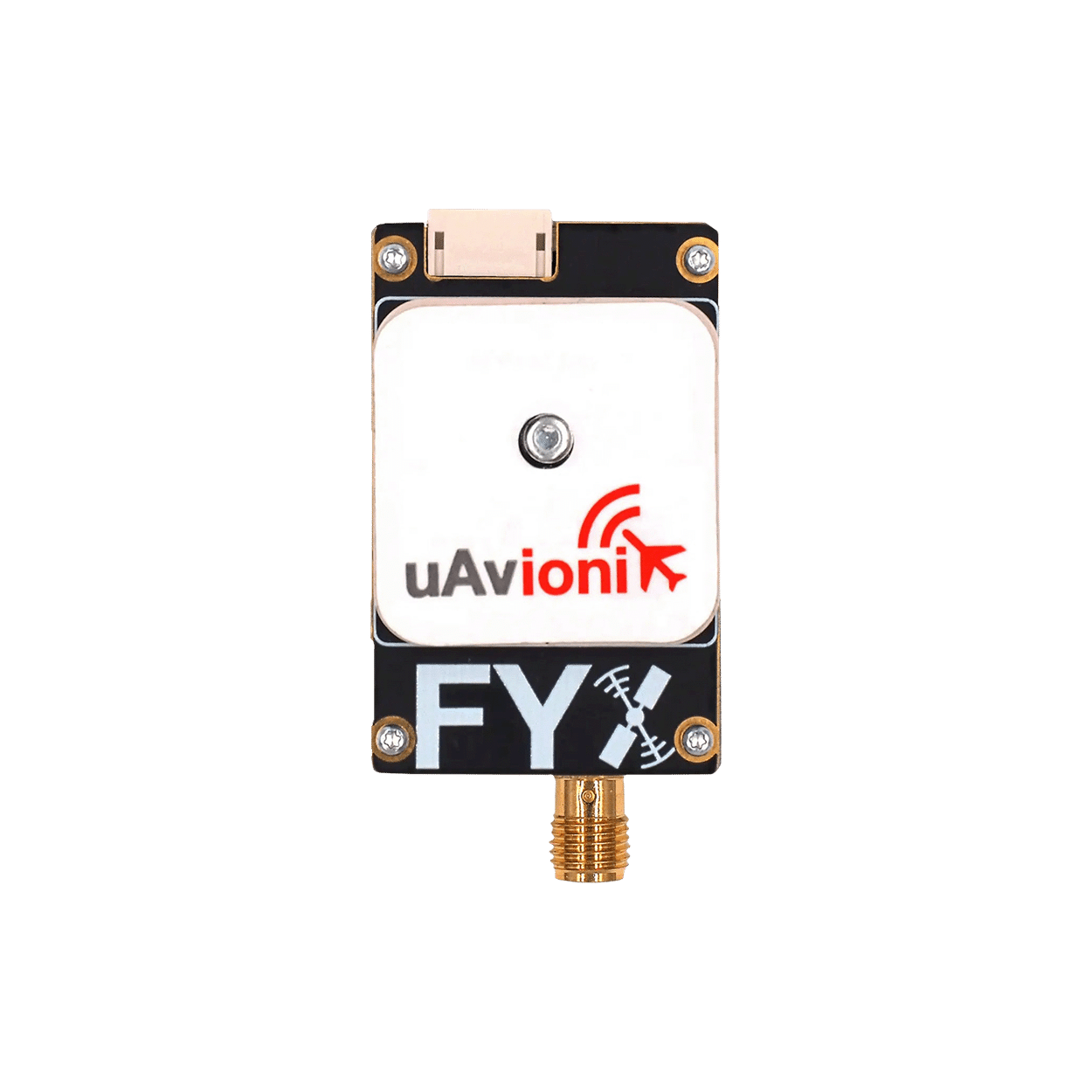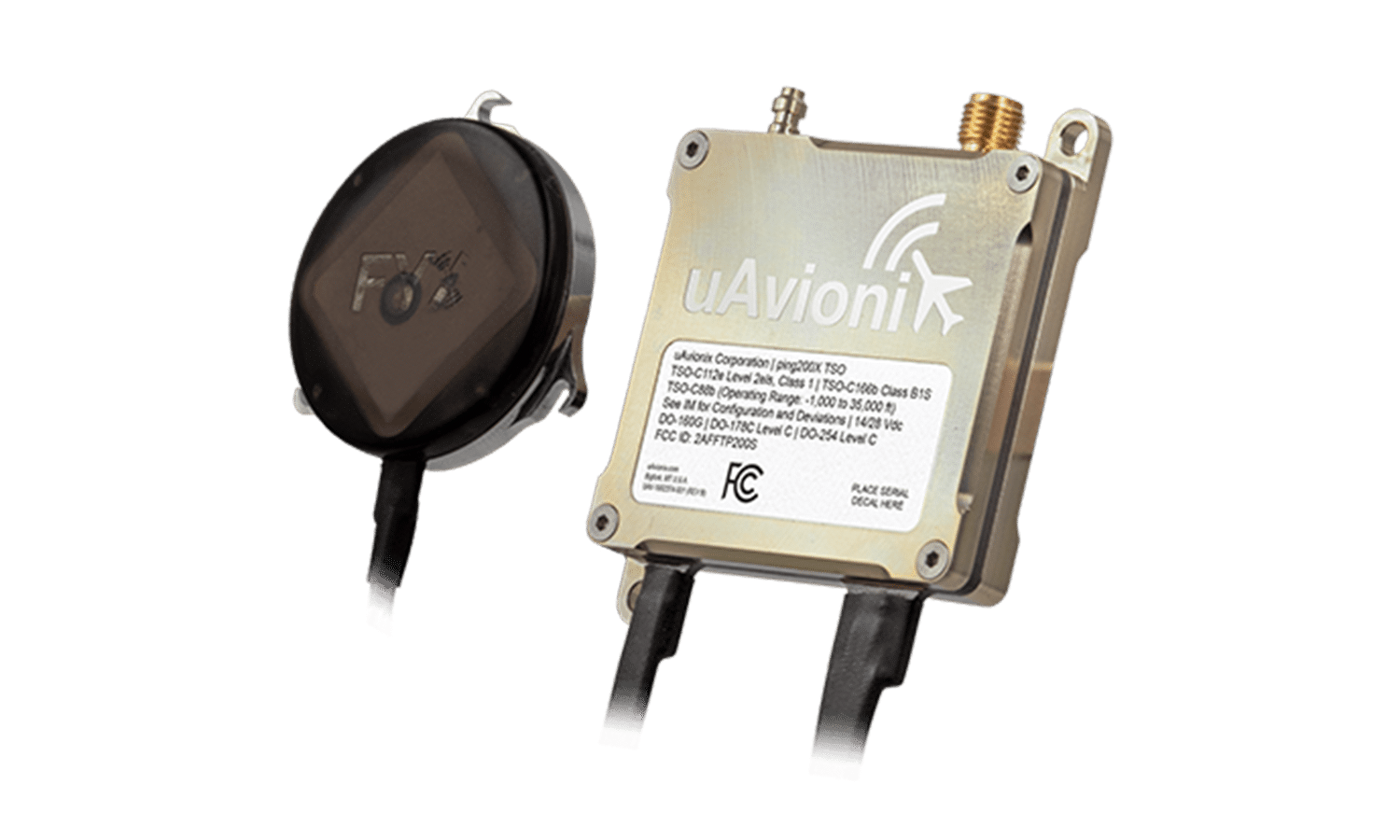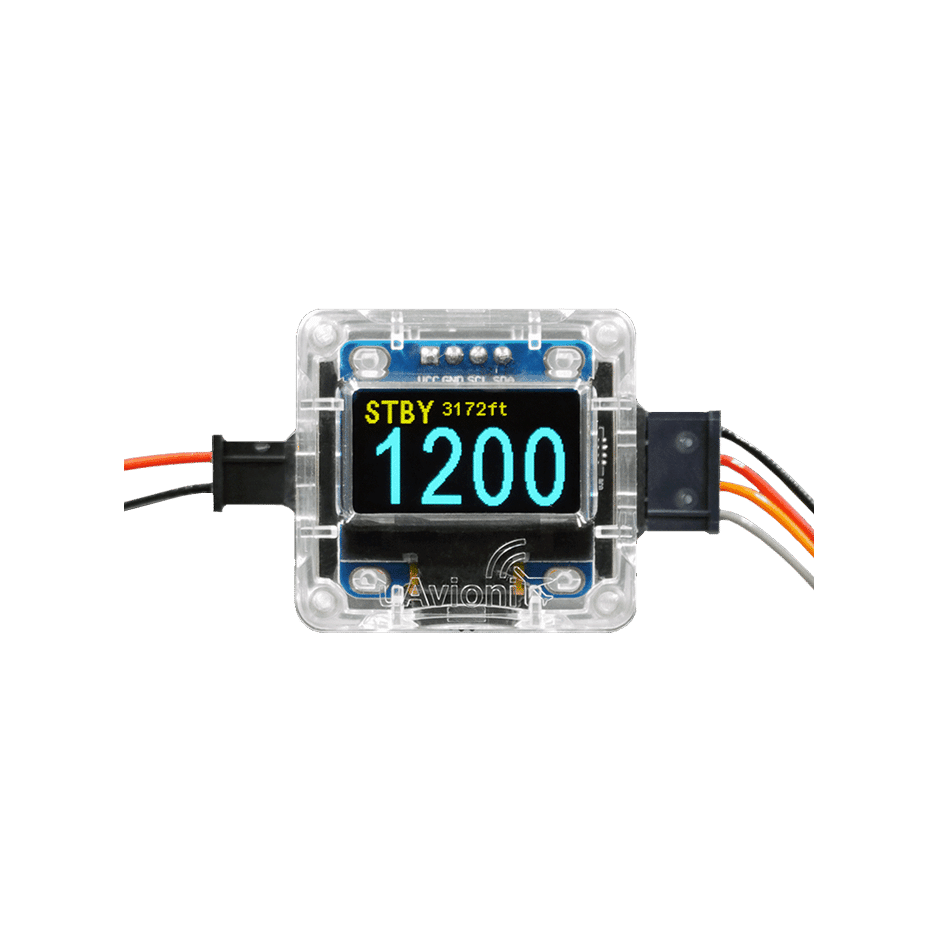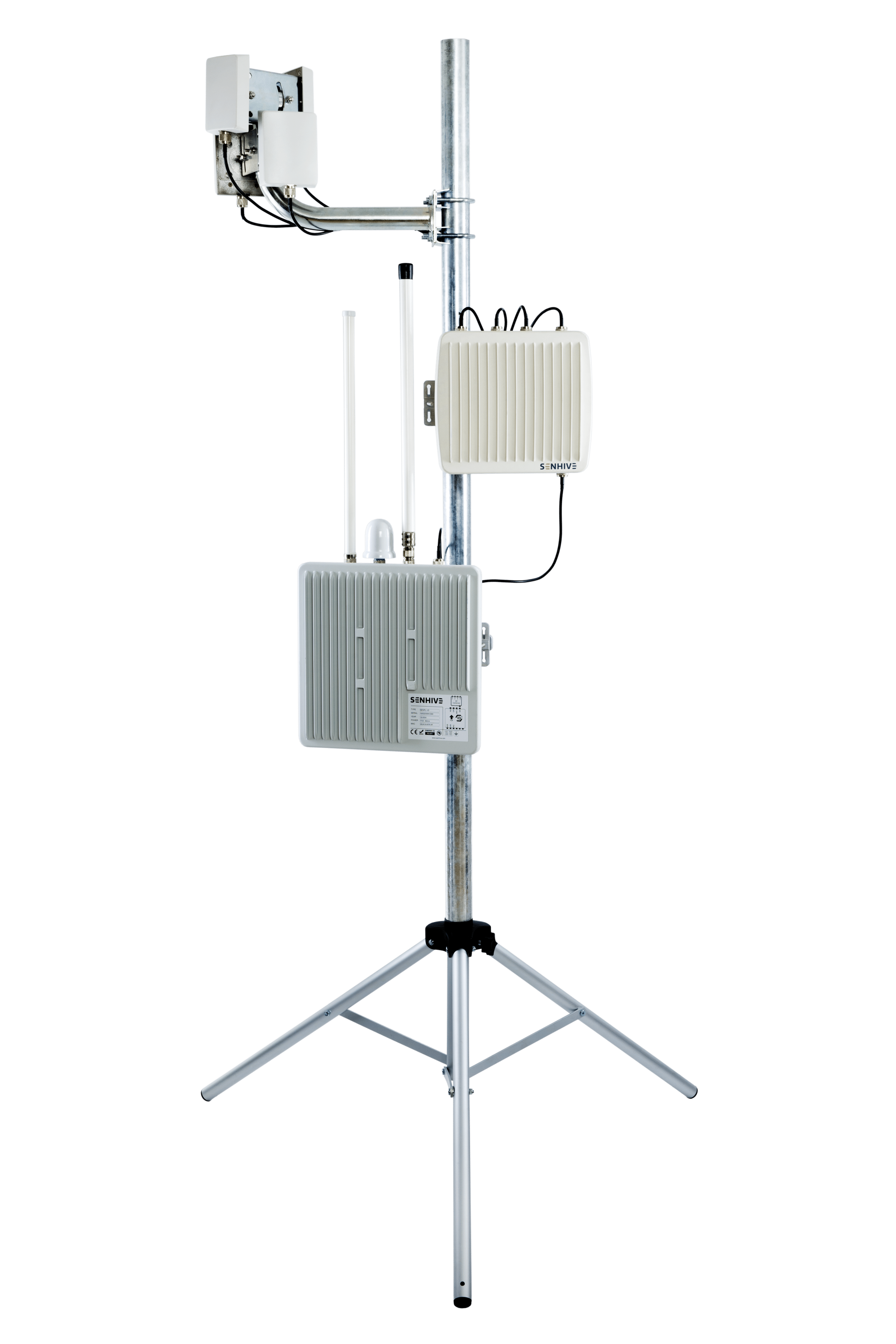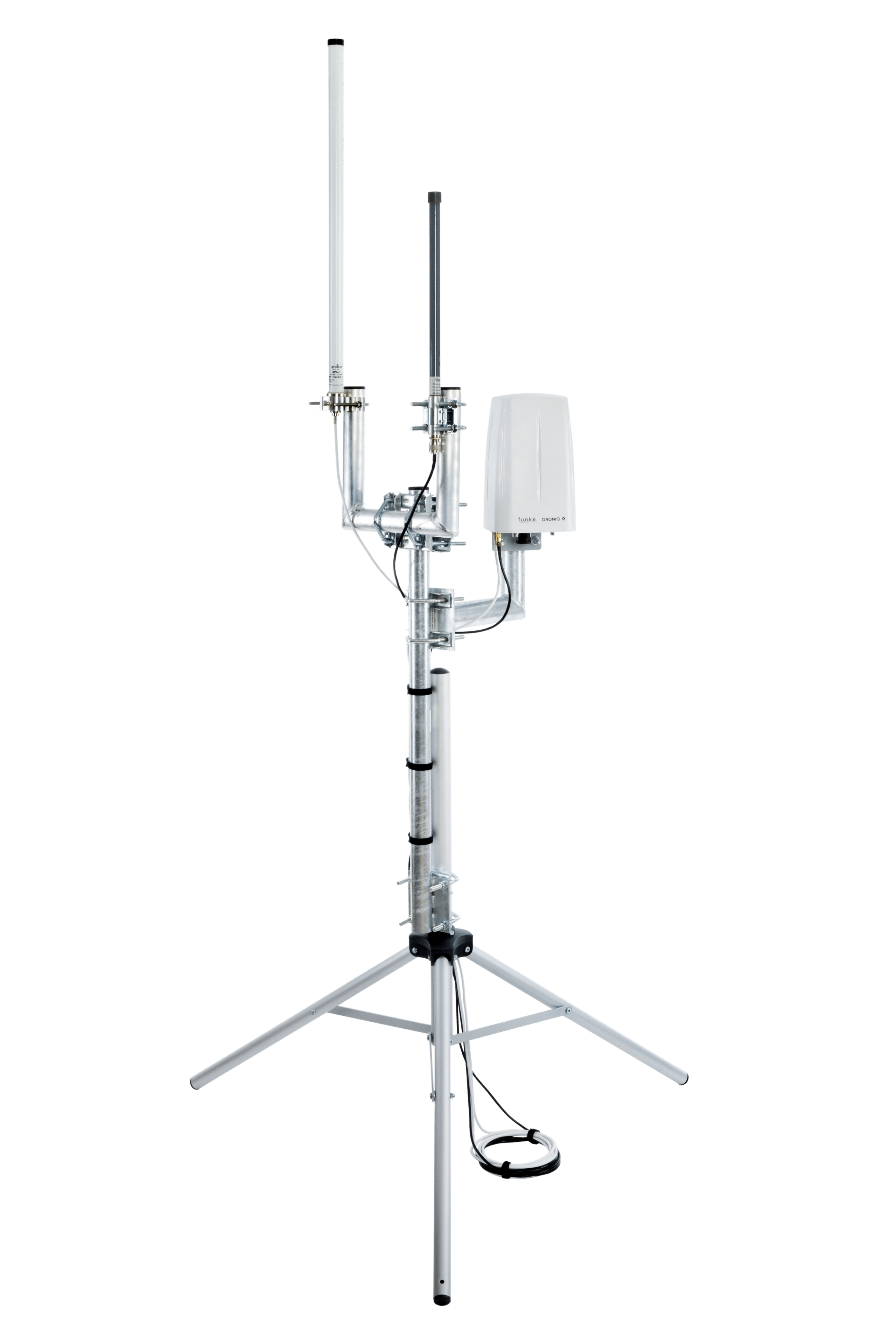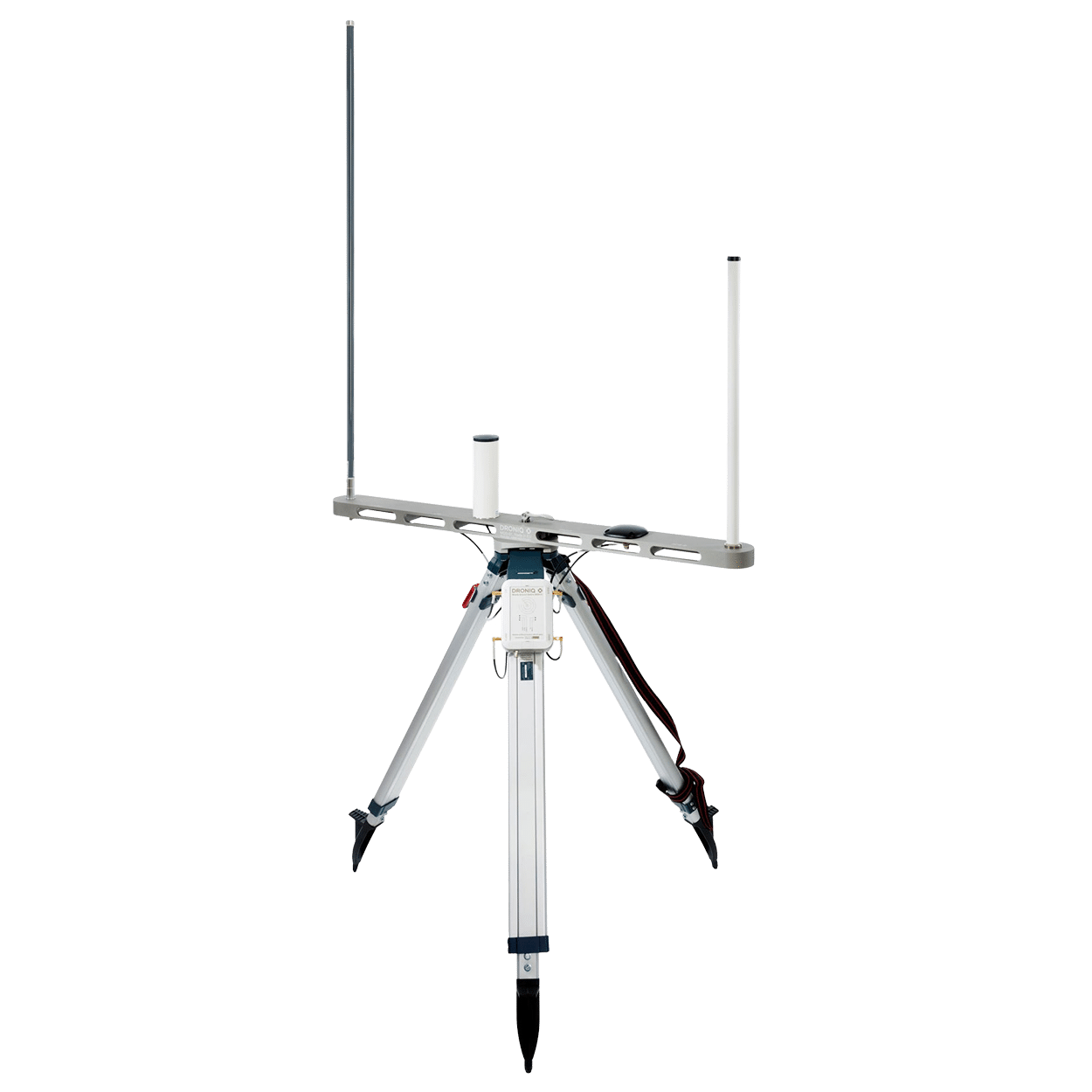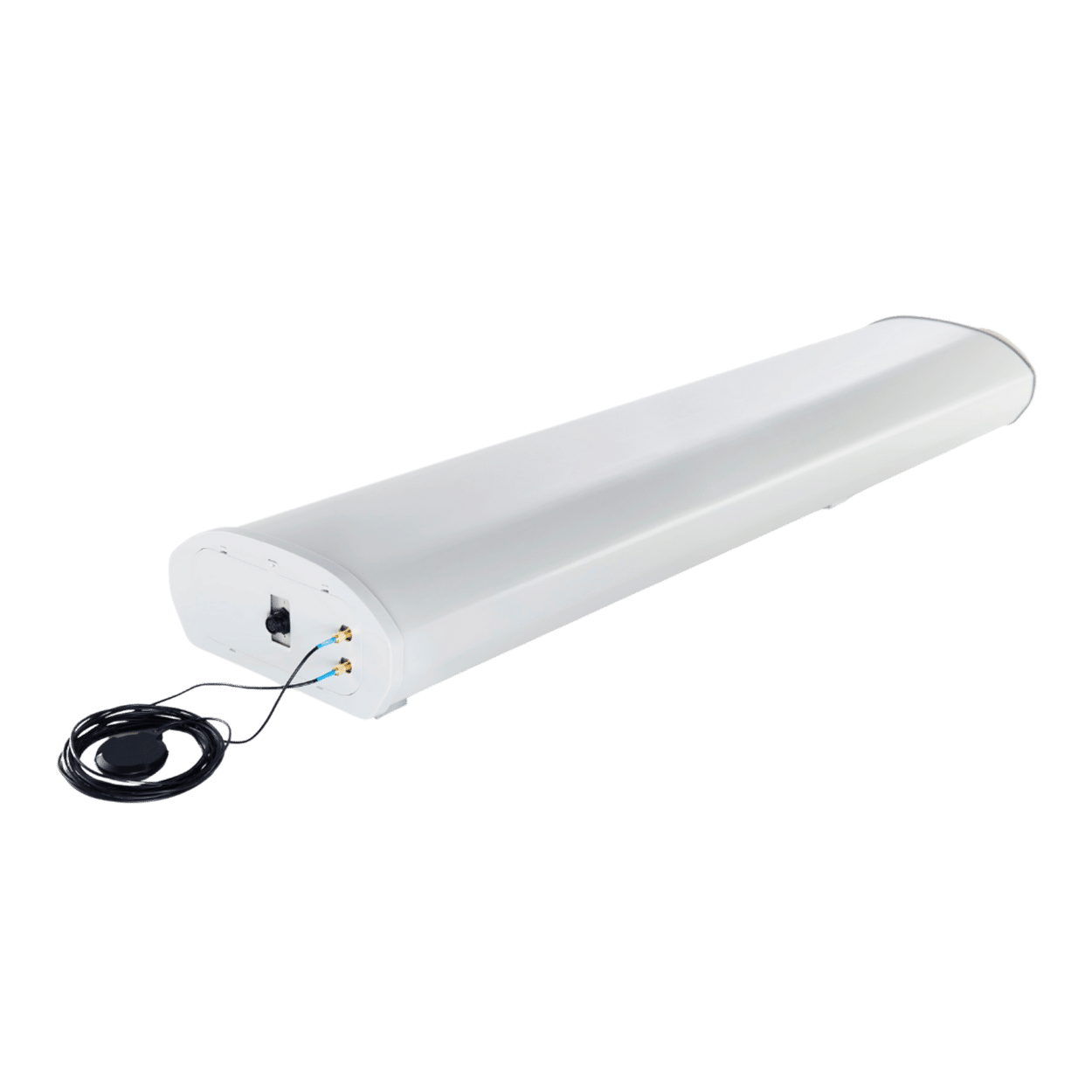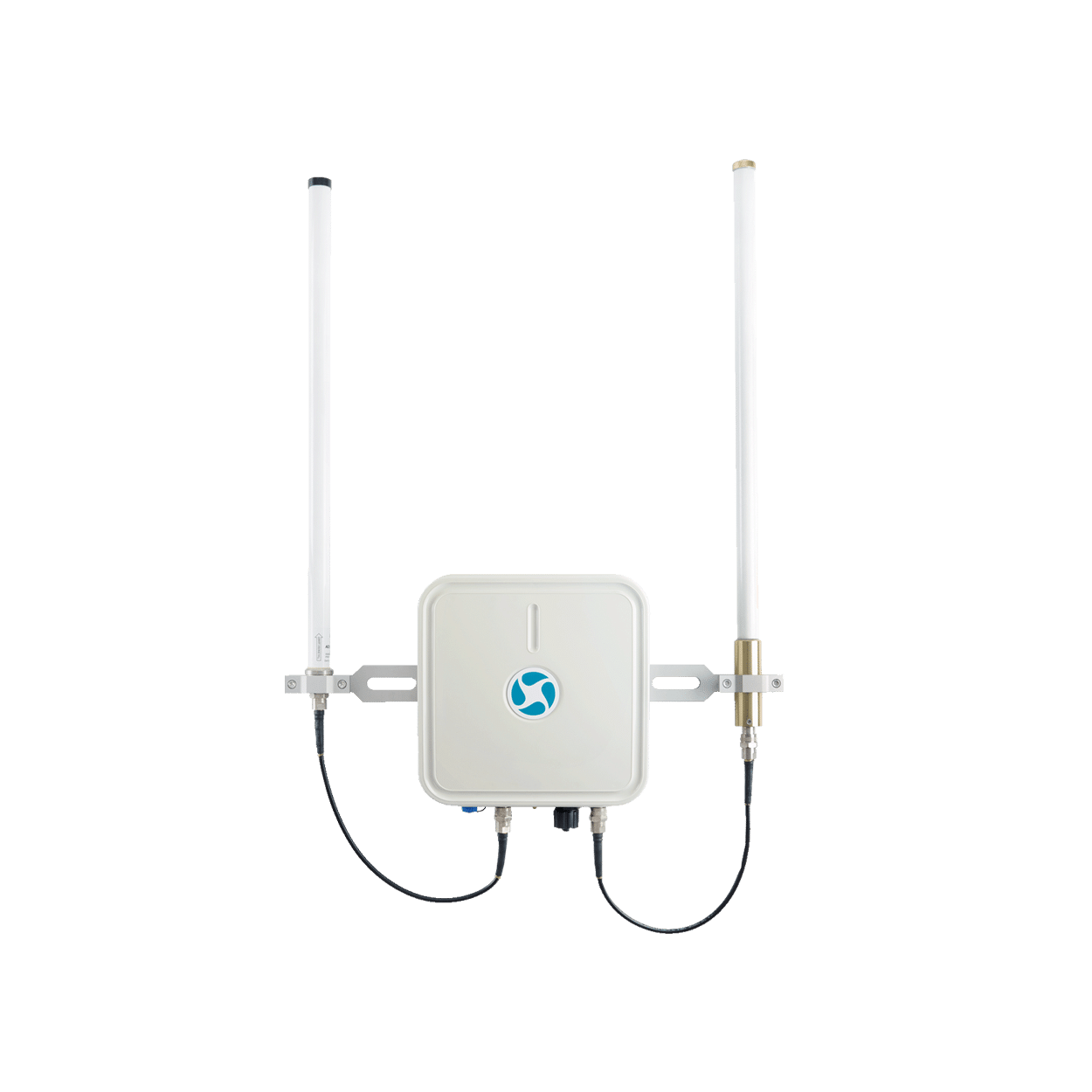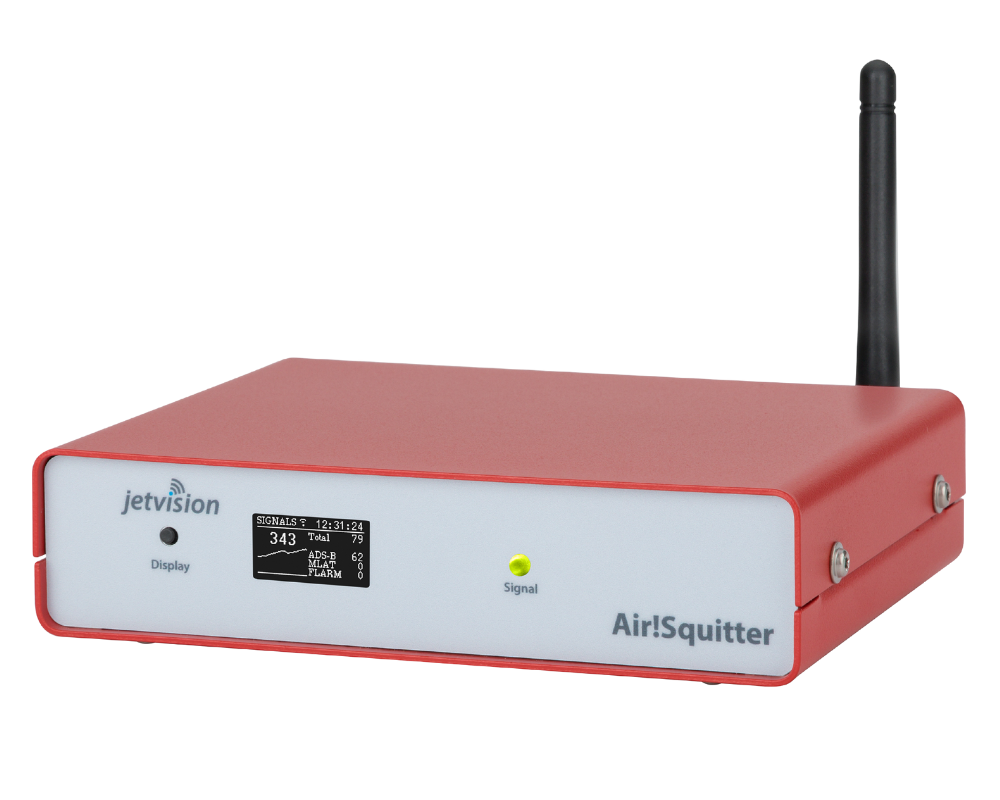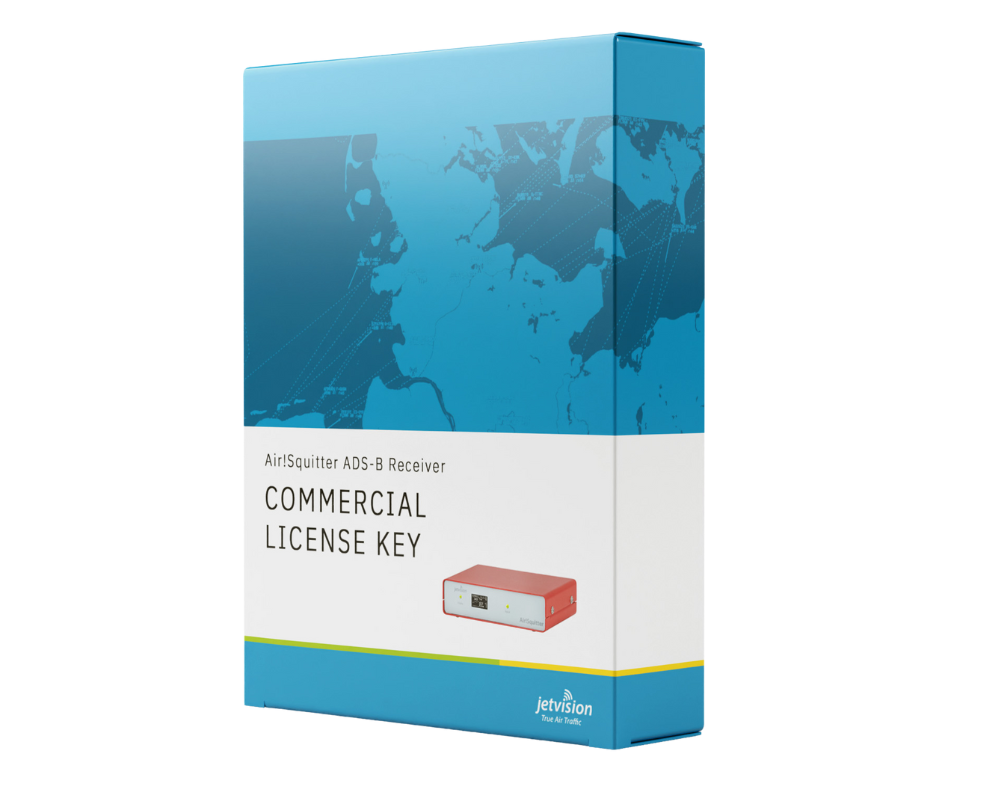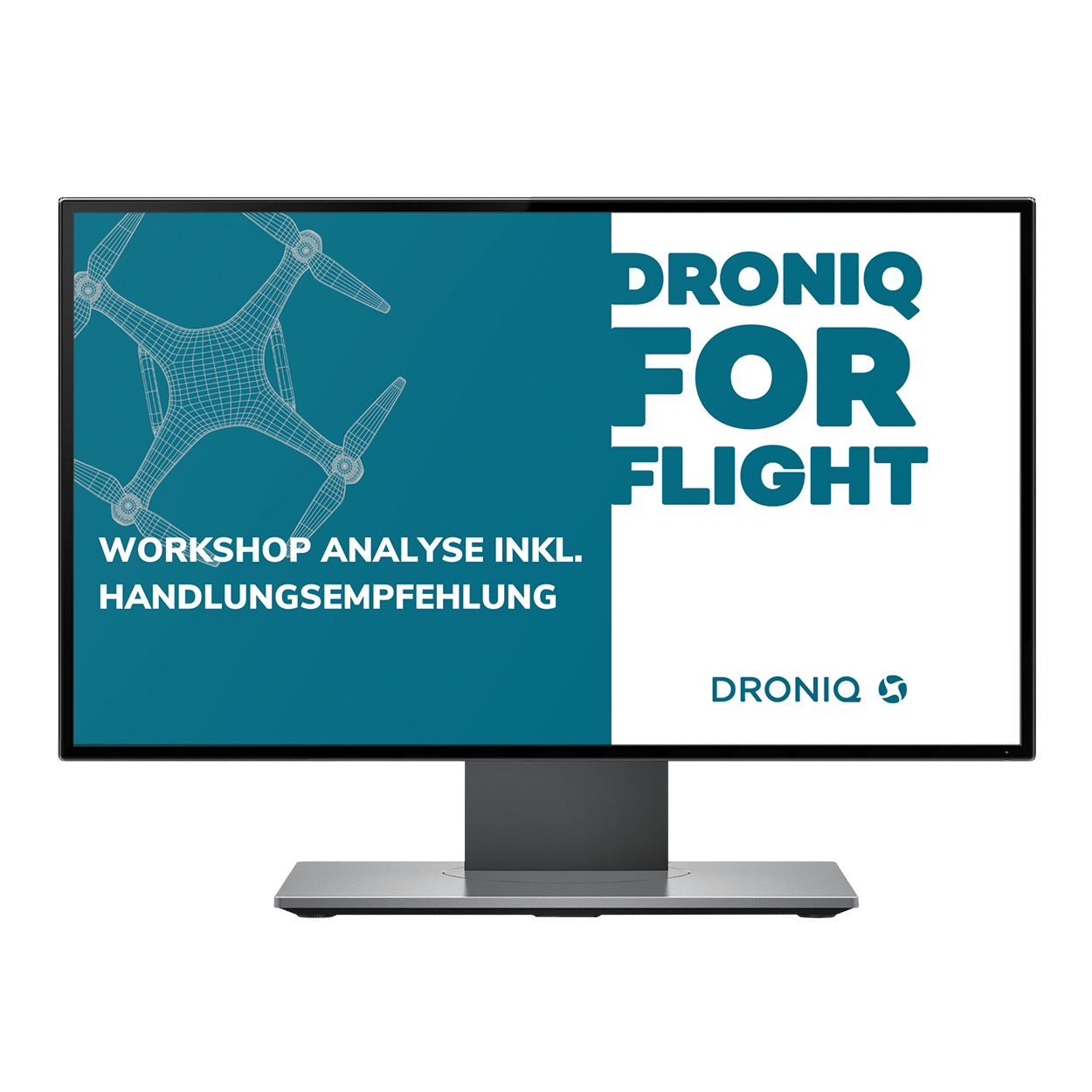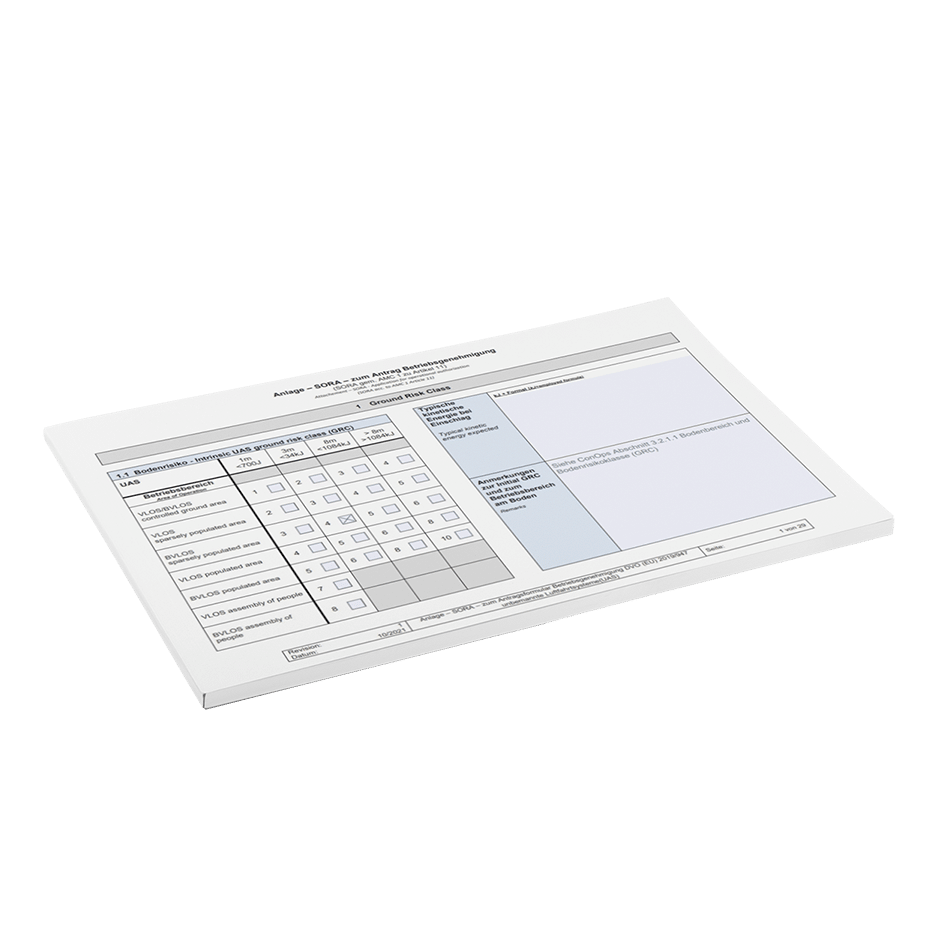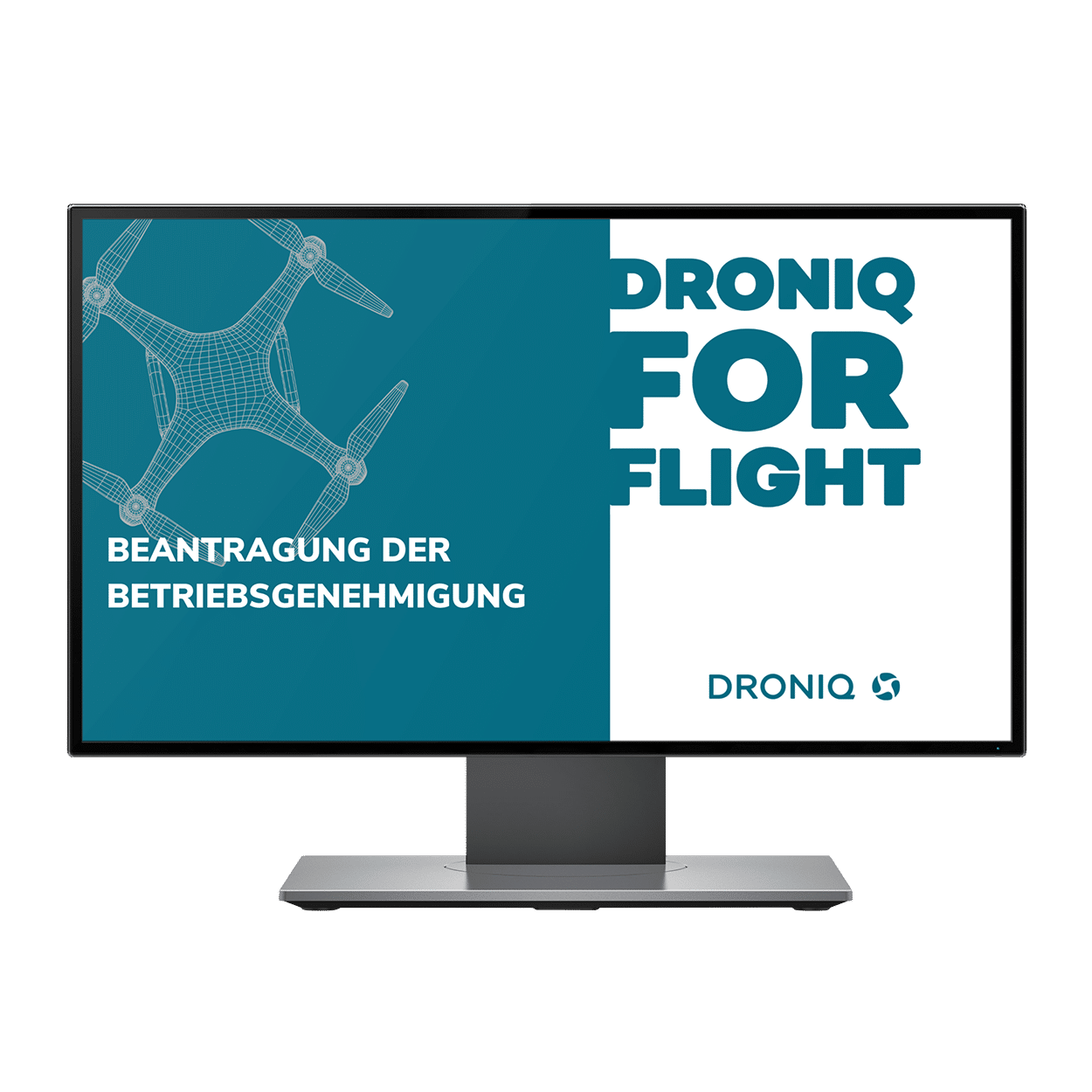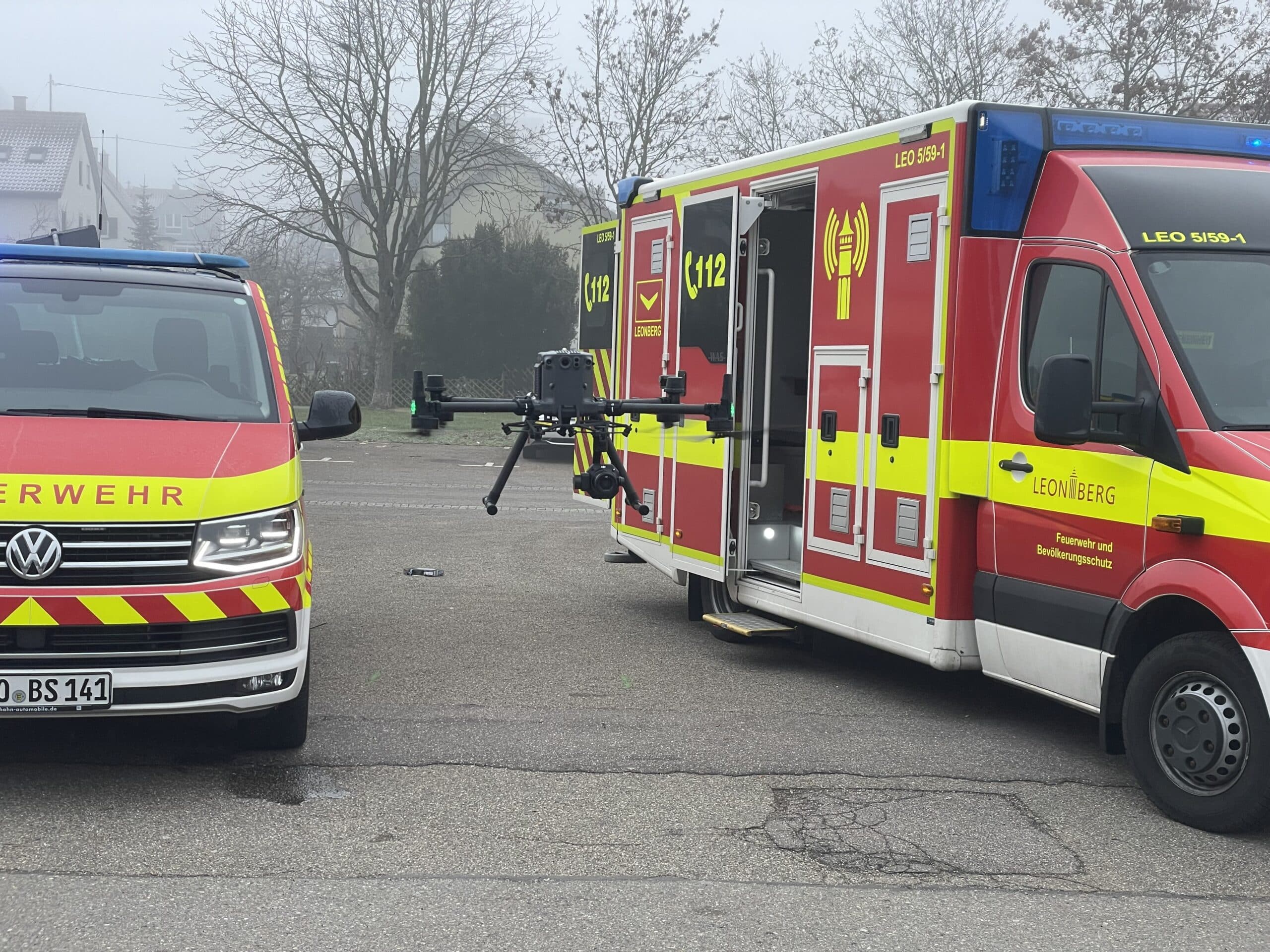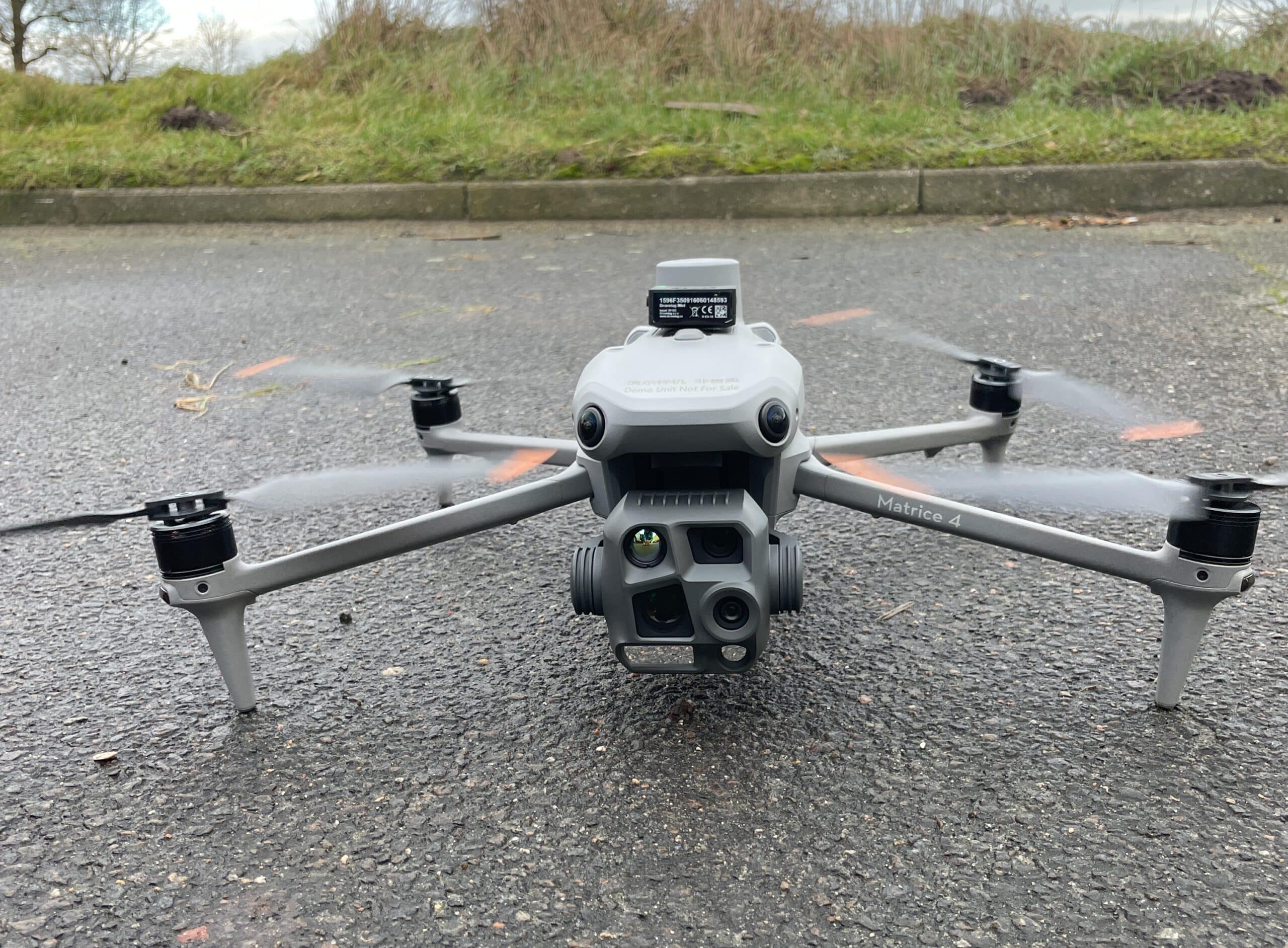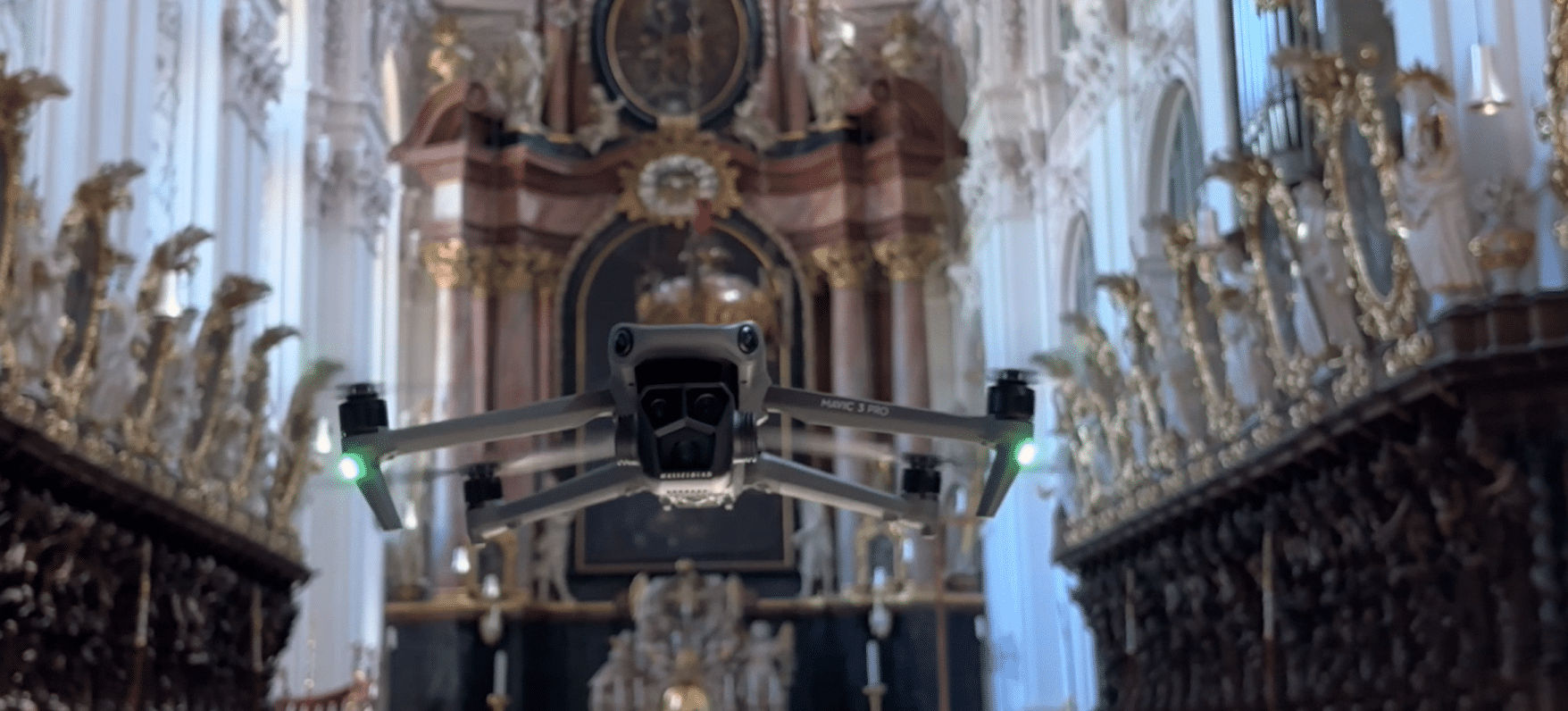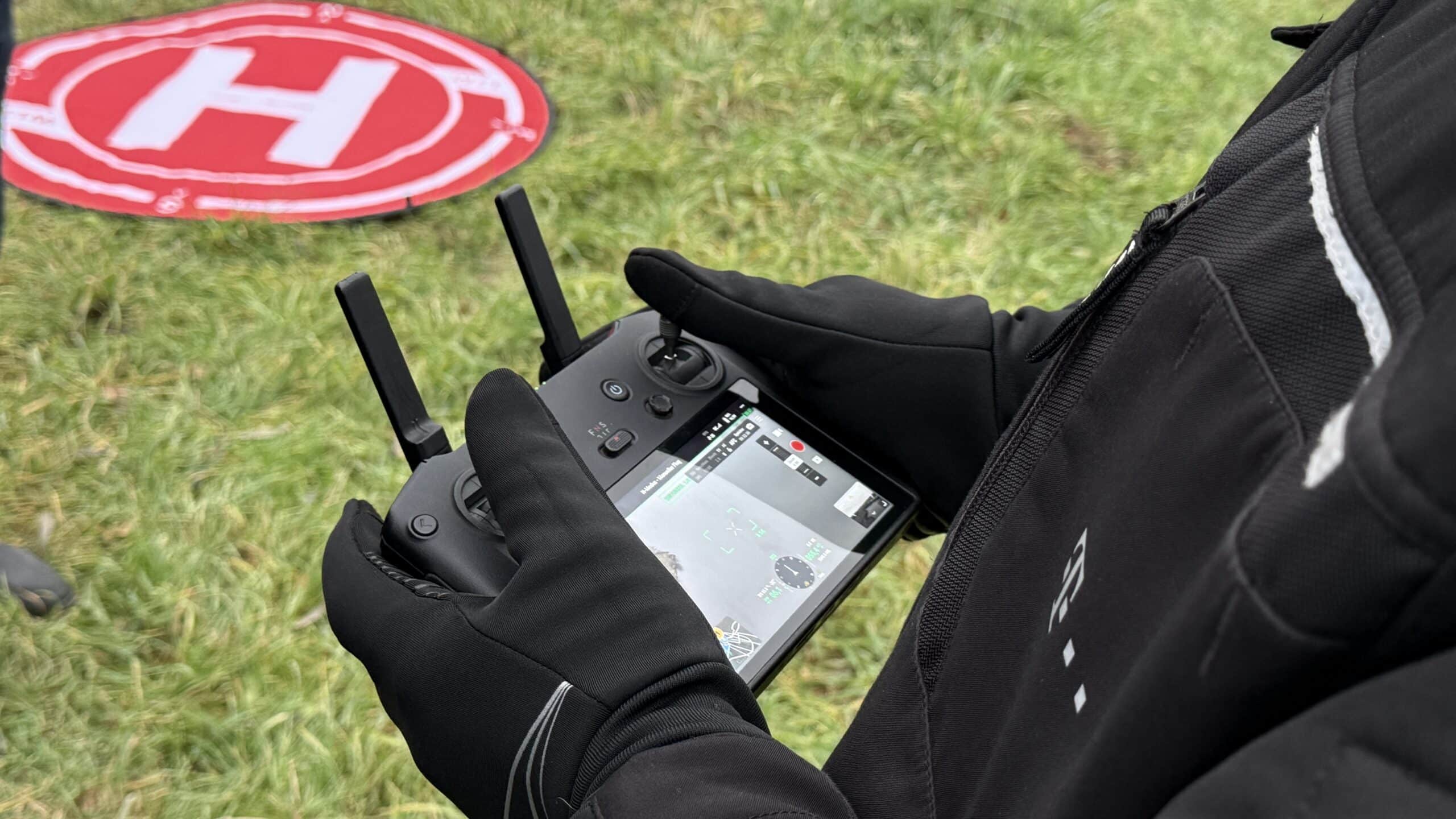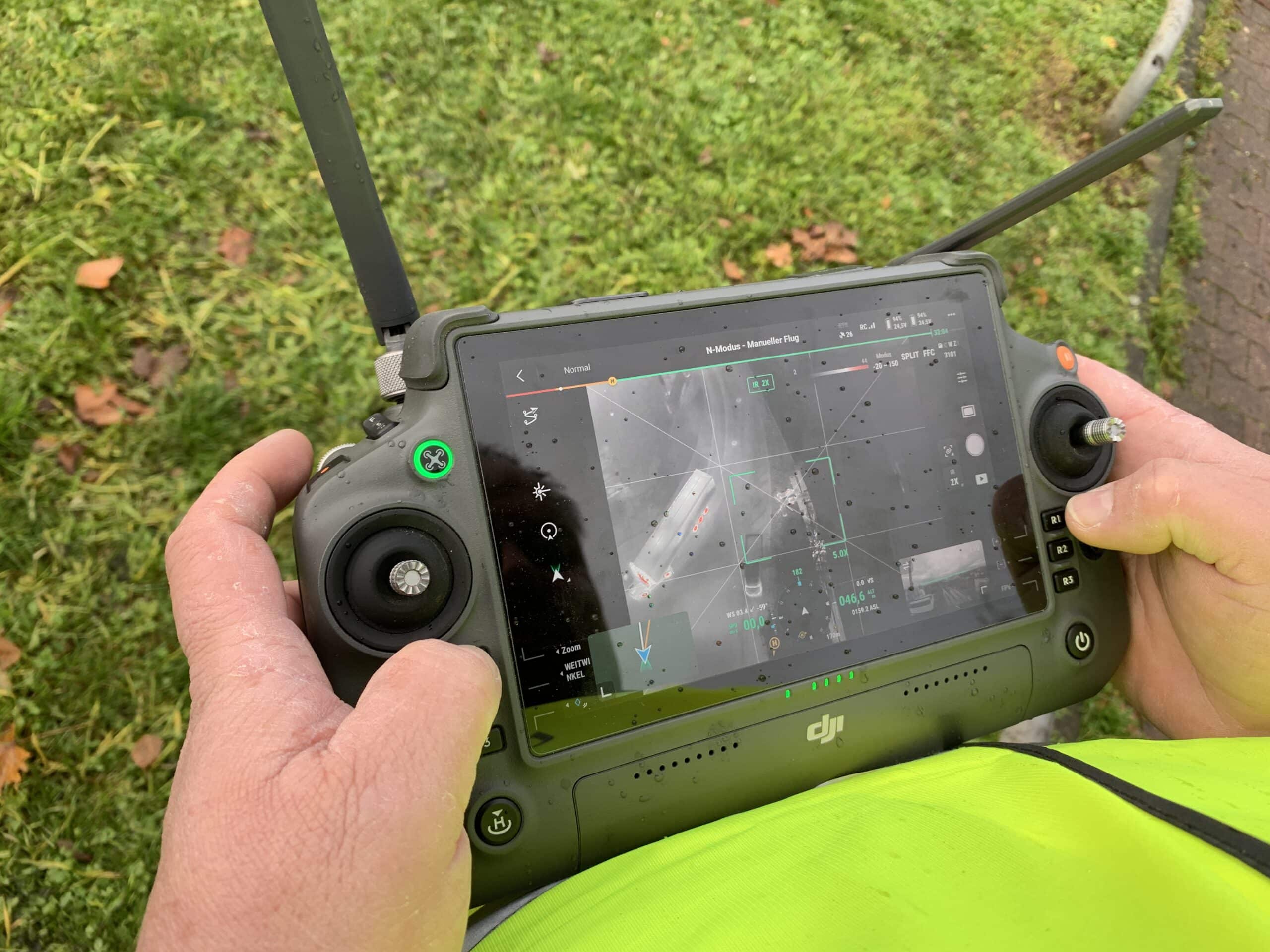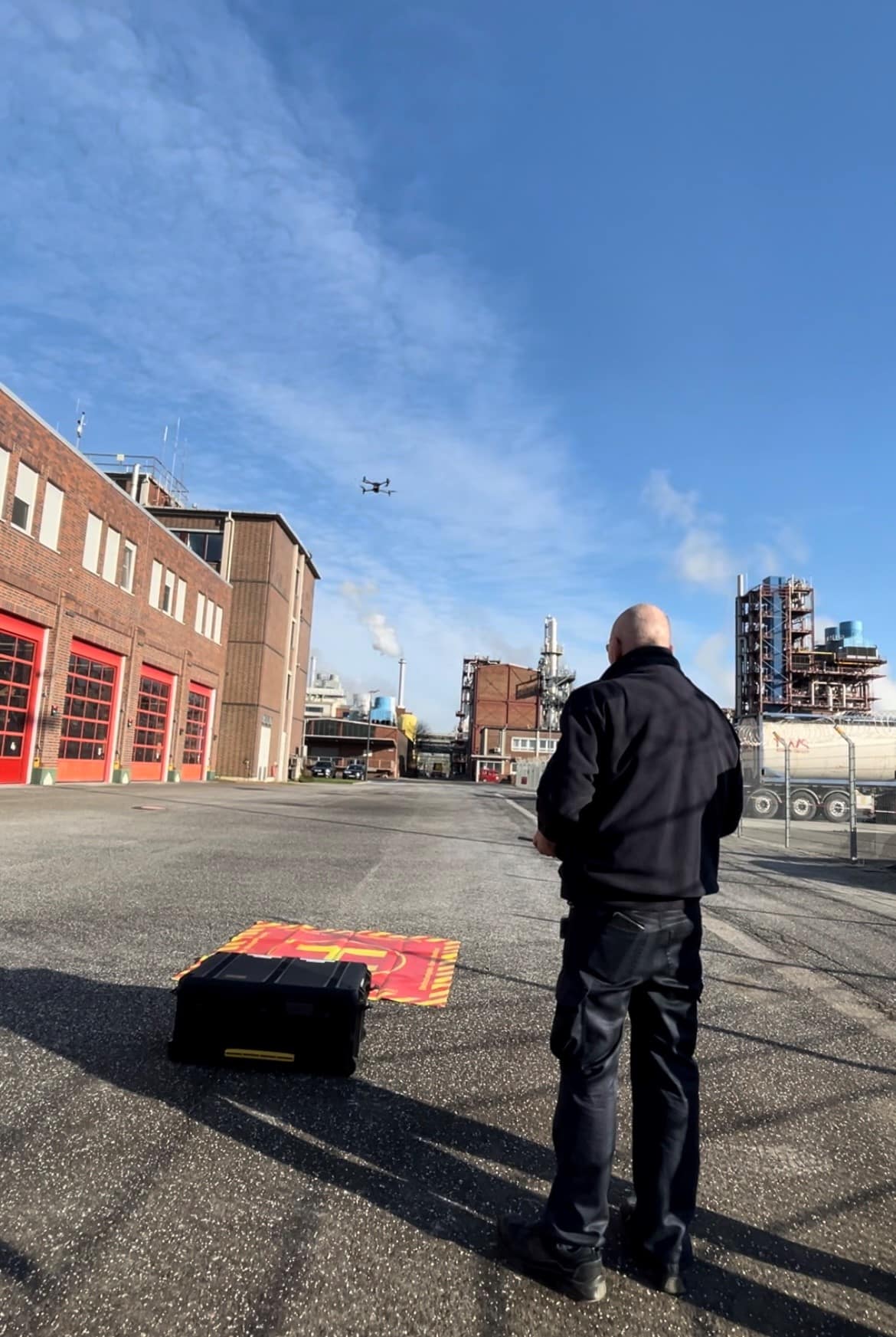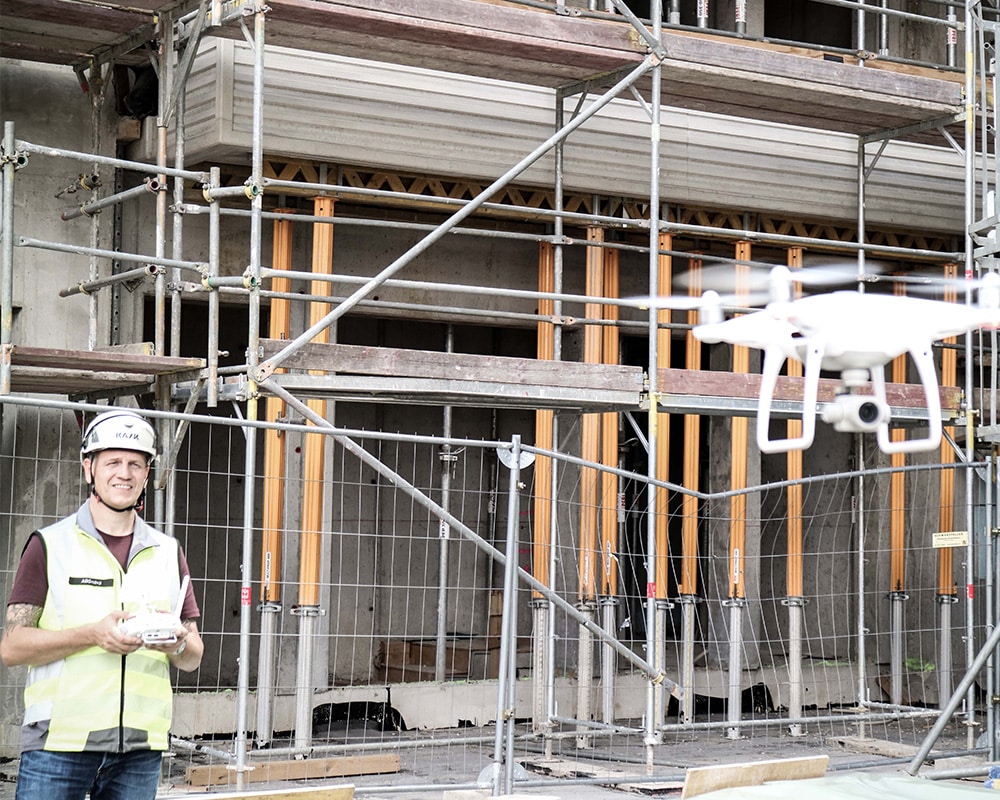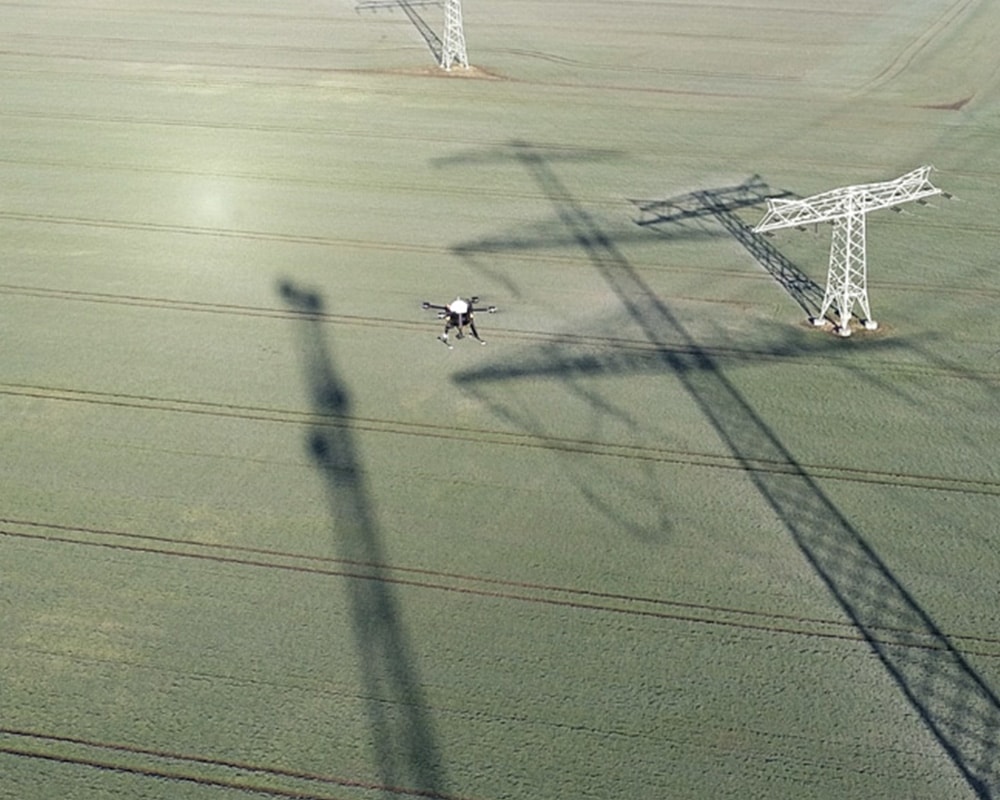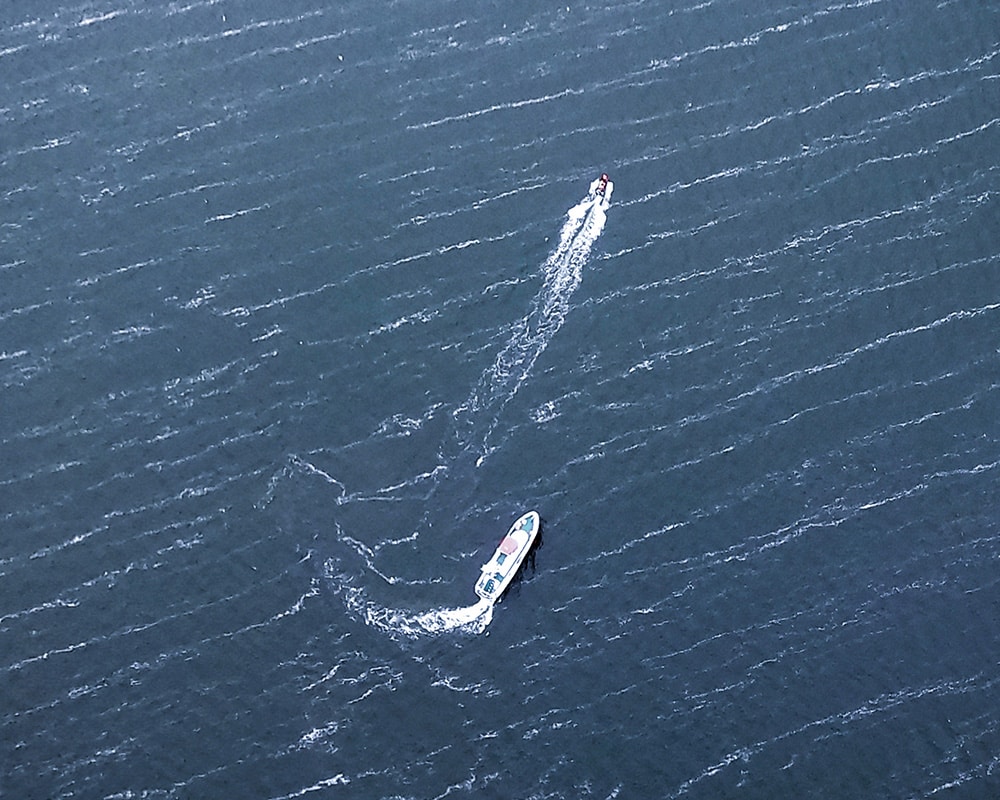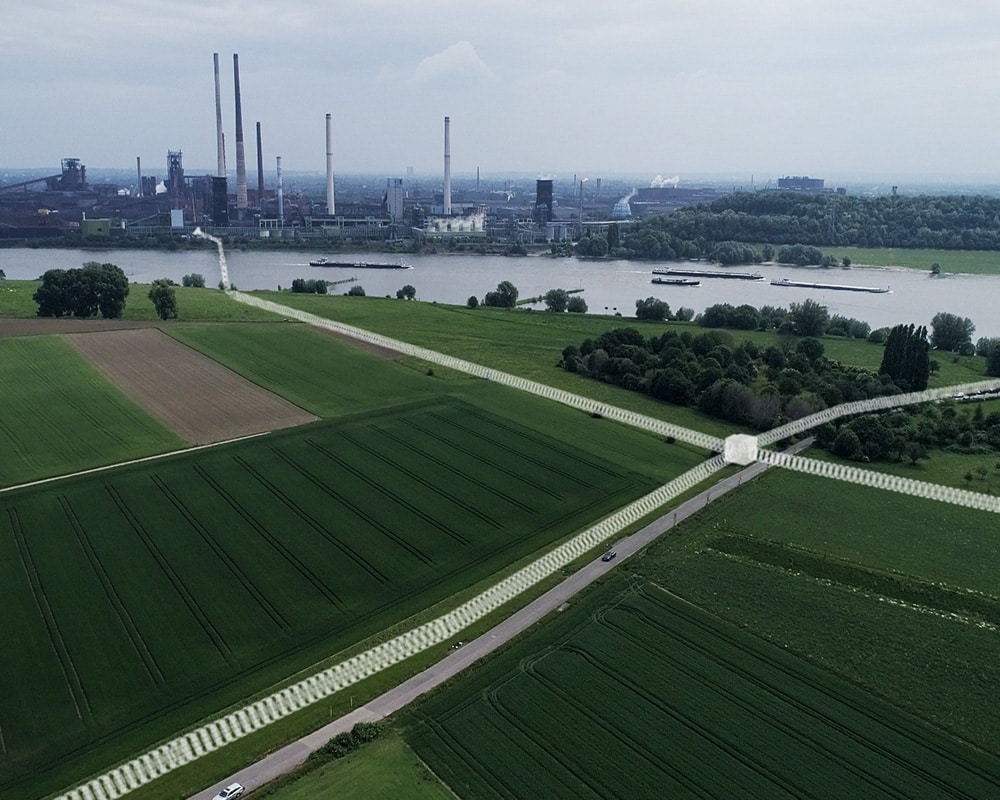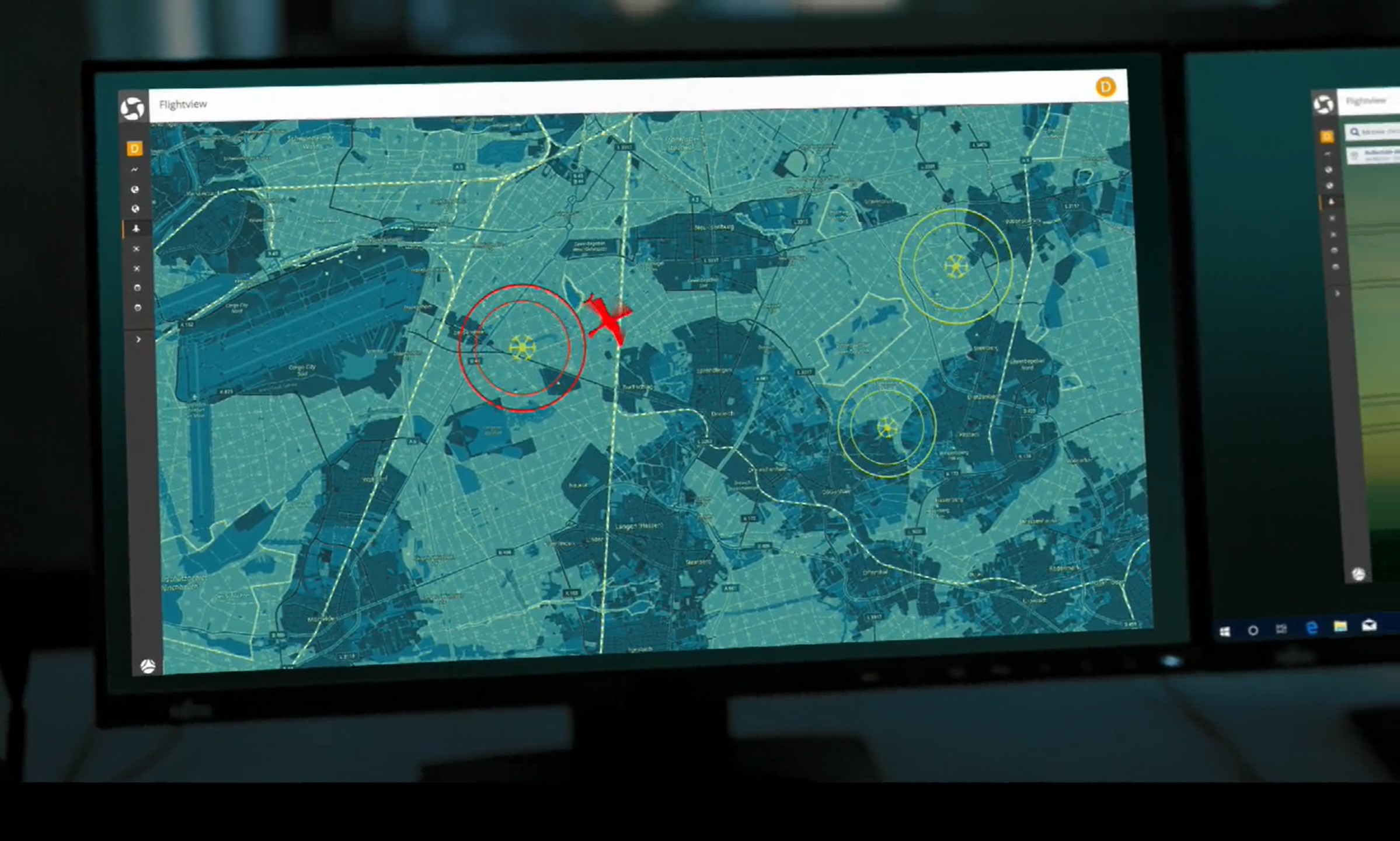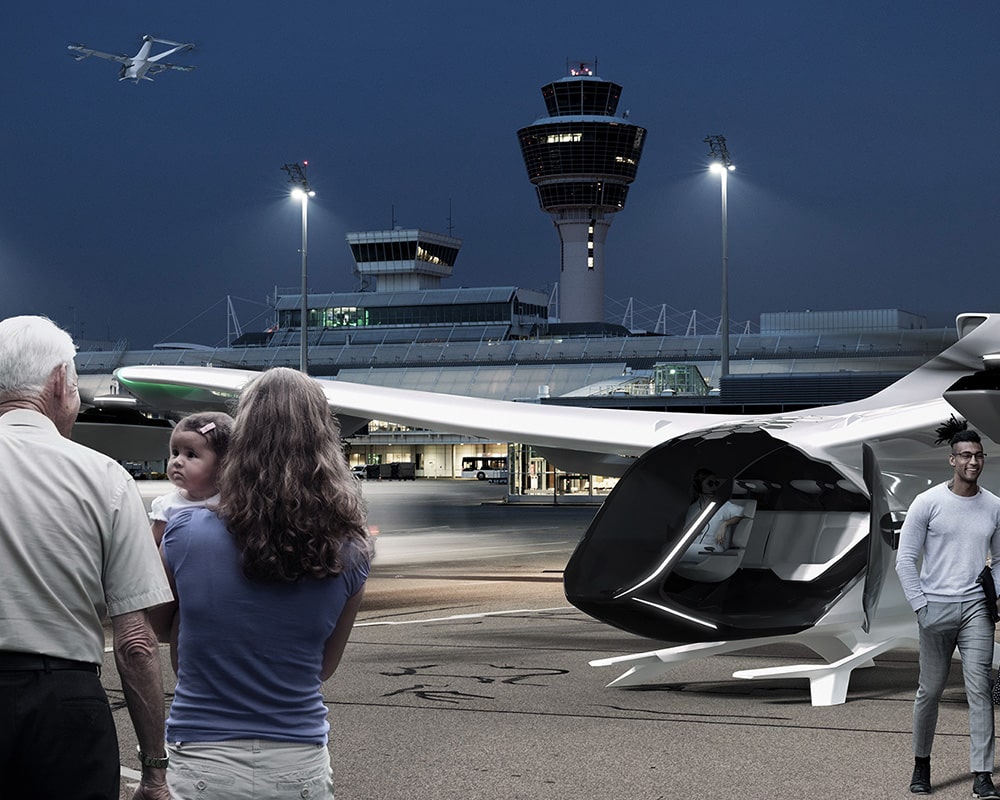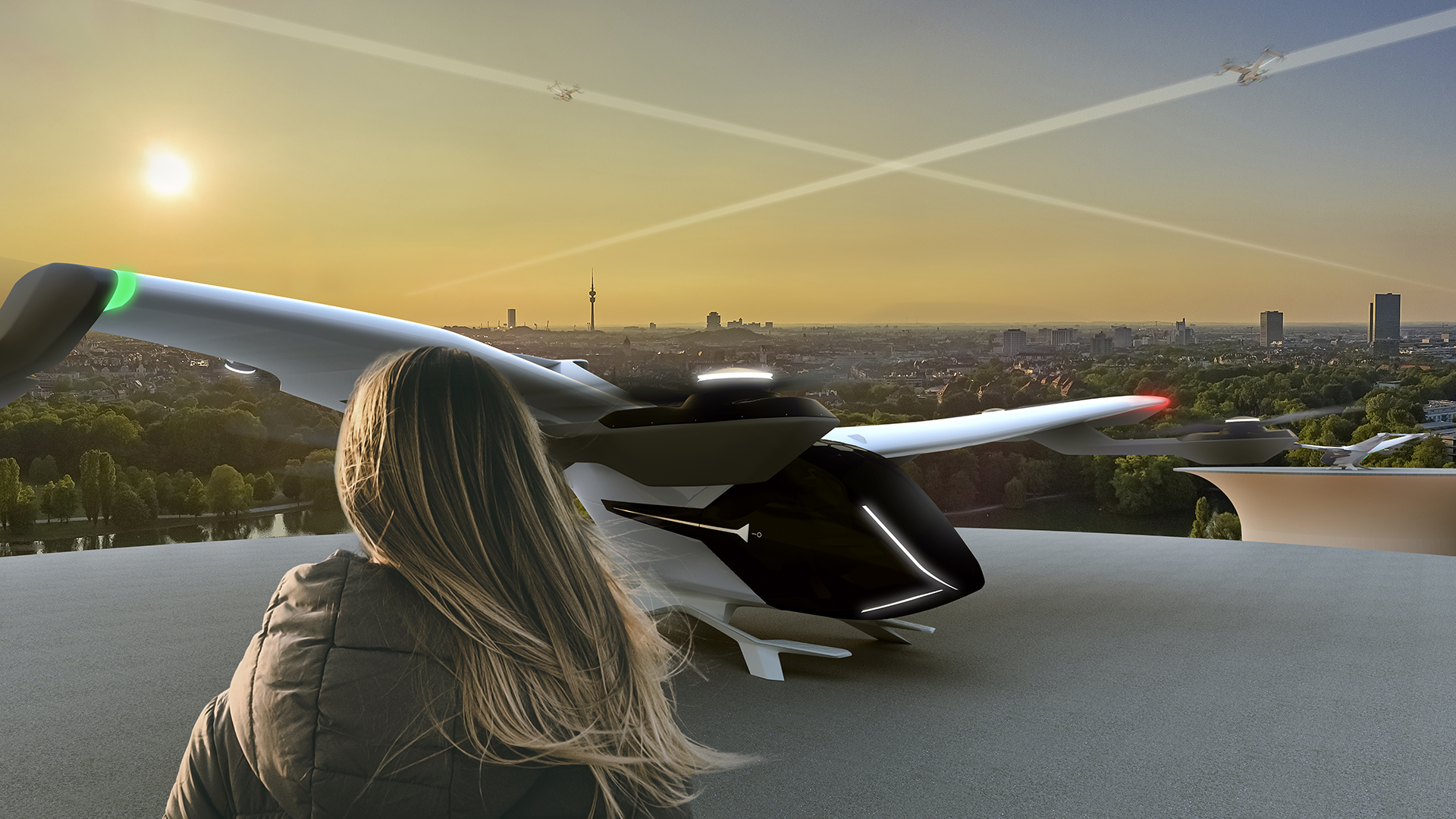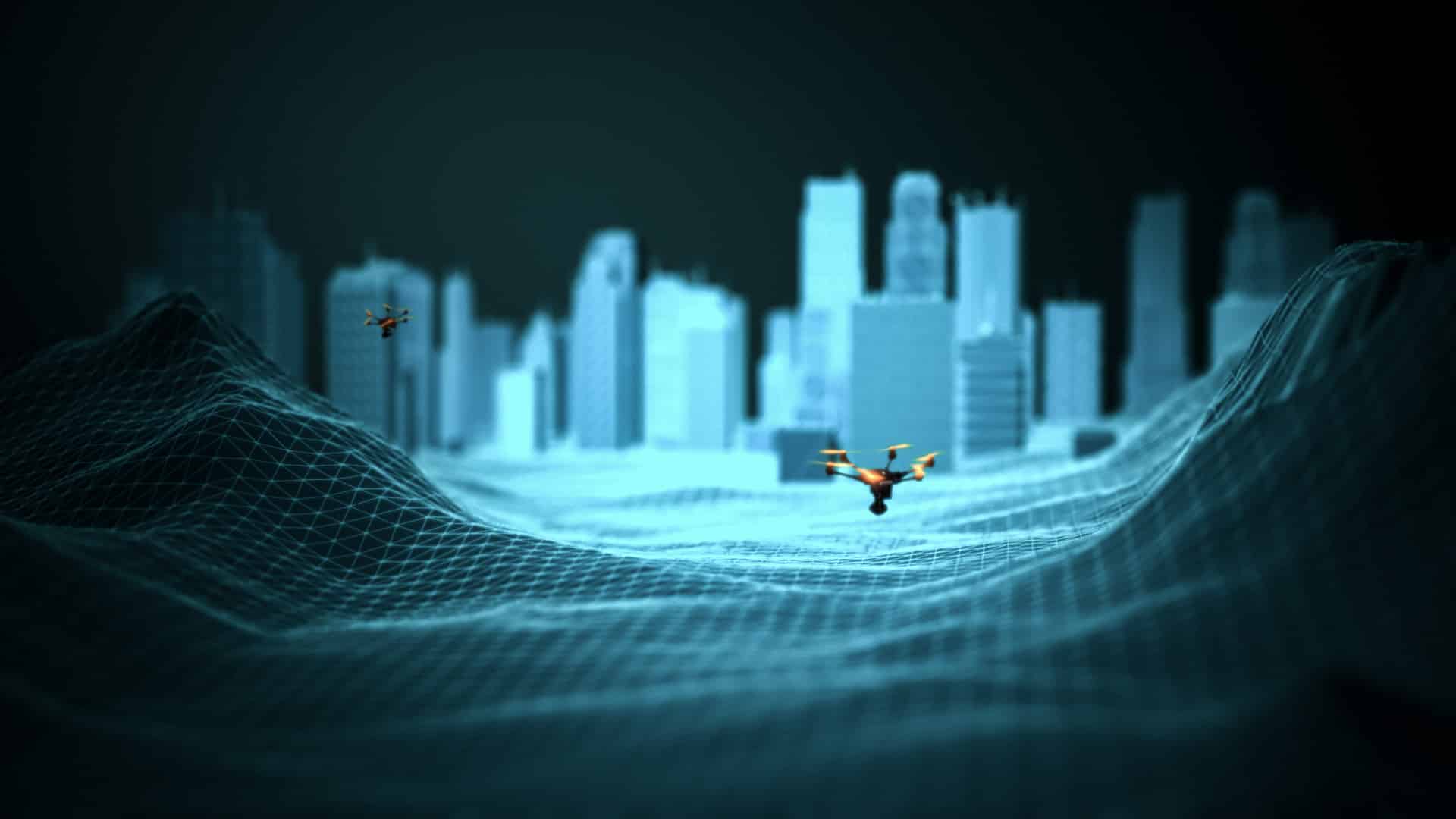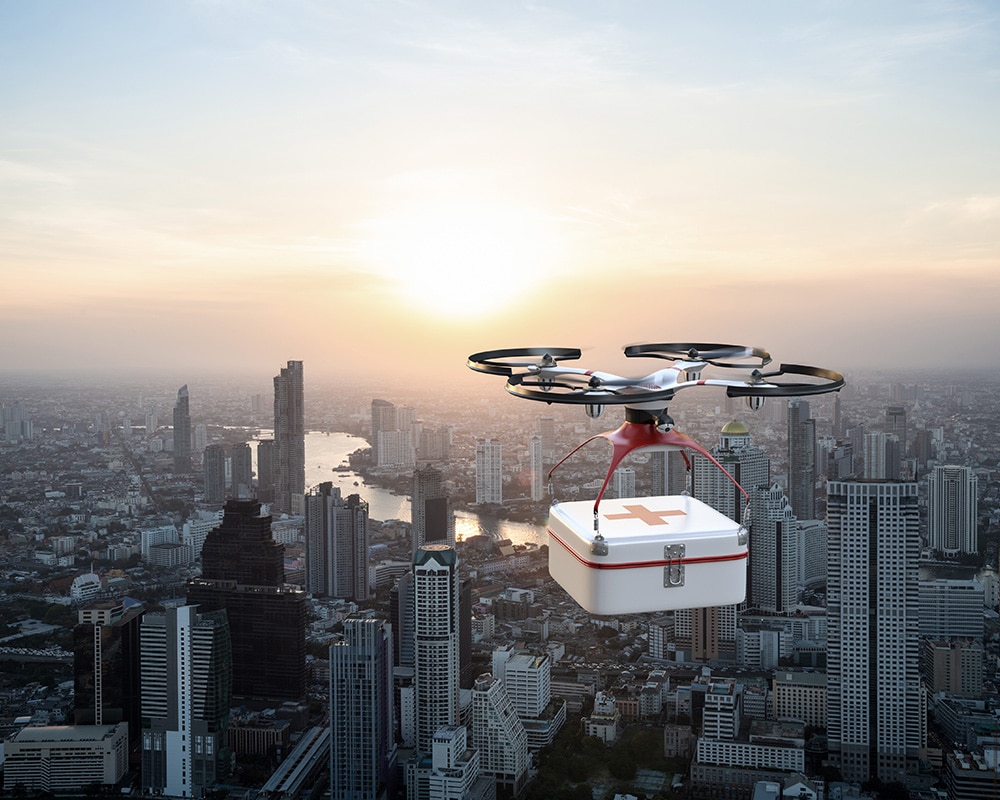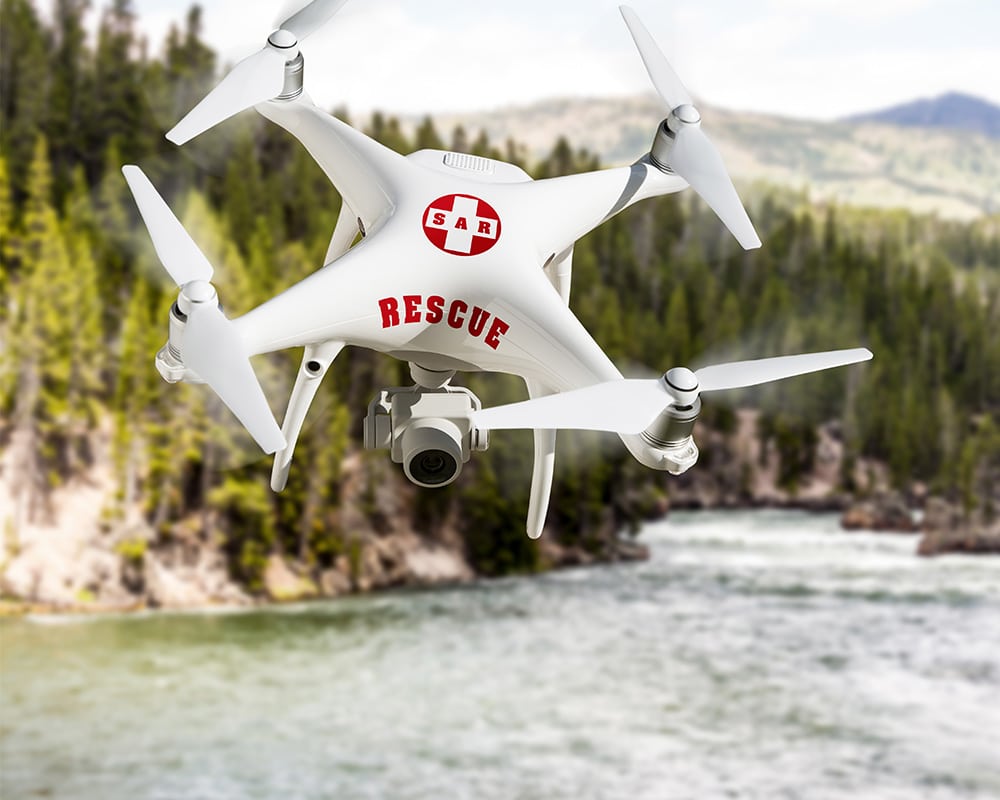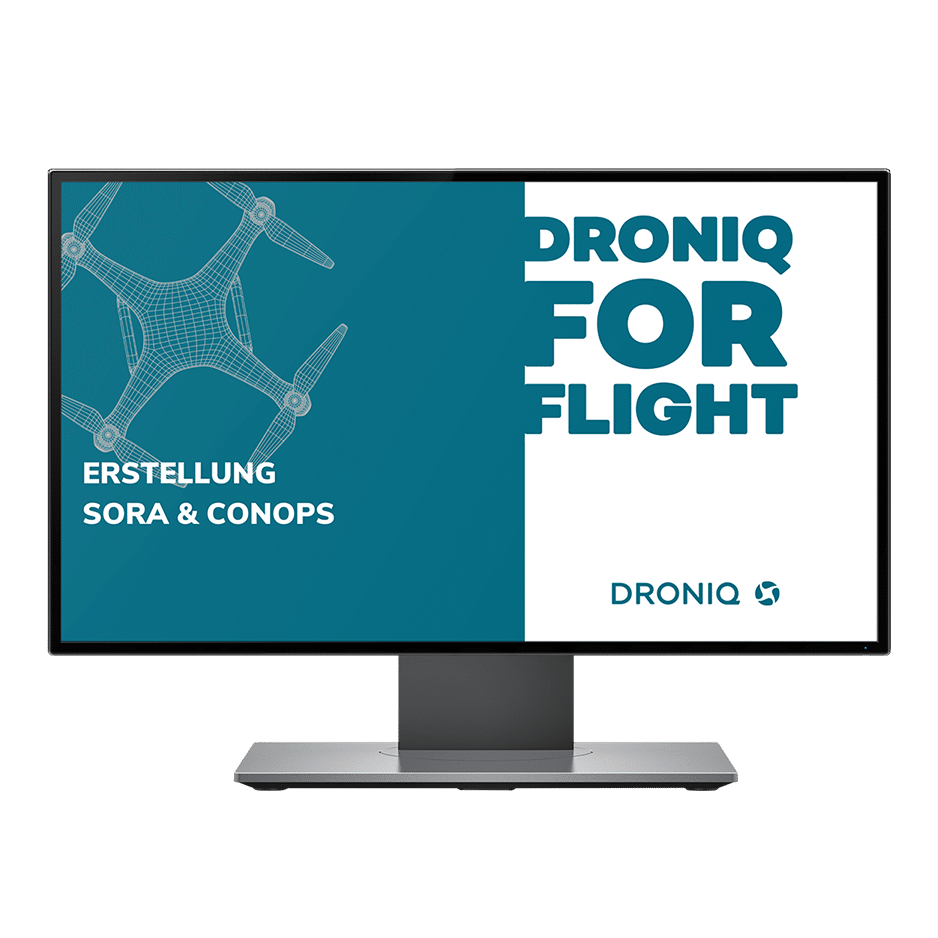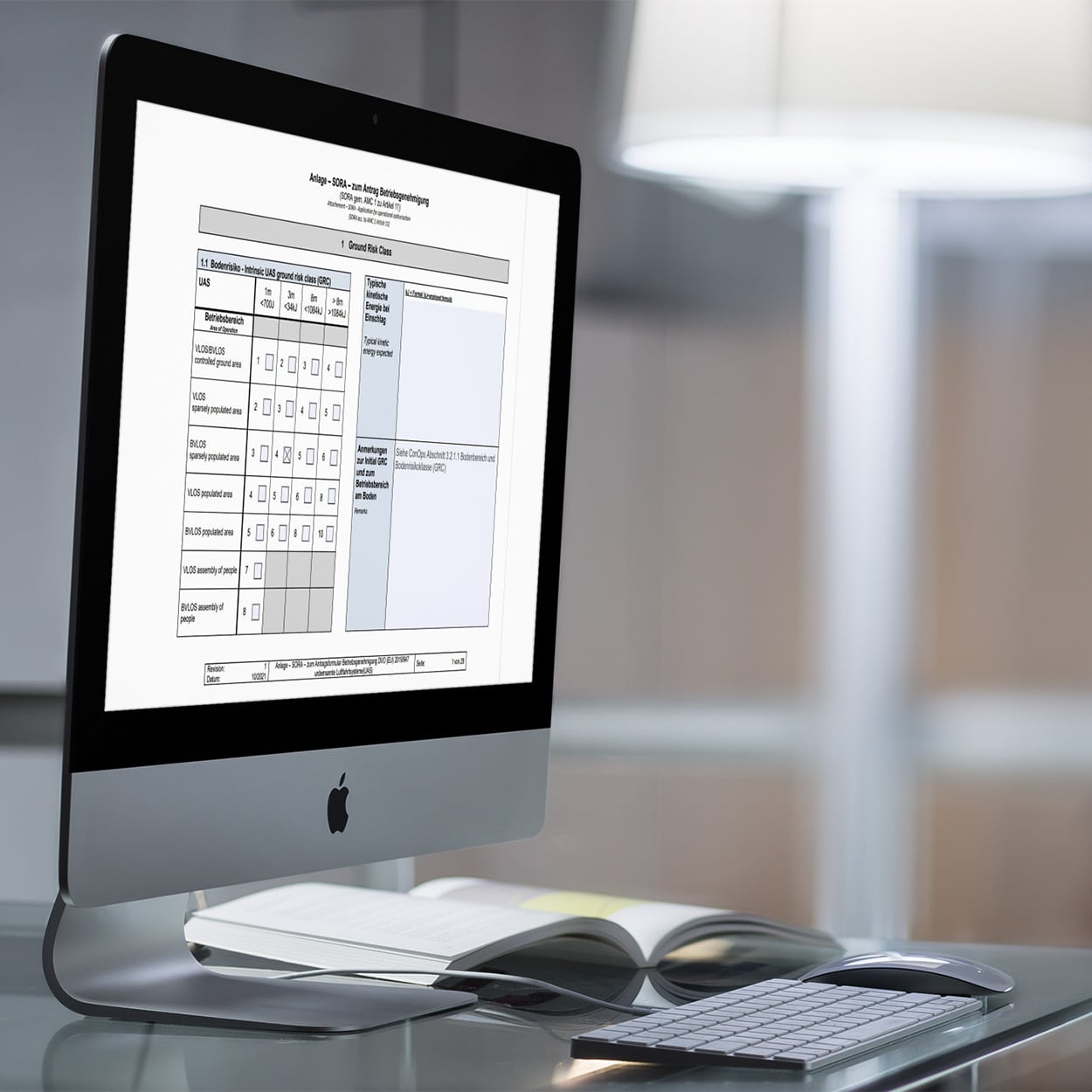Procedure
Since 01 January 2021, new drone rules have been in force across Europe, which are governed by Regulations (EU) 2019/947 and 2019/945. They harmonize the requirements for drone flight in the individual member states.
In this context, remote pilots must also acquire new qualifications for operations in categories A1/A3 or A2 after the transition period. In order to be able to carry out the flight safely and efficiently, a more or less elaborate operational description (Concept of Operations - ConOps for short) as well as a risk analysis (Specific operations risk assessment - SORA for short) are required in the special category, depending on how complex the planned flight project is.
Our specialists are trained flight instructors, drone and professional pilots and will create digital as well as audit-proof manuals (pdf document) for you, which you can submit to the competent authority.
Together with you, we will define the parameters of your flight project in a workshop and discuss the further procedure. How is your organization structured, where and for what purpose do you want to carry out your flights or which drones do you want to use for this purpose are just a few questions.
Following the workshop, the preparation of the operating concept and risk analysis takes place in close cooperation and constant exchange within the framework of recurring online meetings with you, so that the concepts developed also fit your operation and you are constantly informed throughout the entire process up to the operating license and your wishes can be implemented in the best possible way.
ConOps and SORA are also meticulously compared on an ongoing basis to determine, for example, whether the drone used is also suitable for the flight project or whether adjustments are necessary in order to ultimately provide a realistic assessment.
After about three months, we will provide you with a finished operating concept and risk analysis that you can submit to the authorities. We are happy to accompany you also in this step of the approval process and support you in communication with the authorities.

Operating Description (ConOps)
The operating description (ConOps) answers the following topics:
- Organization of UAS operations in terms of structure, responsibilities, manning, quality assurance, training, maintenance.
- Where do flight operations and drone flights take place (airspaces, UAS areas)?
- Which drones are used for the flights?
- Is VLOS or BVLOS flown?
- How drone operations are conducted as standard starting from survey of routes, implementation of safety measures, planning / execution of (test) flights, creation of safety and emergency procedures to reporting of incidents
- What are the operating limits and what is a possible emergency plan in case of loss of control, accidents or fire?
- uvm.
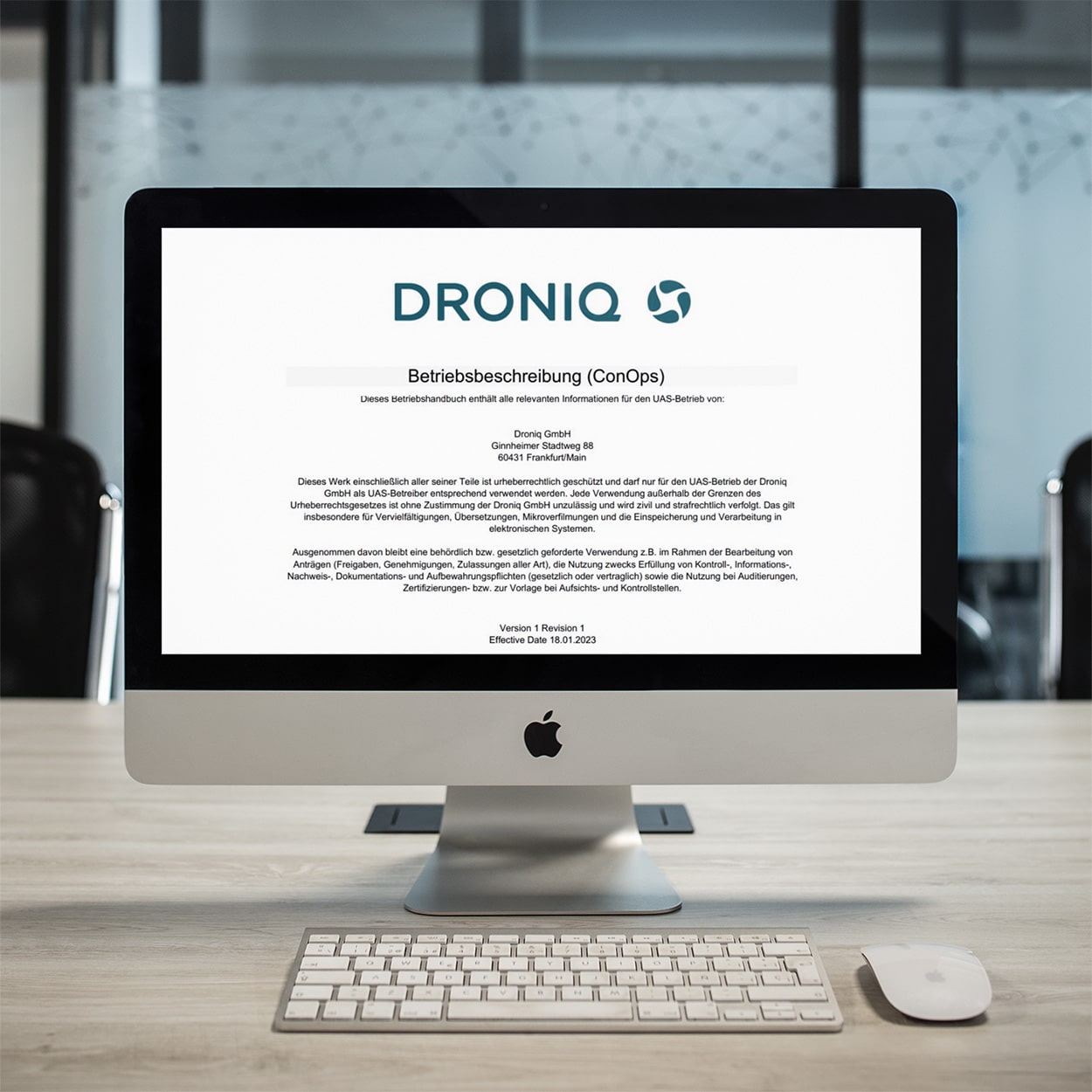
Risk analysis
The following topics are explained in detail as part of the risk analysis / risk assessment (SORA for drones):
- Determination of the risk classes
- Determination of the initial ground risk class (GRC) and air risk class (ARC)
- Determination of operational soil and air risks
- Determination of the final ground and air risk classes
- Tactical mitigation measures to reduce ground and air risk / robustness of mitigation measures.
- Determination of the Airspace Encounter Category (AEC) and the SAIL value
- Identification of the Operational Safety Objectives (OSO)
- Examination of site-specific mitigation measures
- uvm.
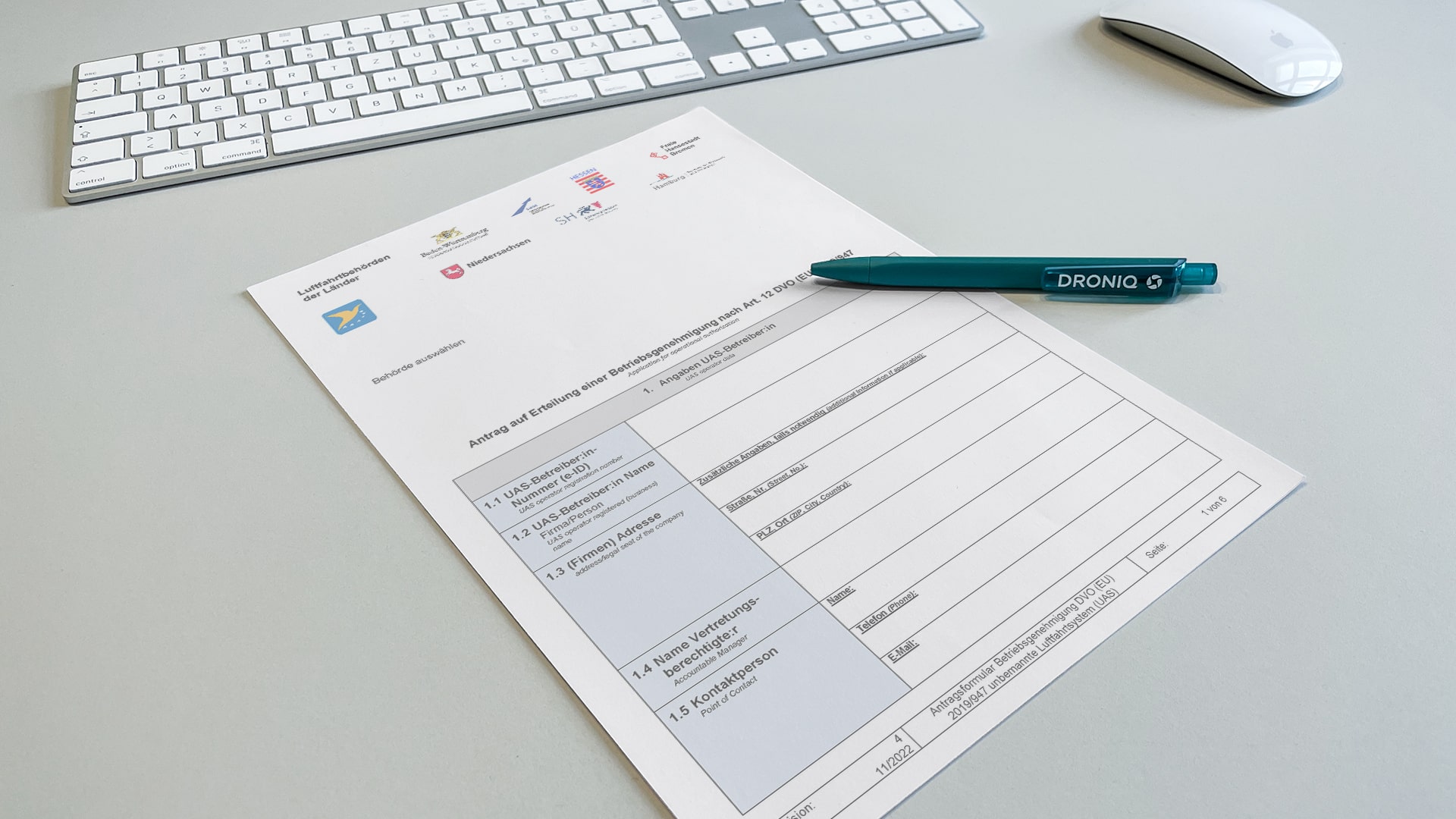
About us
Droniq is a joint venture of DFS Deutsche Flugsicherung and Deutsche Telekom AG and offers immense expertise in the fields of unmanned and manned aviation.
Our Aviation Consultants are trained flight instructors, drone and commercial pilots and have a comprehensive overview of the entire subject.

FAQ on the creation of risk analyses (SORA) for drones
What is a risk assessment / risk analysis (SORA)?
A SORA (Specific Operations Risk Assessment) is a risk assessment method developed specifically for the operation of unmanned aircraft systems (UAS). This method is required by the European Union Aviation Safety Agency (EASA) and provides a systematic approach to assessing and minimizing the risks associated with the use of drones.
What are the goals of a SORA?
The objectives of SORA (Specific Operations Risk Assessment) include risk minimization, safe operation and compliance with regulations. Risk minimization is about identifying and reducing risks for people on the ground and in the air. Safe operation ensures that the use of UAS (unmanned aerial systems) takes place within an acceptable safety framework. Finally, SORA supports operators in complying with legal regulations and guidelines.
What are the SORA steps and how are they implemented?
The SORA steps include a series of systematic processes to assess and mitigate the risks of operating drones.
Mission description: This step contains a detailed description of the planned use of the drone. This includes information on the type of UAS, the area of operation, the flight profiles and the people involved.
Categorization of the use: In this step, the mission is classified into a specific risk category. This classification is based on factors such as the flight location, flight altitude, flight range and population density in the area of operation.
Initial risk identification: The initial risk categories are determined. This includes the Initial Ground Risk Class (GRC) for ground risks and the Initial Air Risk Class (ARC) for airspace risks.
Risk mitigation: Risk mitigation measures are developed and implemented to reduce the identified risks to an acceptable level.
Evaluation of risk mitigation: The effectiveness of the implemented risk mitigation measures is reviewed. If necessary, the measures are adjusted.
Final risk assessment: Once the risk reduction measures have been implemented, the final risk categories for soil and air are determined.
Documentation and reporting: Comprehensive risk assessment documentation is prepared containing all the analyses and risk mitigation measures carried out. This documentation is submitted to the responsible supervisory authority for approval.
These steps ensure that drones are operated safely and in accordance with regulations.
What are the advantages of the SORA risk assessment?
The benefits of SORA include a structured approach that provides a clear and systematic process for risk assessment. It is flexible and can be adapted to different types of drone missions and operational scenarios. It also helps to increase safety for air traffic and people on the ground.
Our competences
Satisfiedcustomers
Over 30 successful operating licenses for BOS & industry.
Full Service
Solutions
Droniq supports BOS & industry in all phases of drone operations.
Real Experts
More than 30 years of know-how in aviation & telecommunications.
Certi-
ficate
Droniq is an independent expert.
